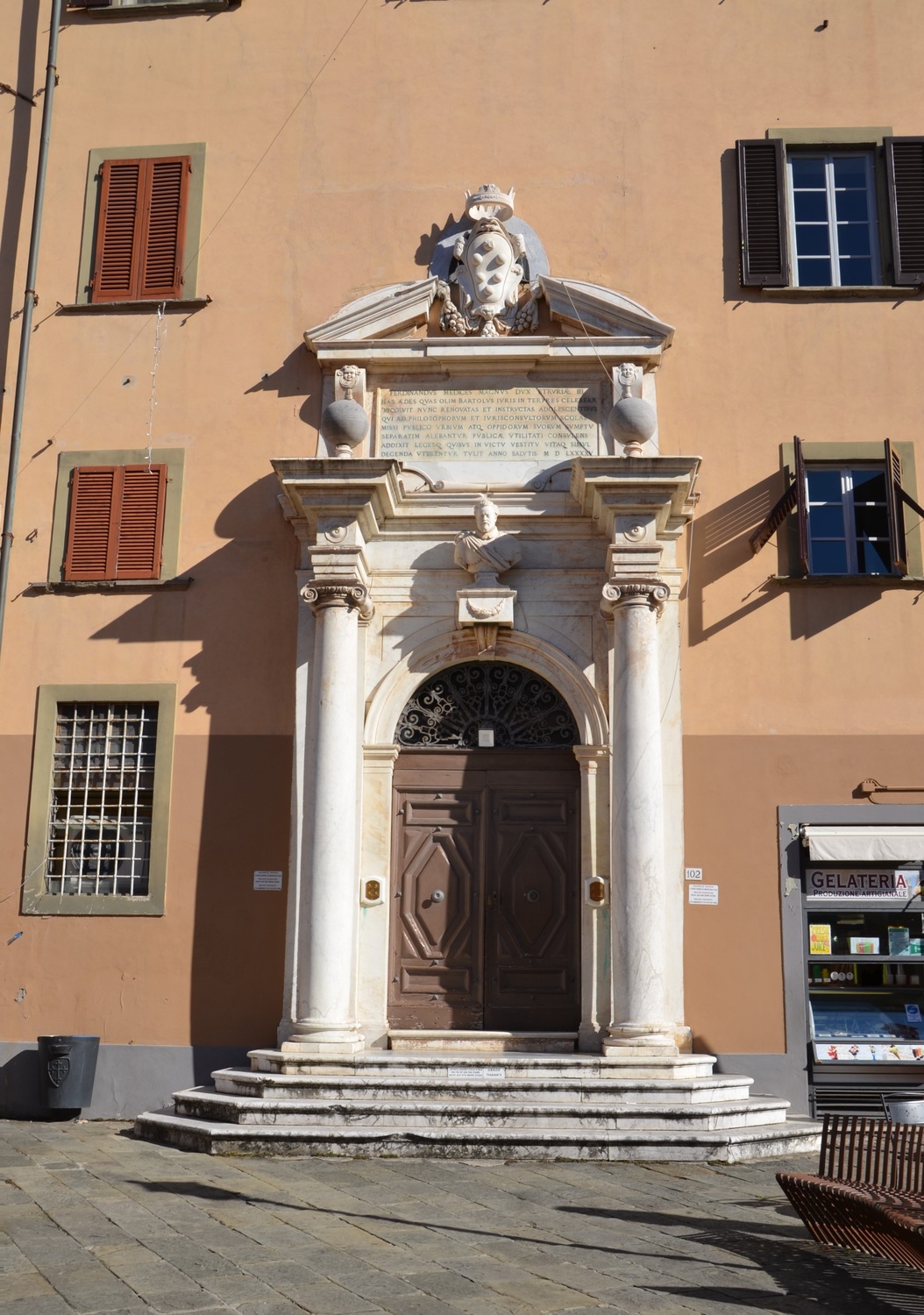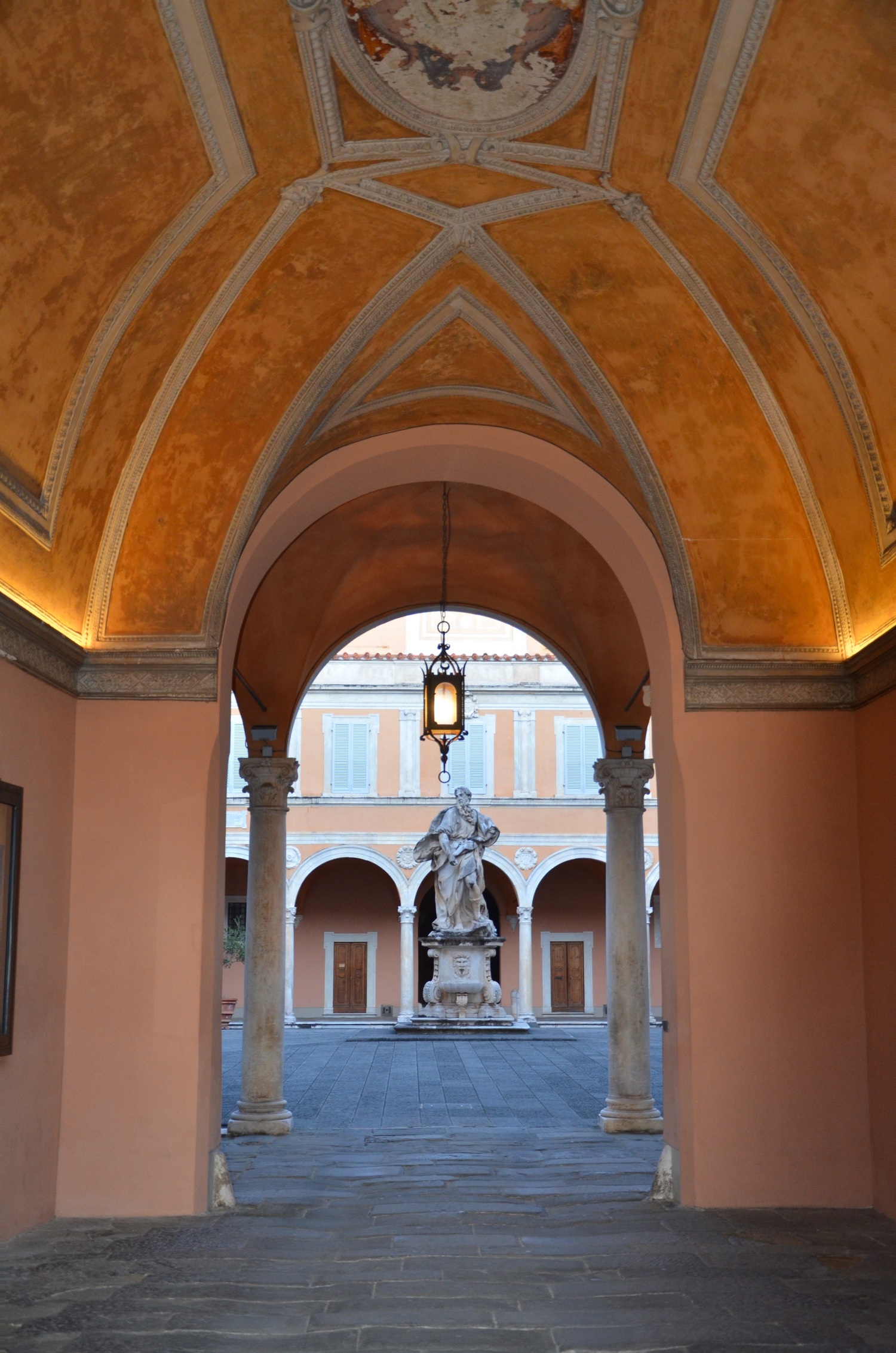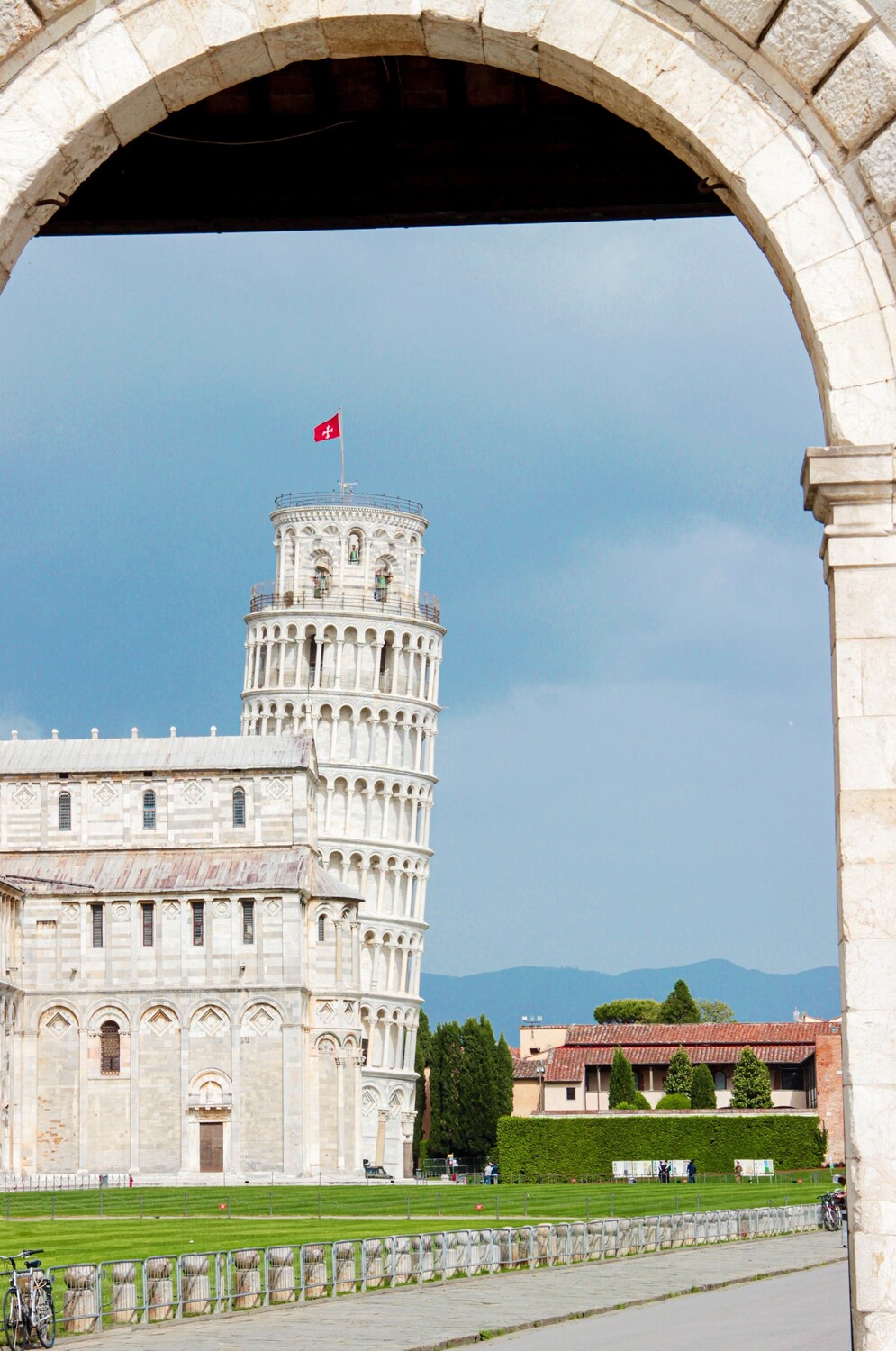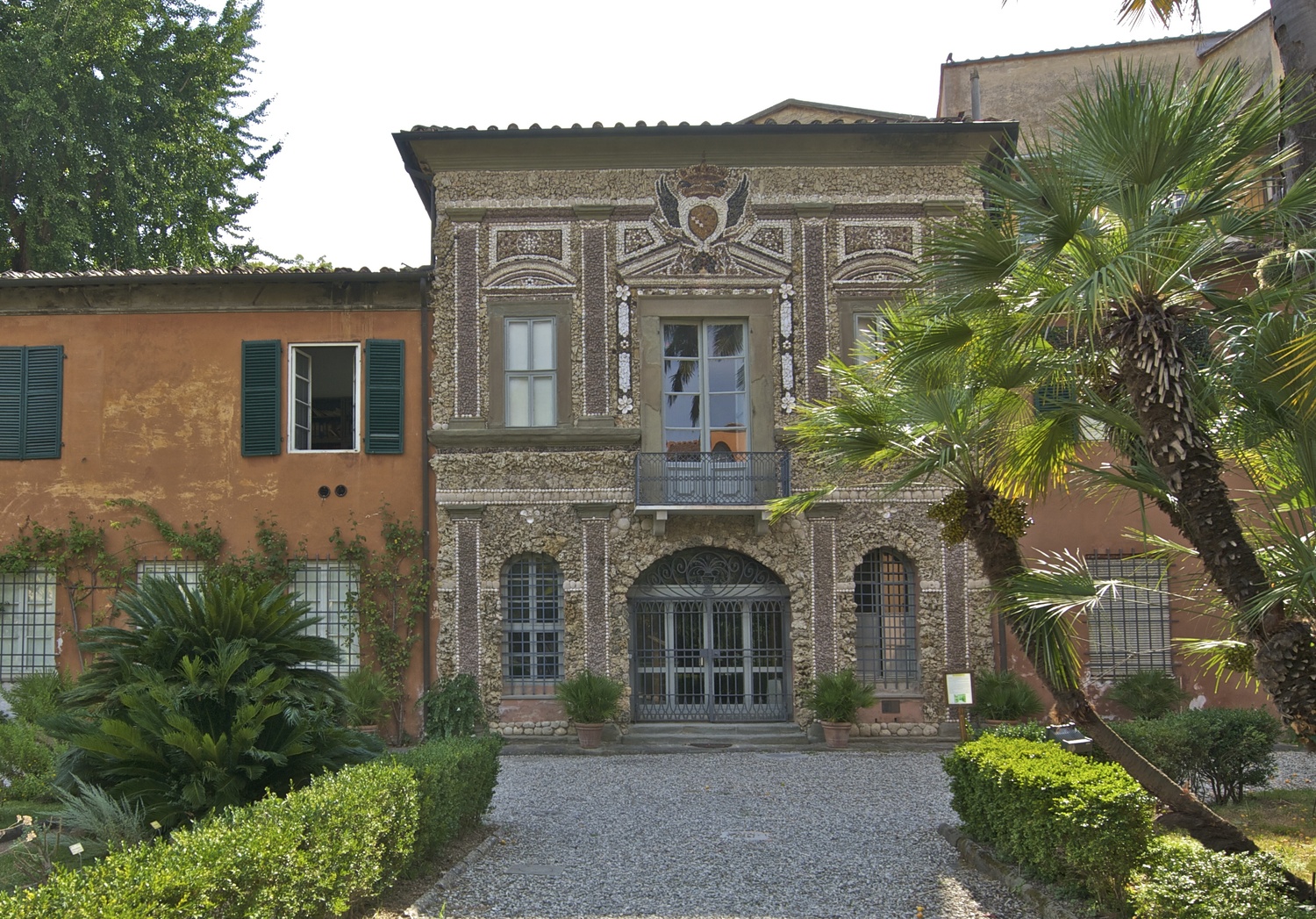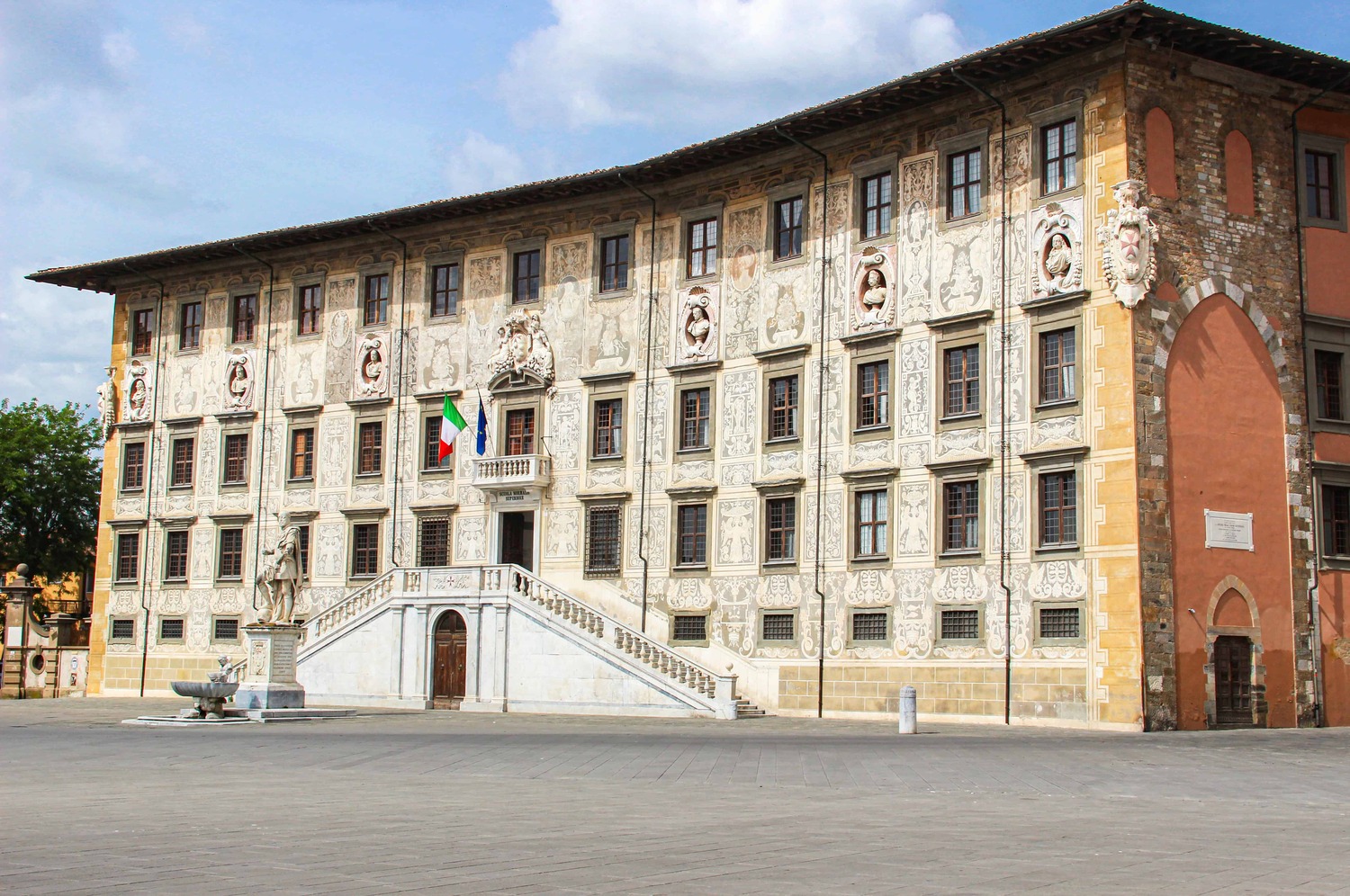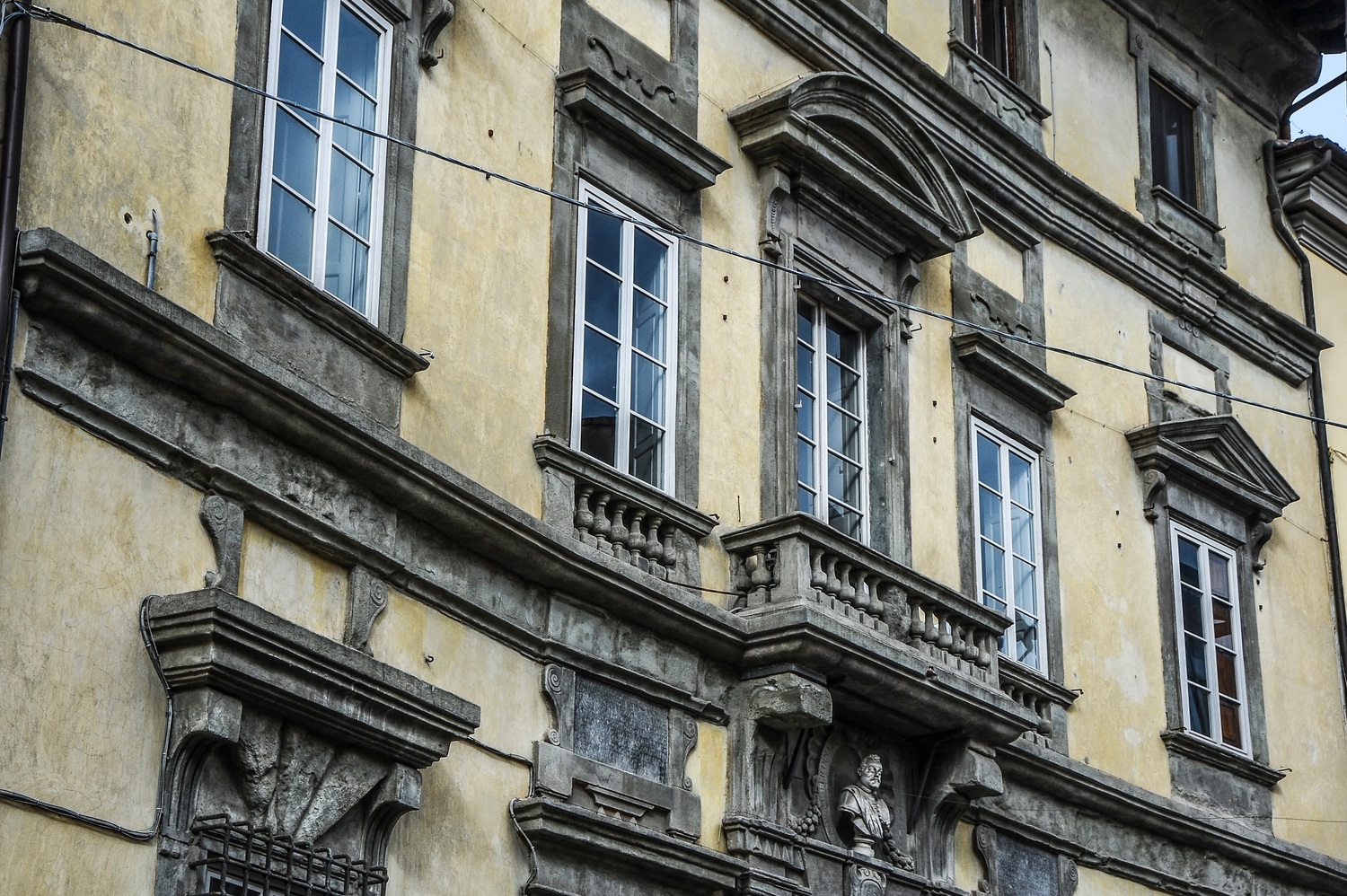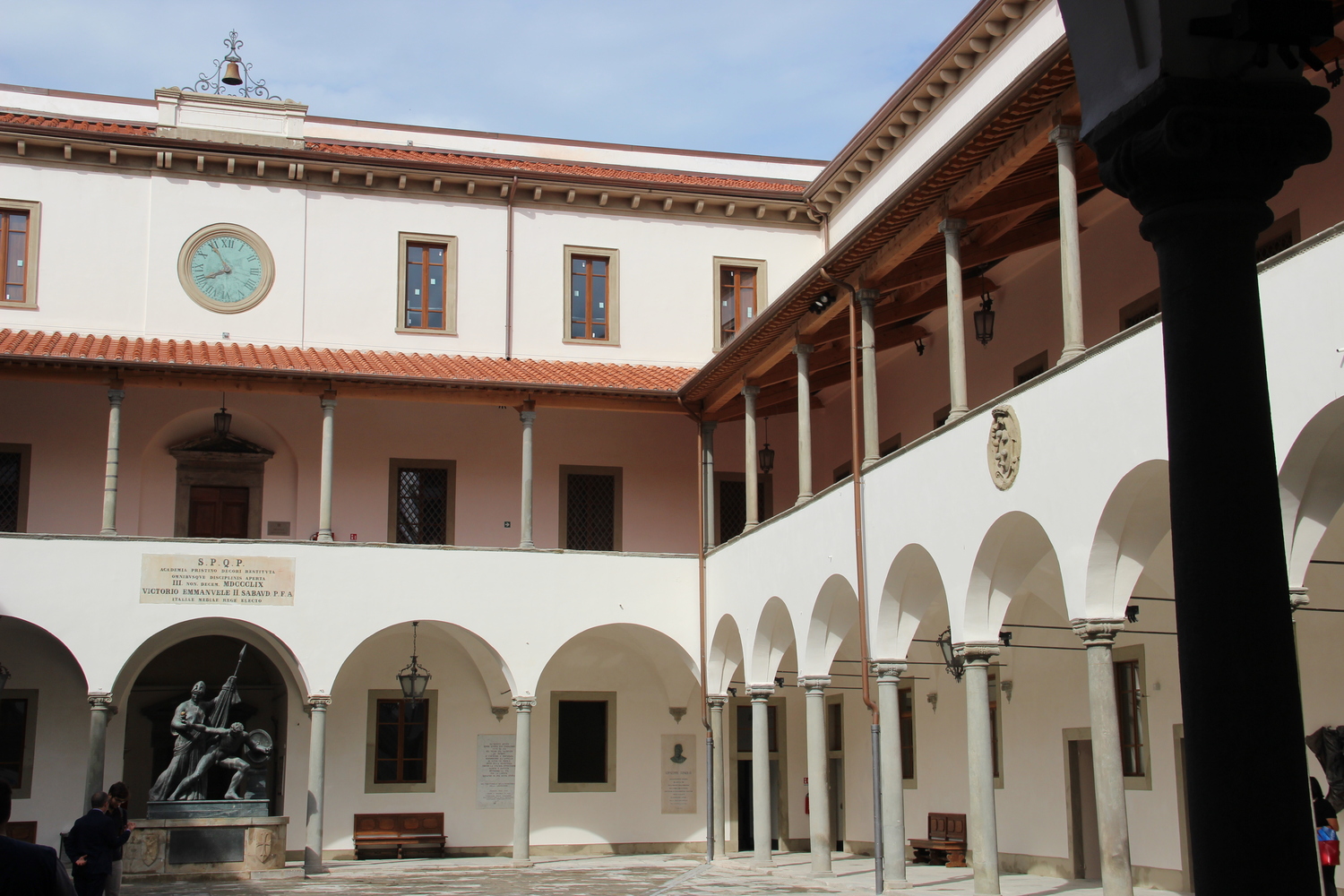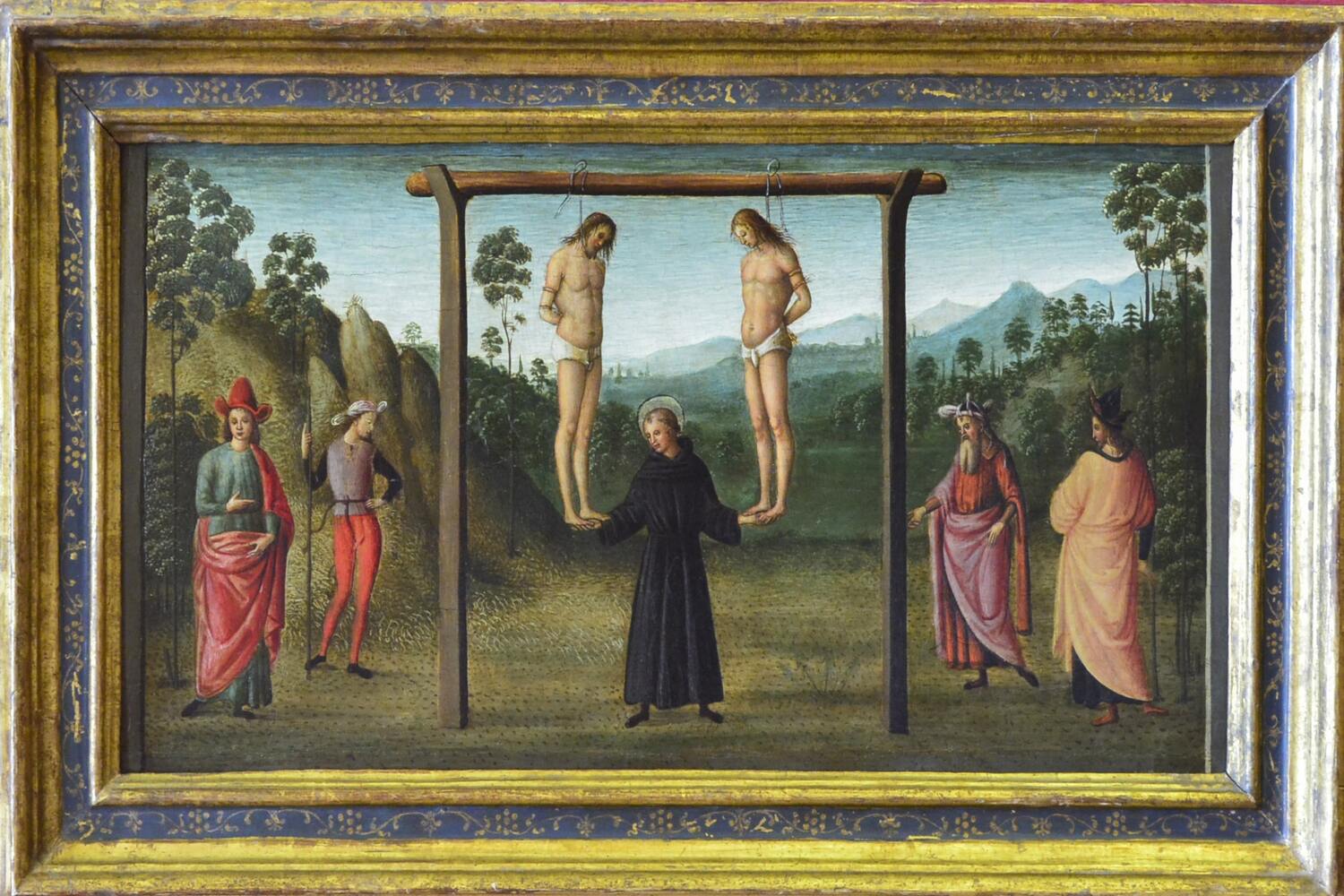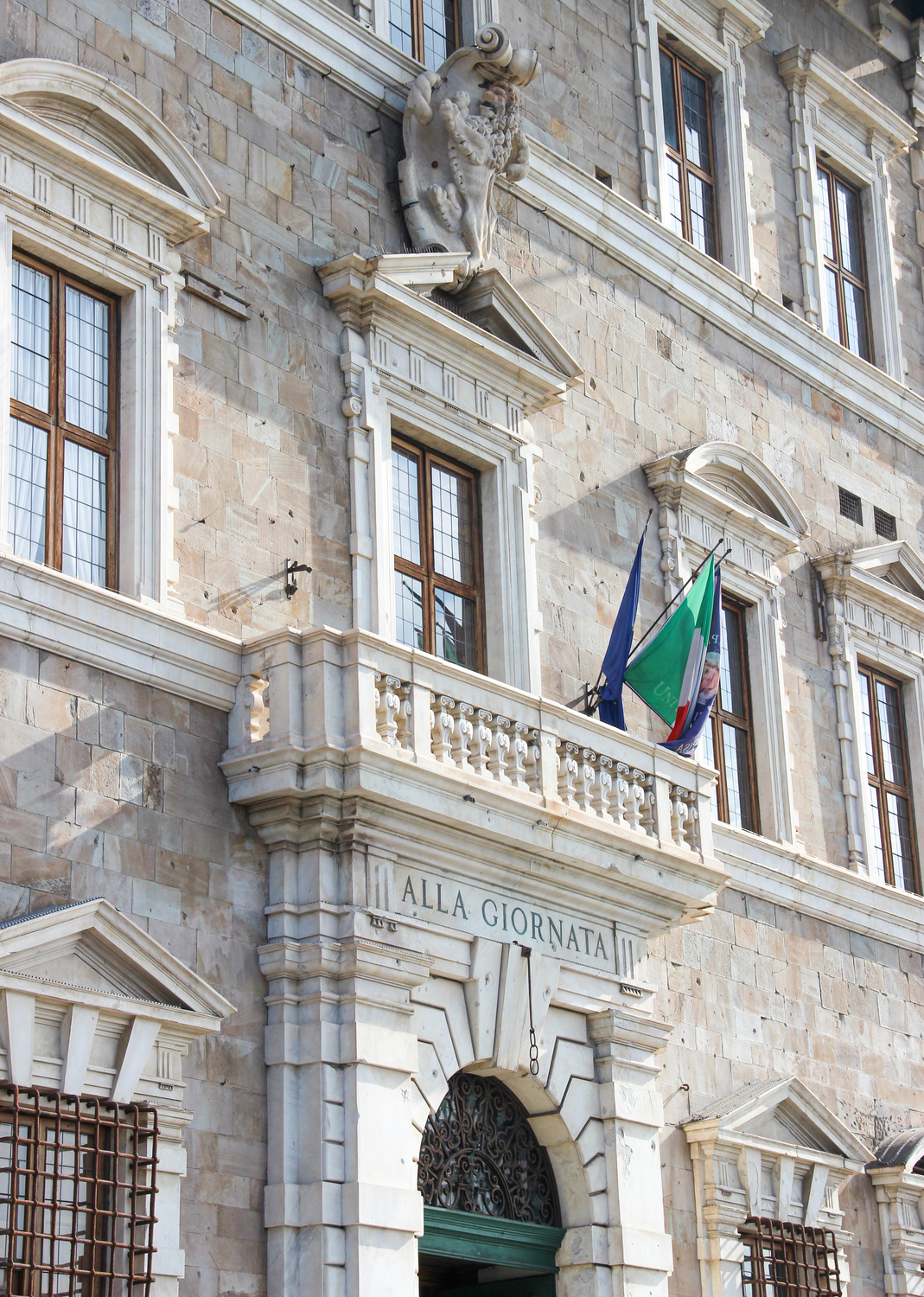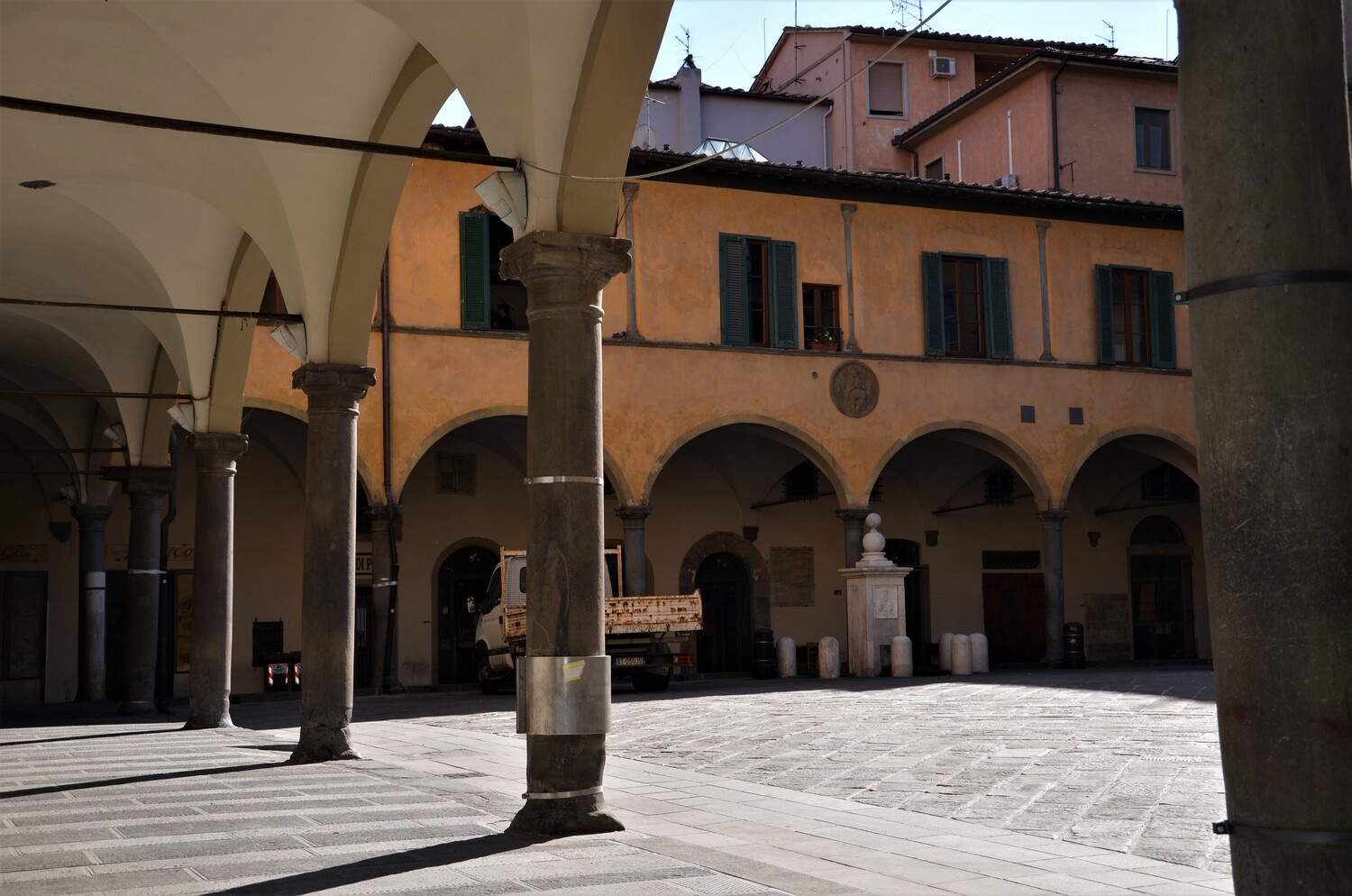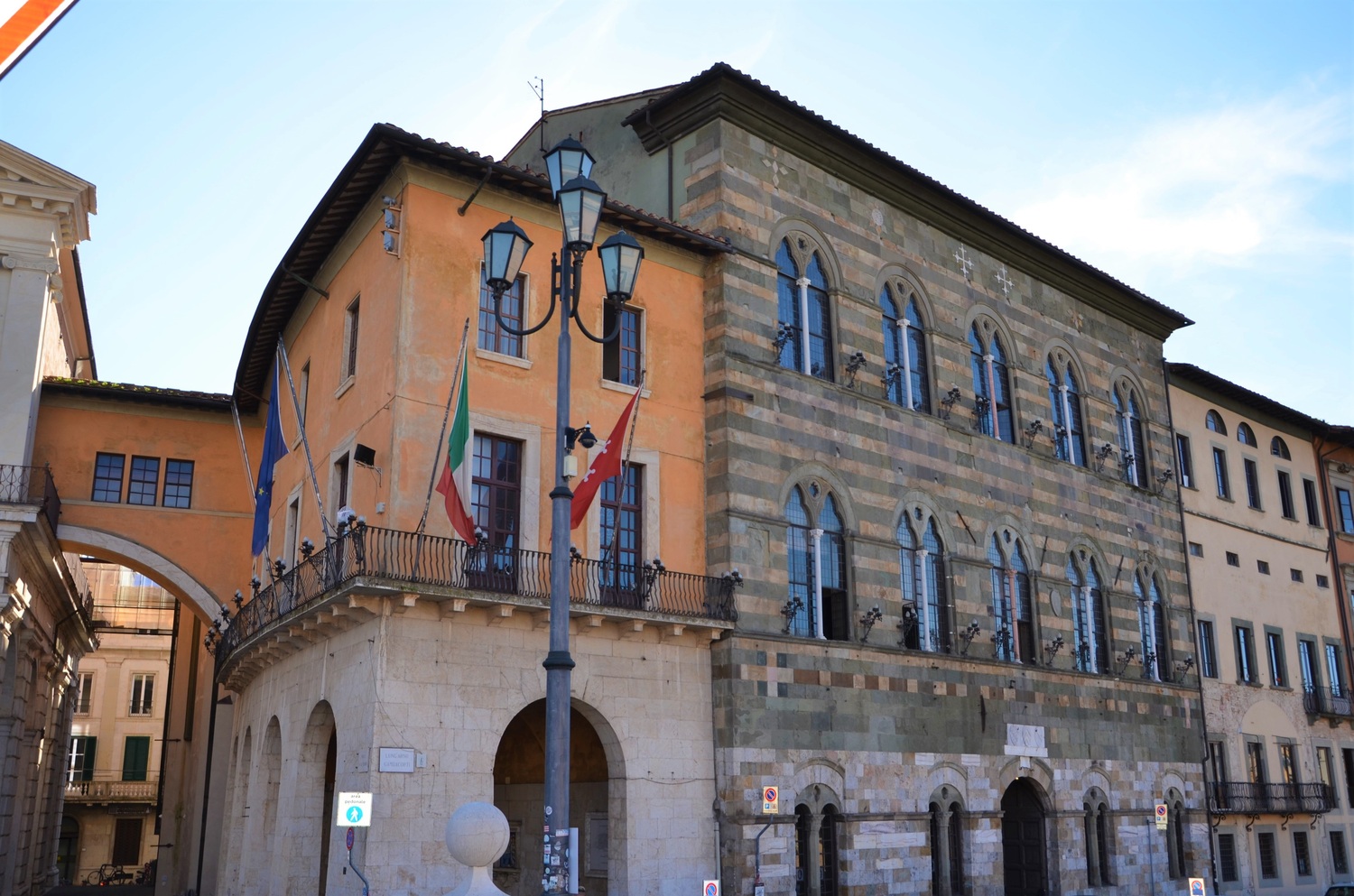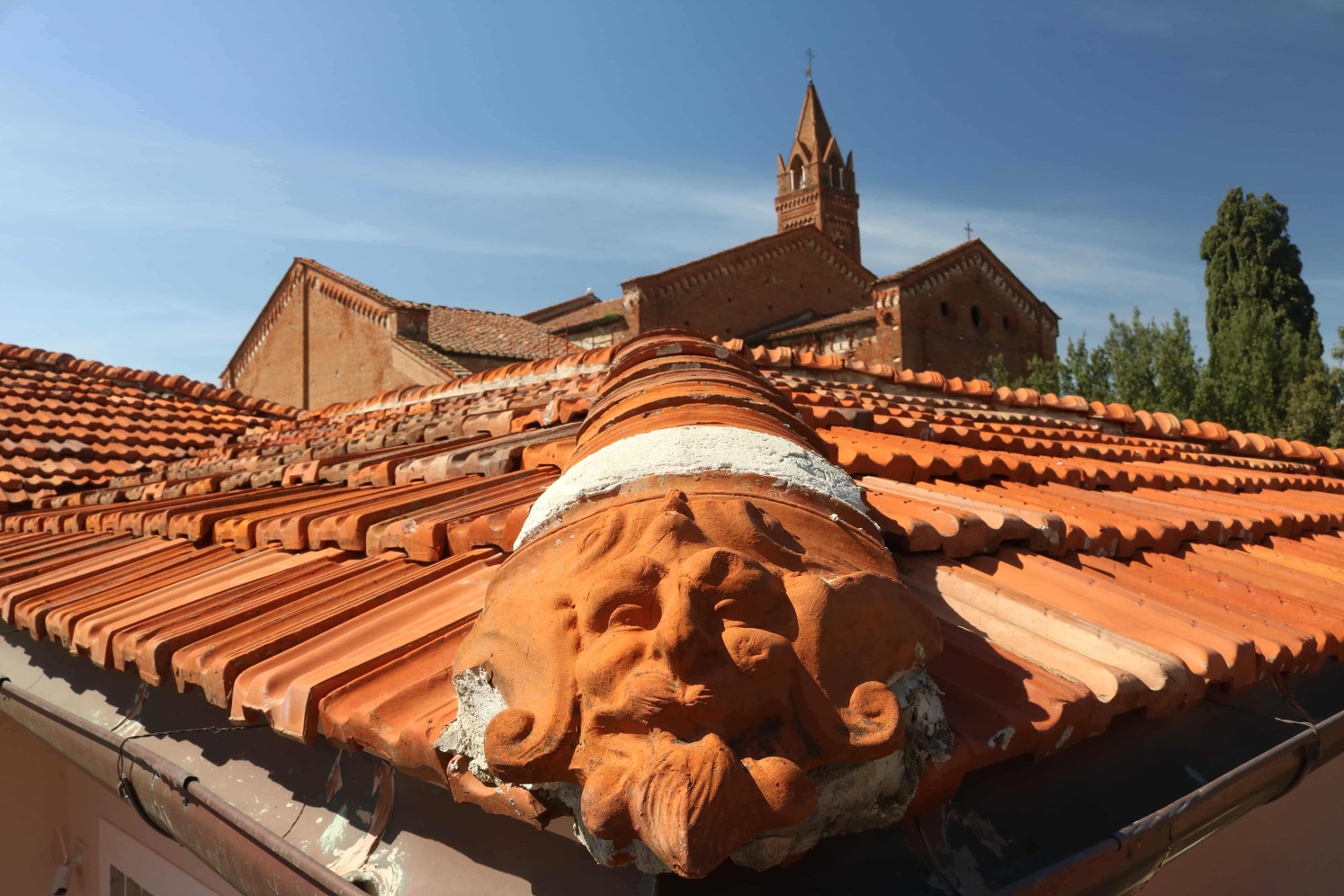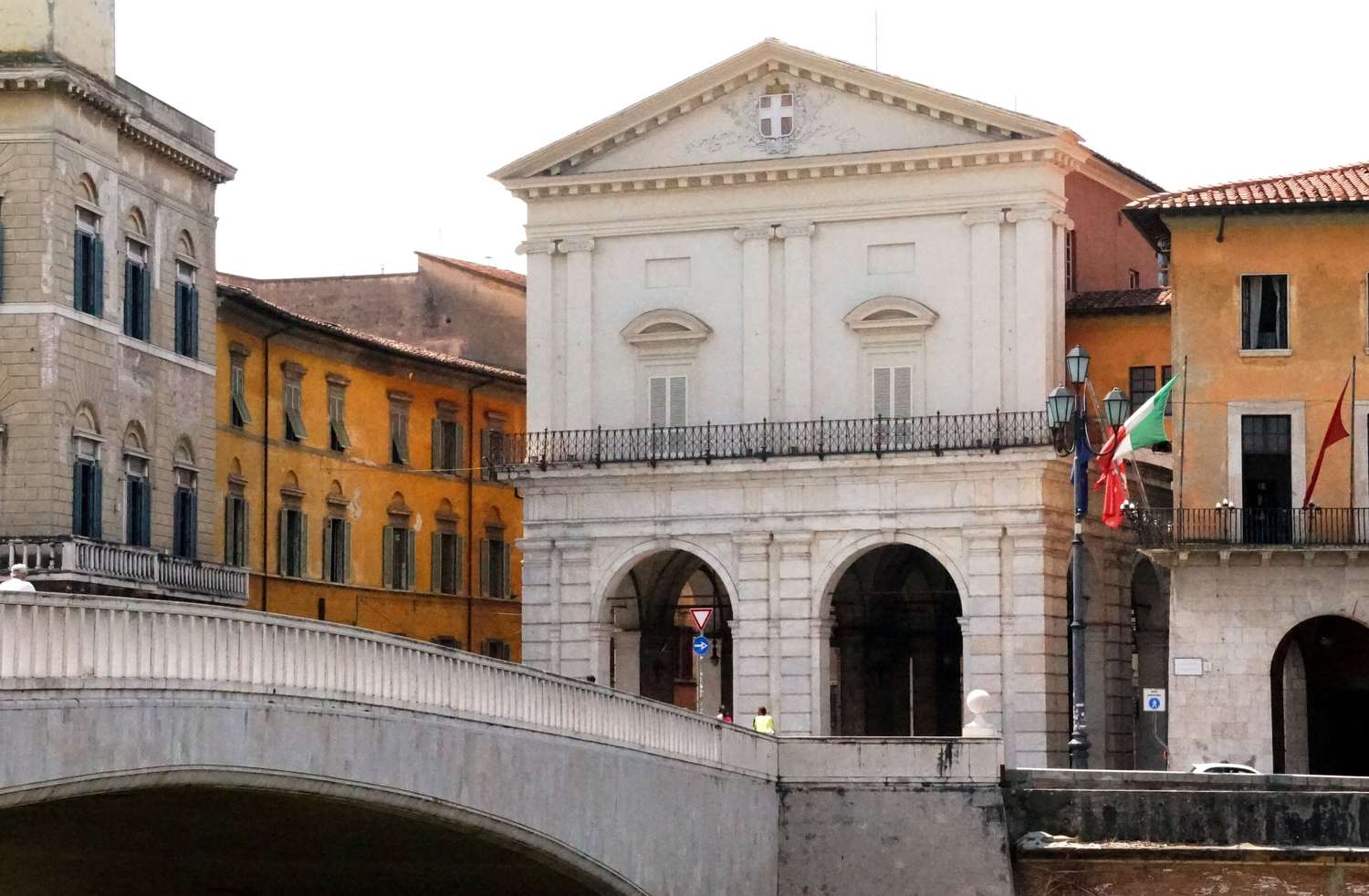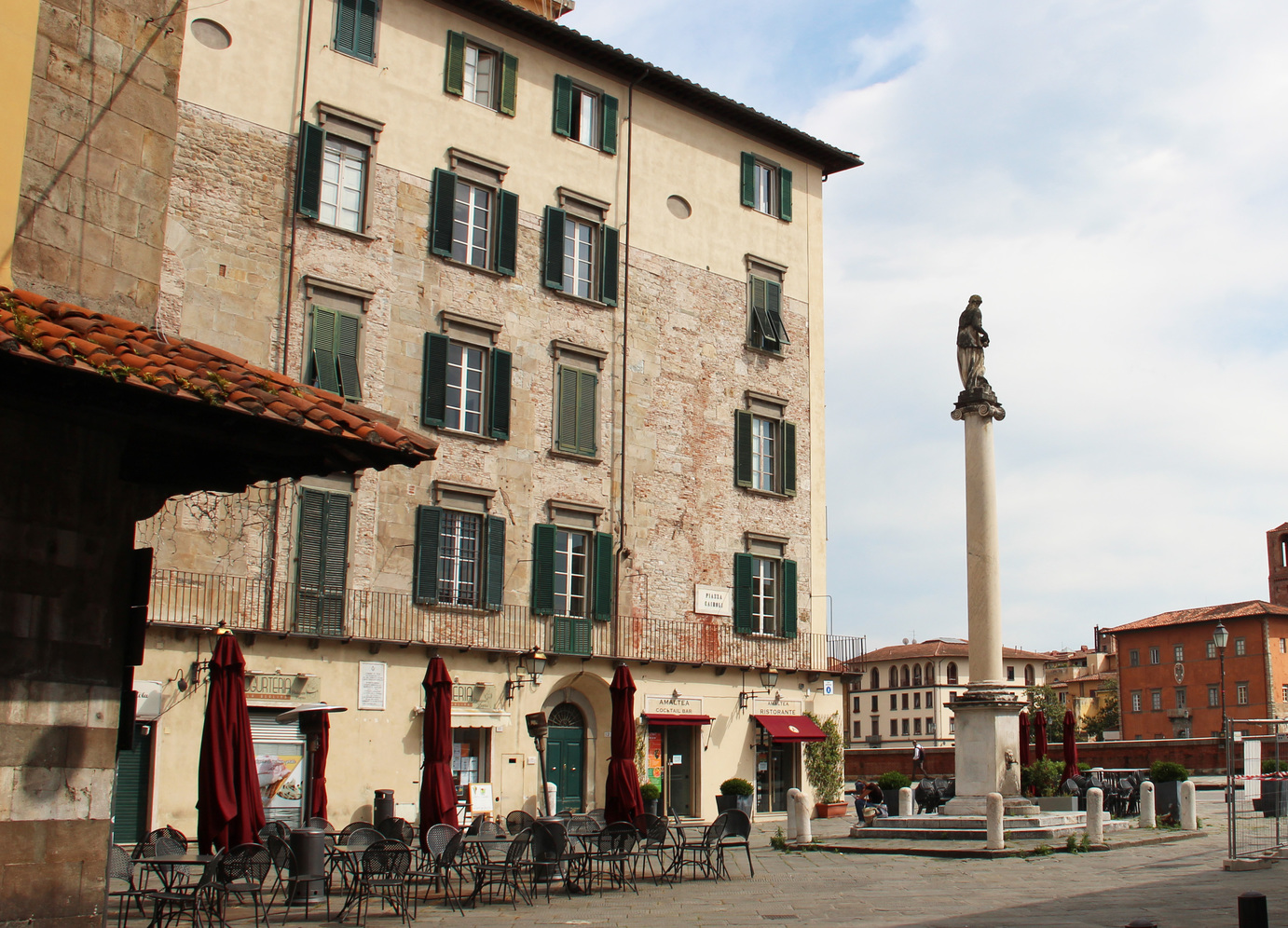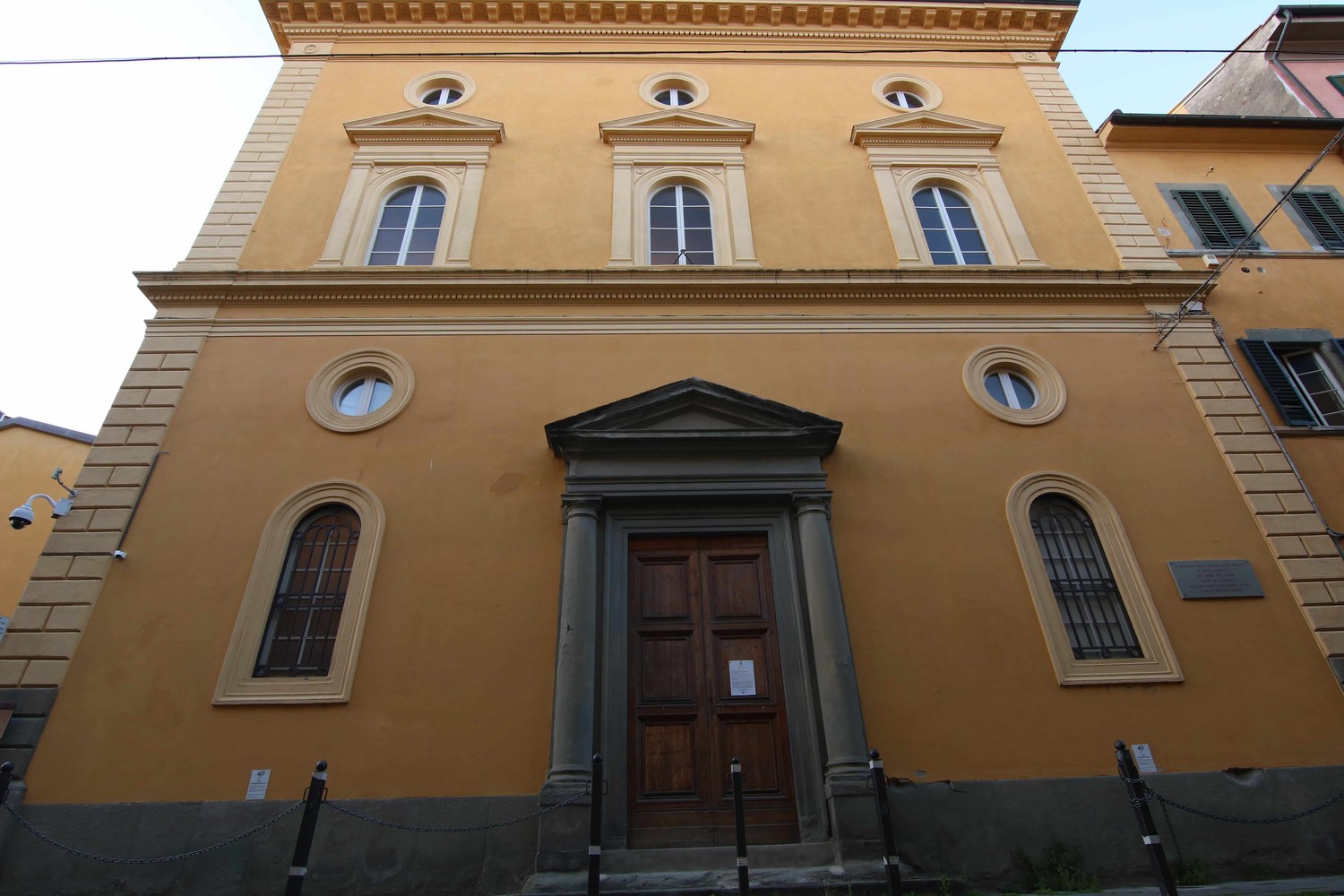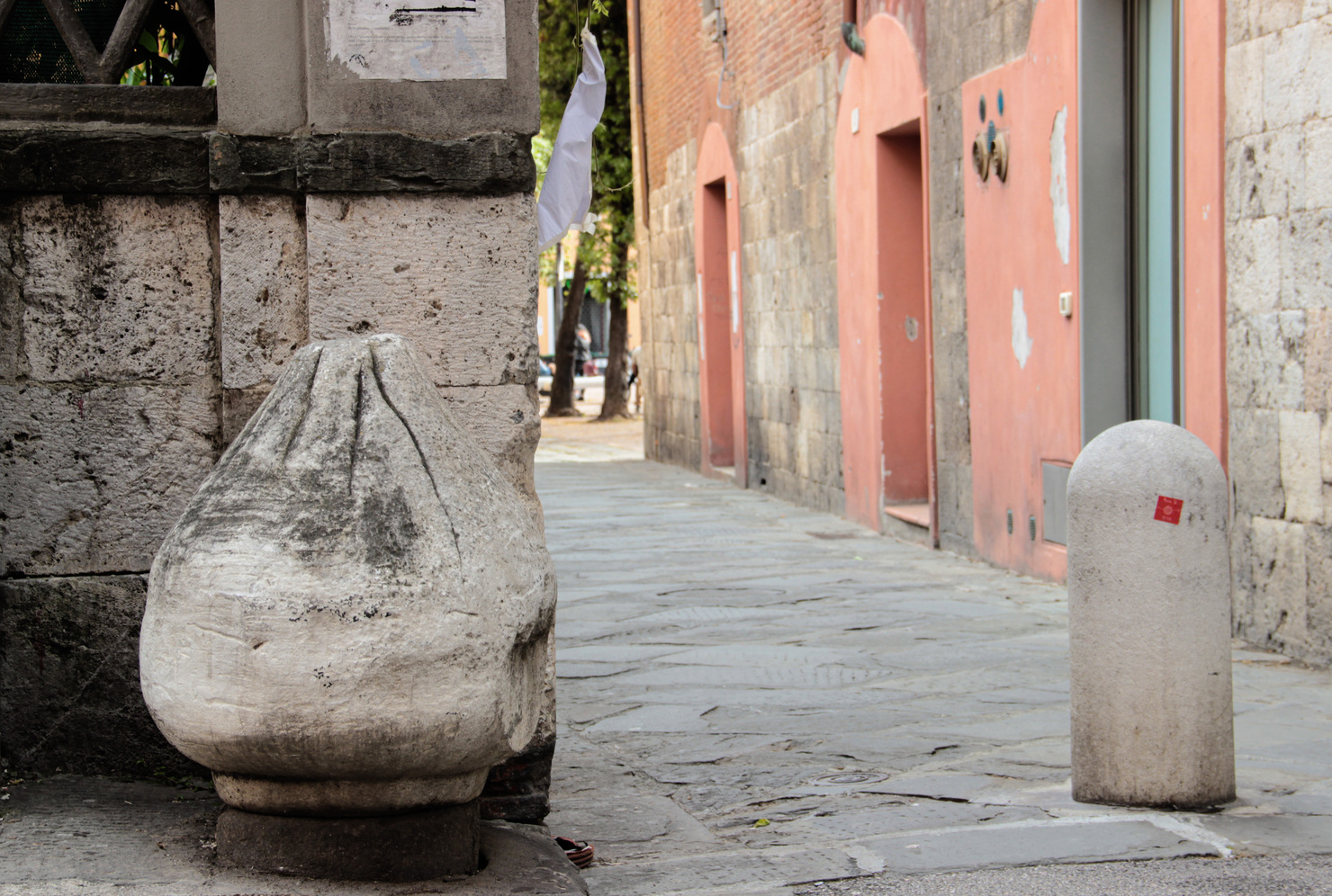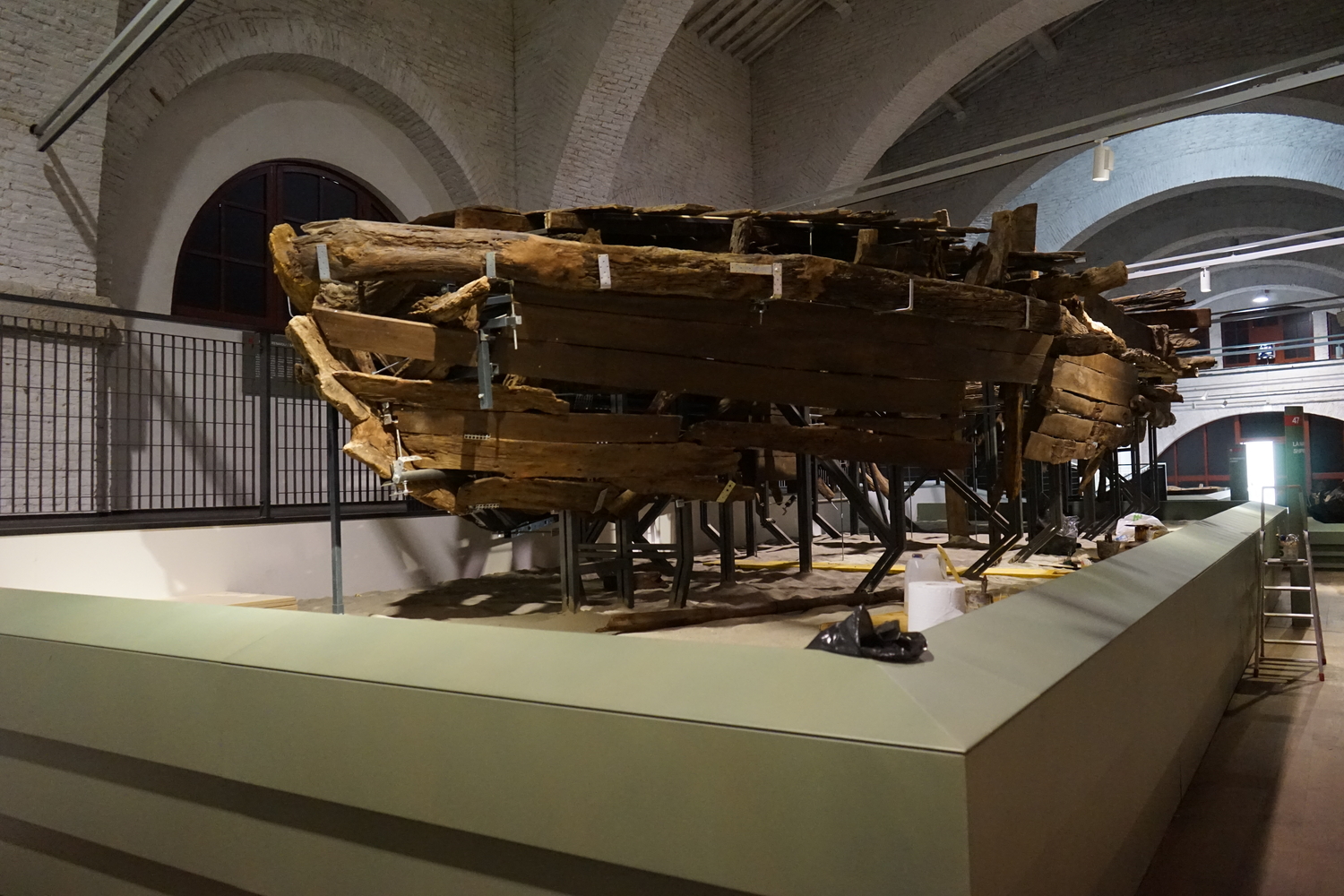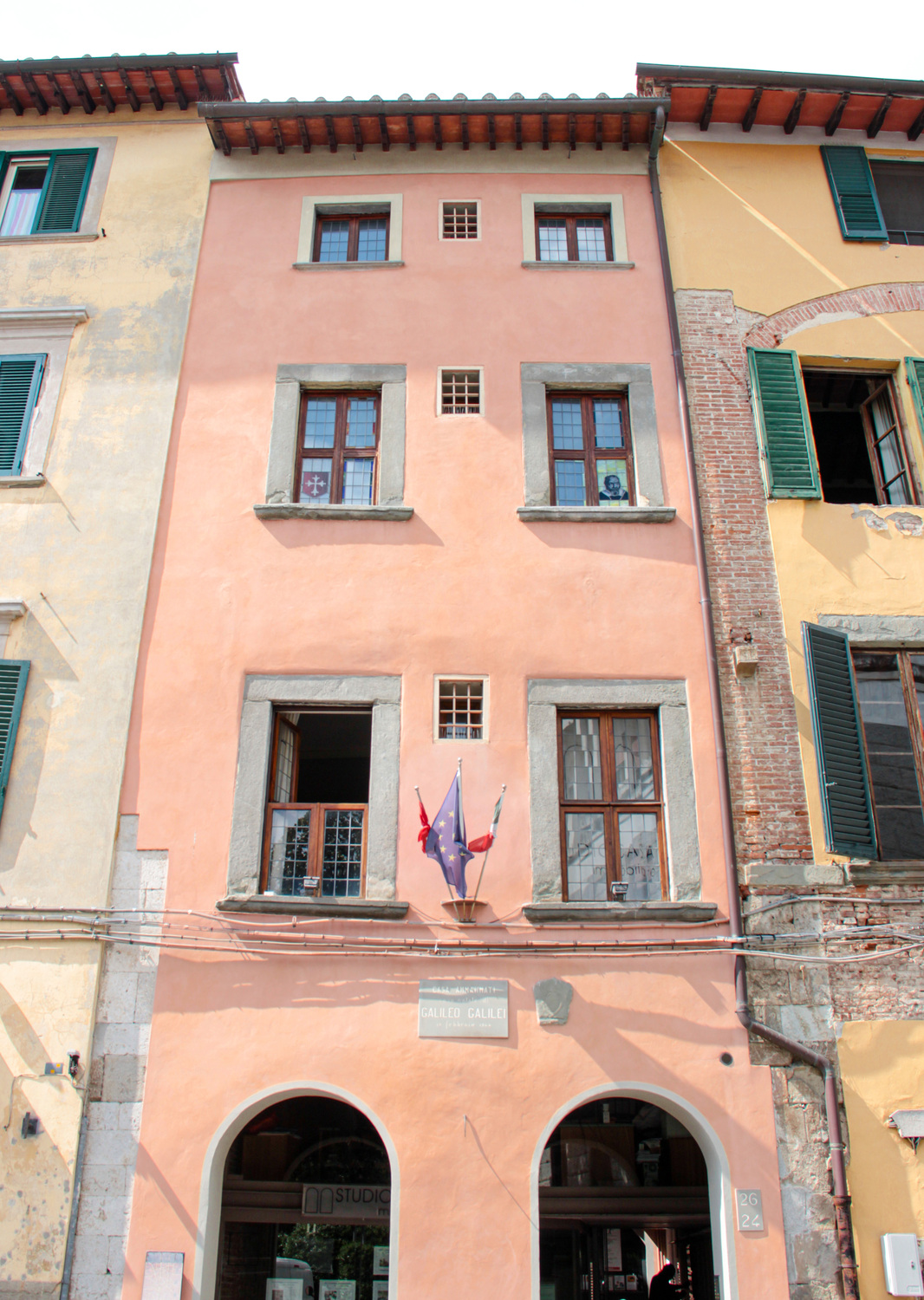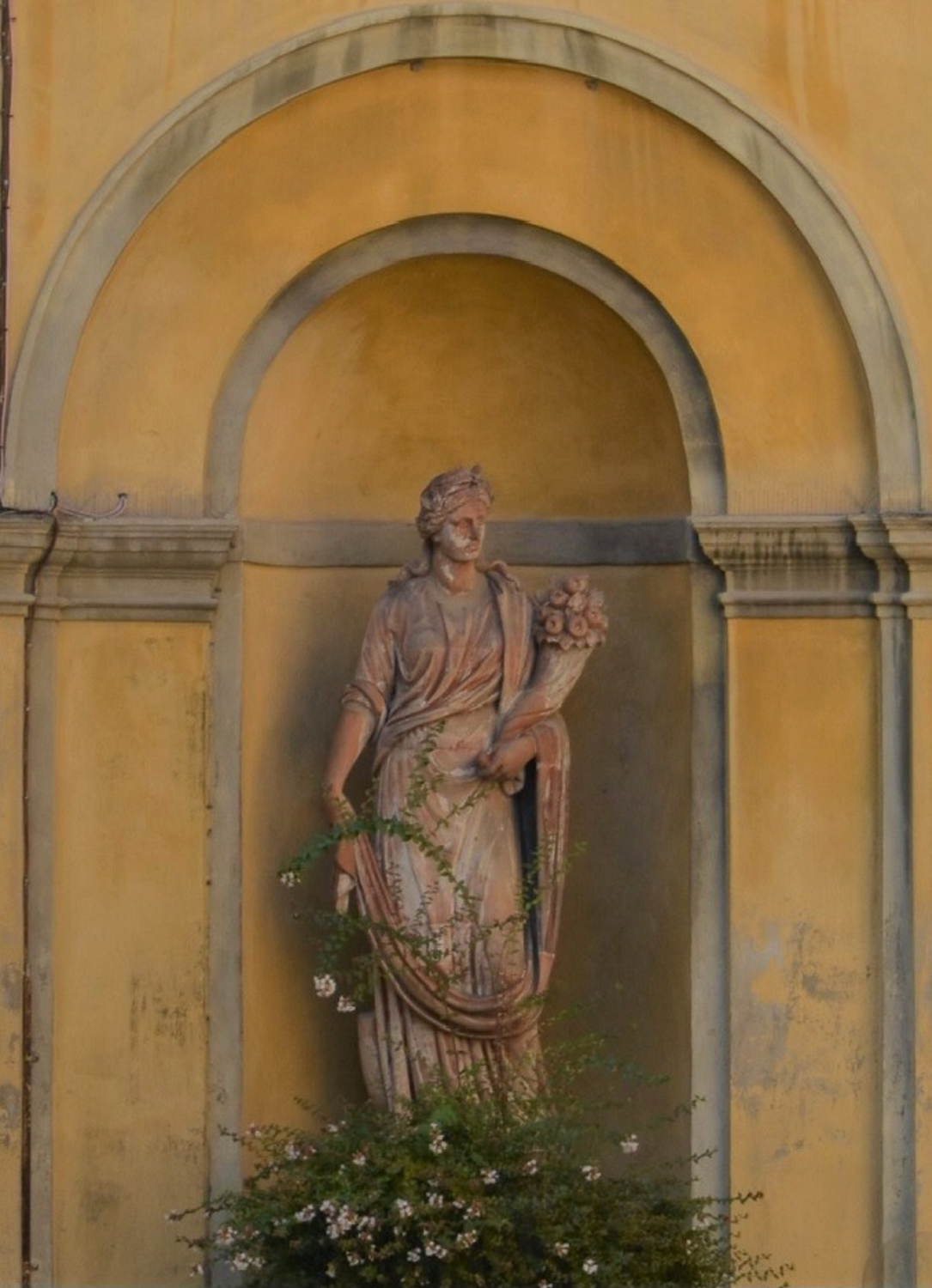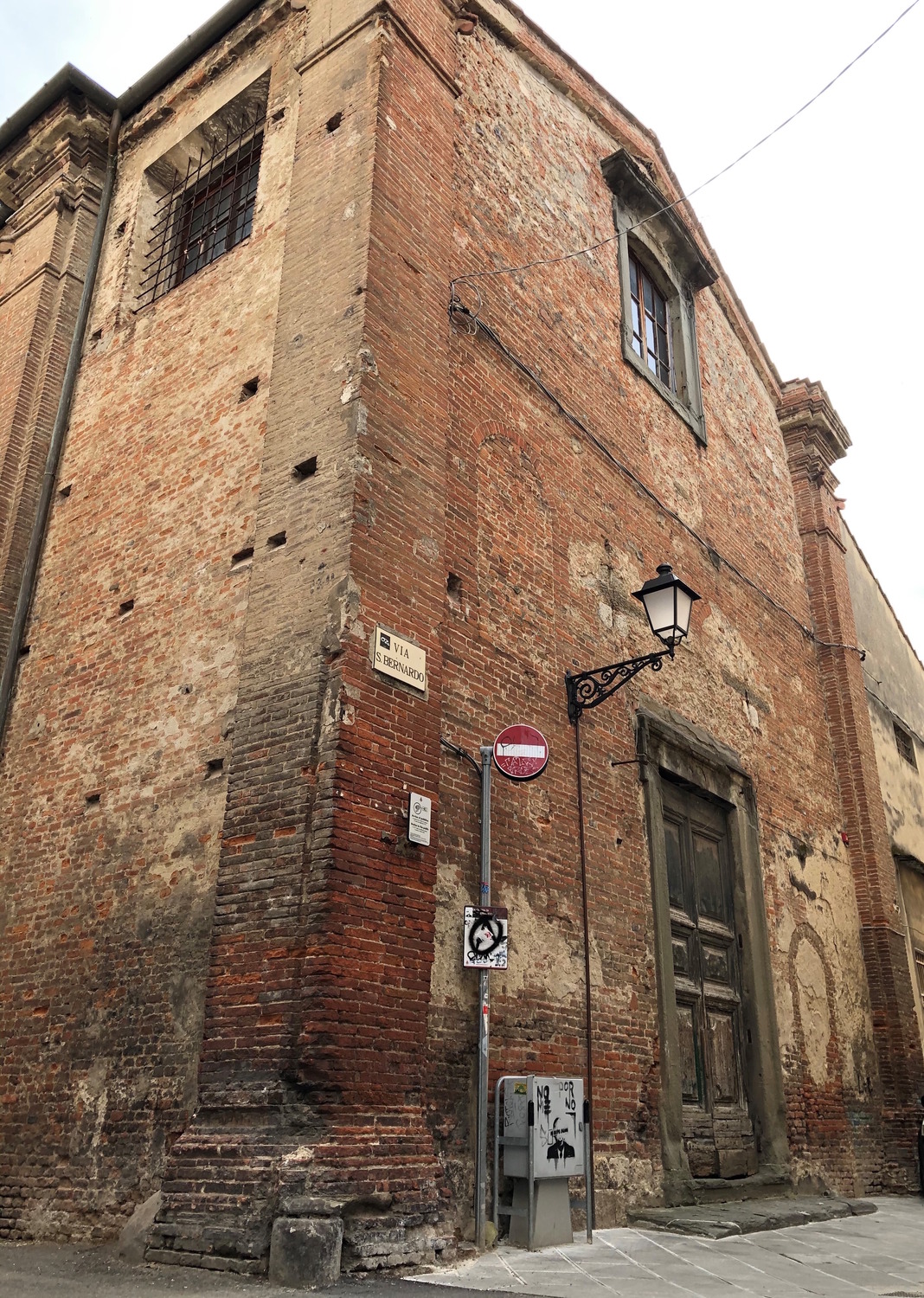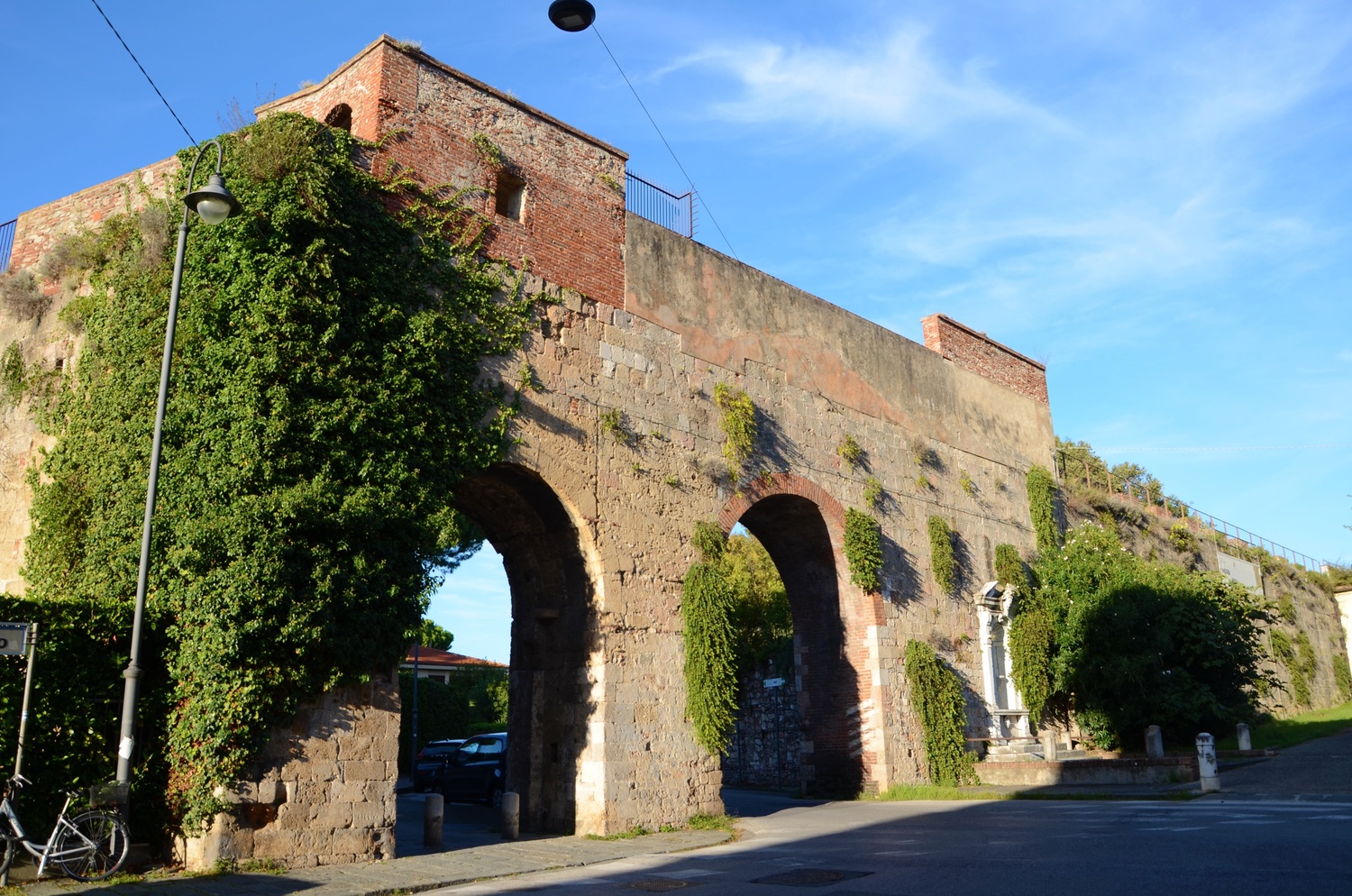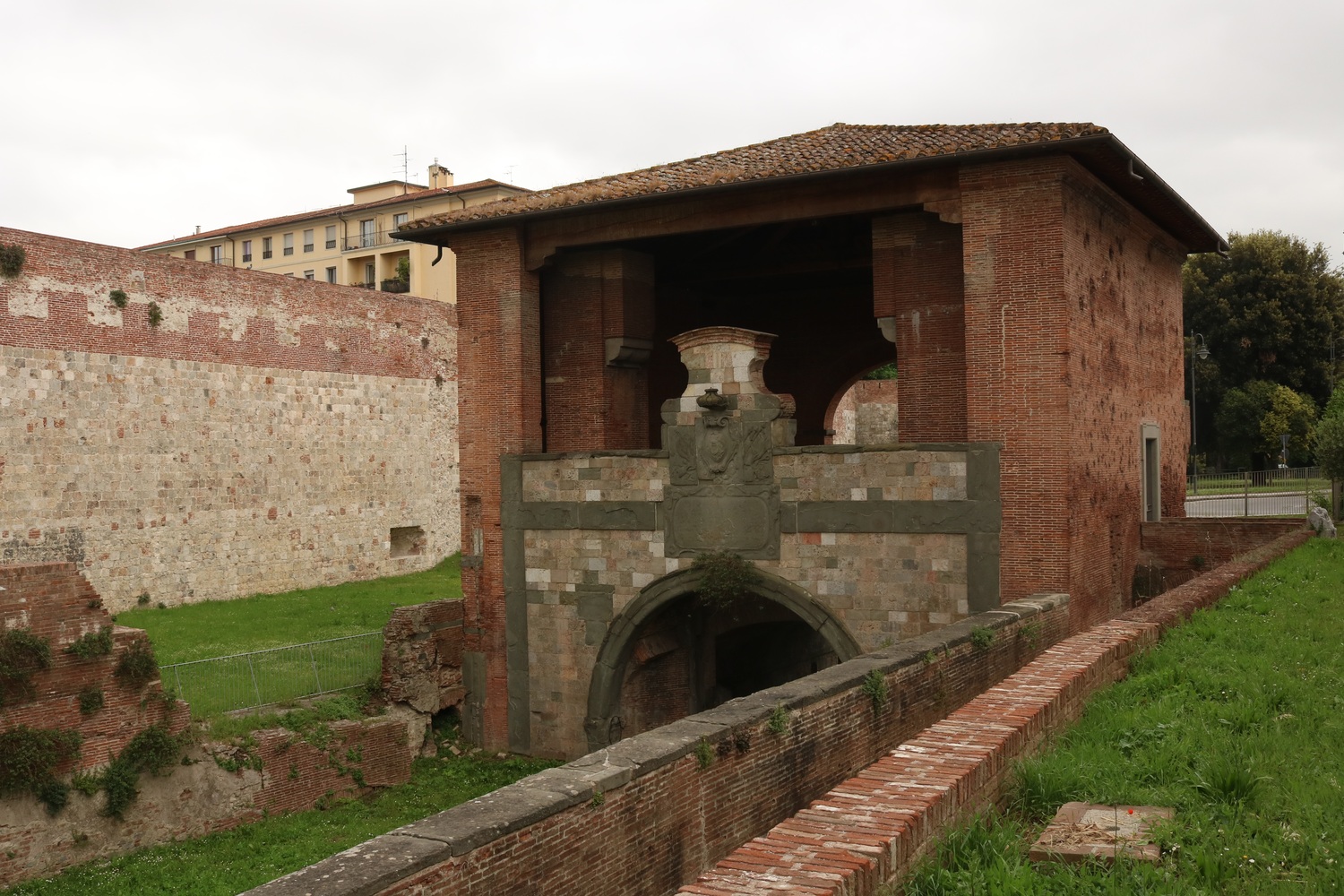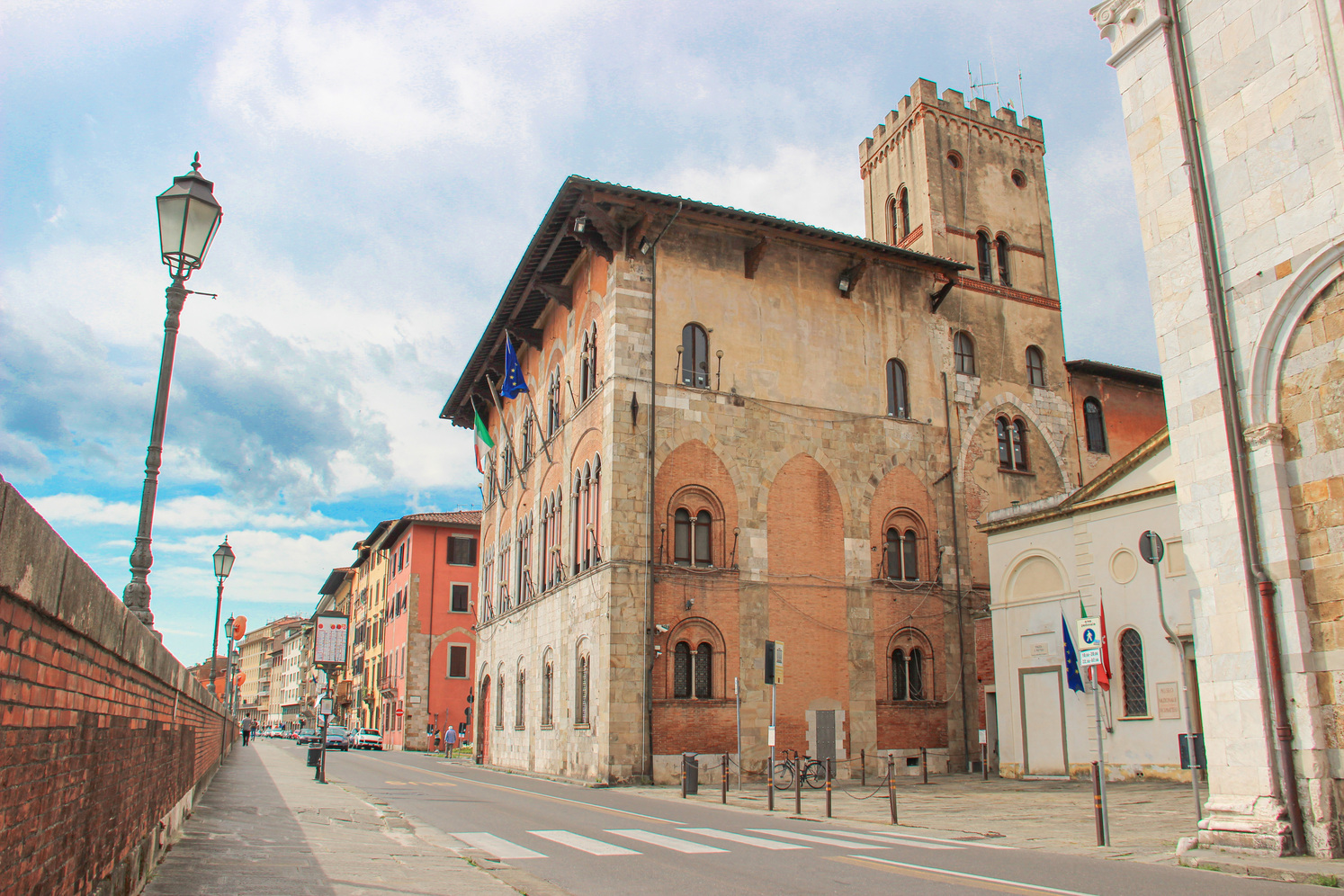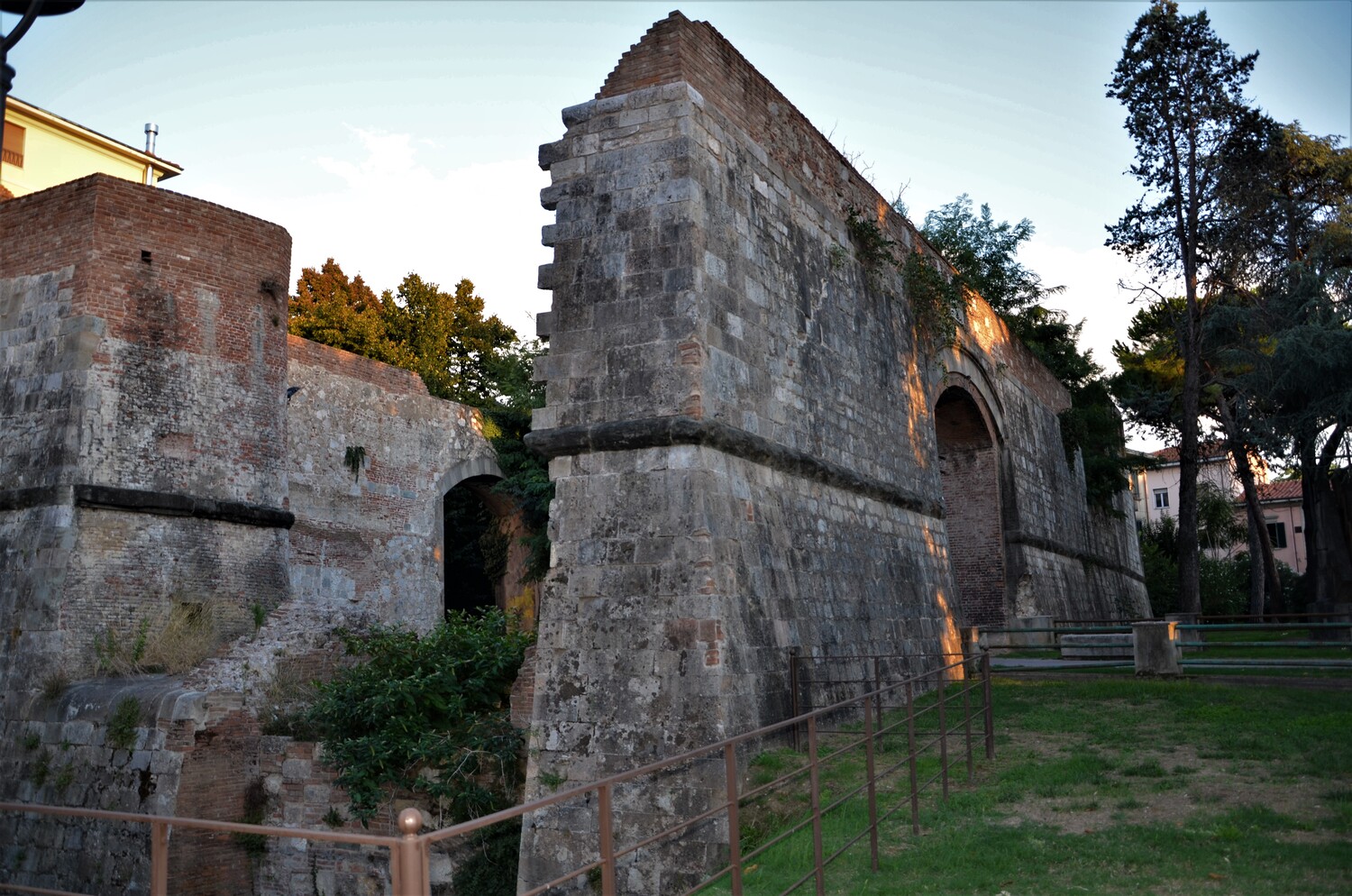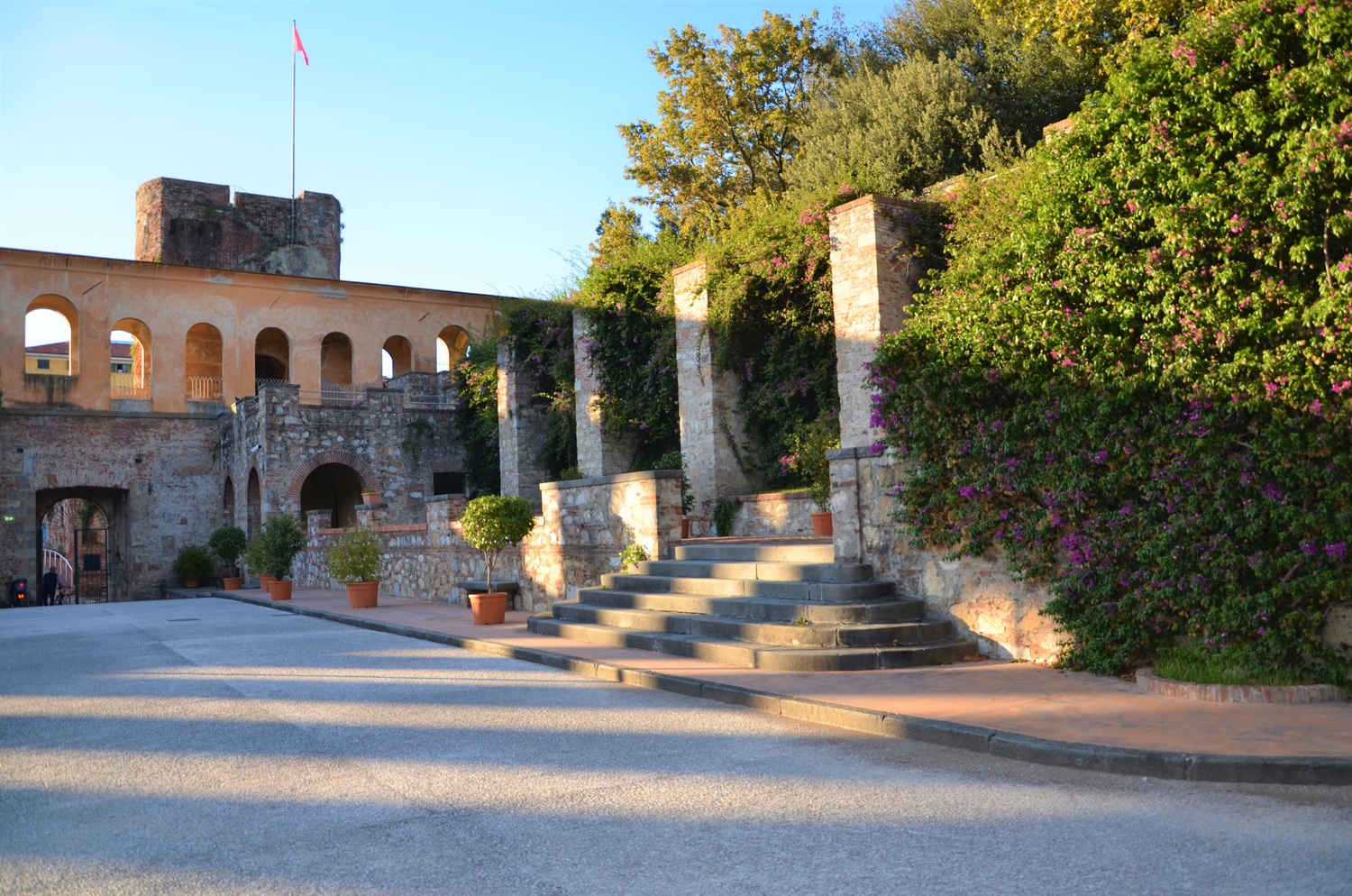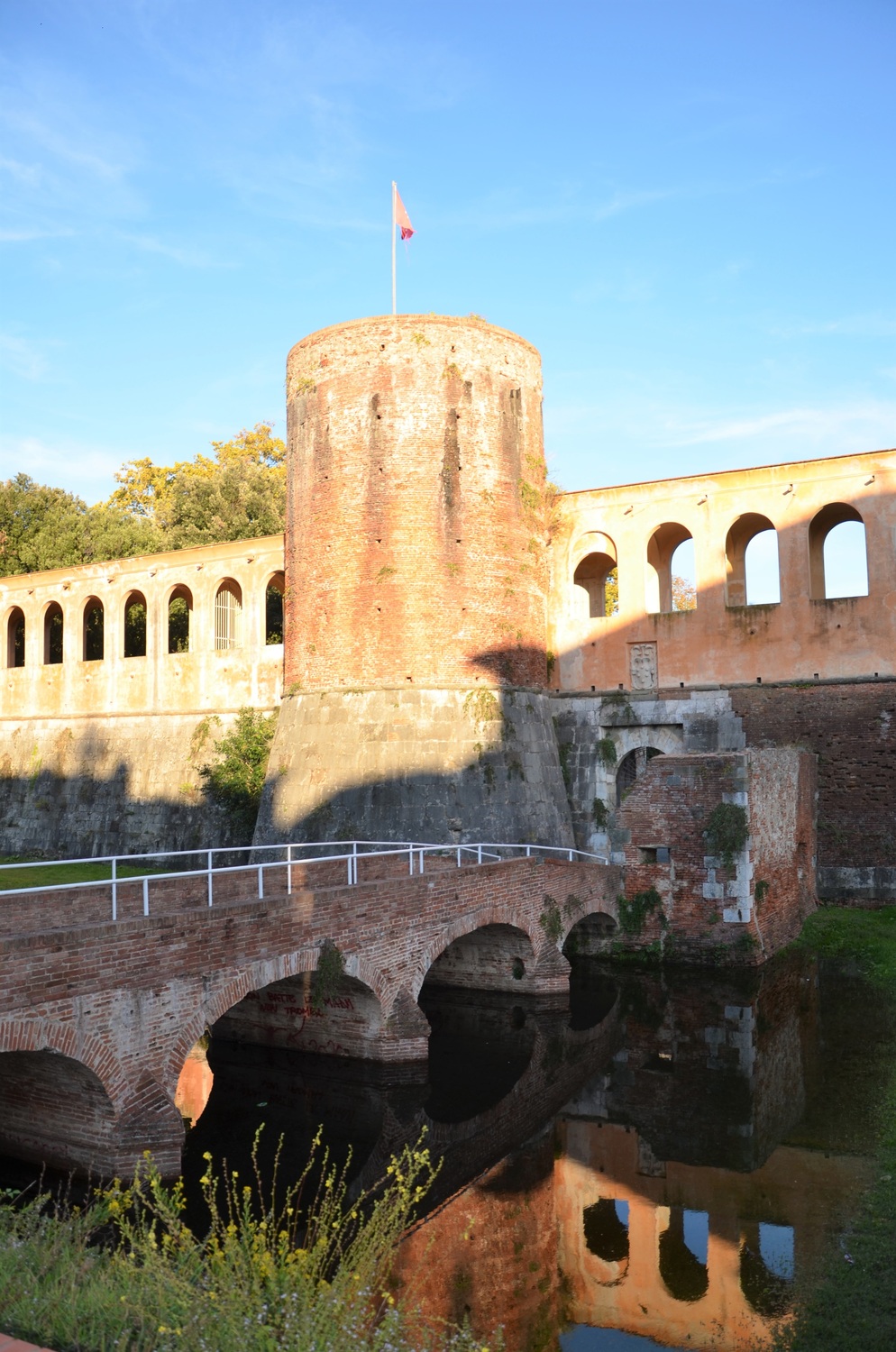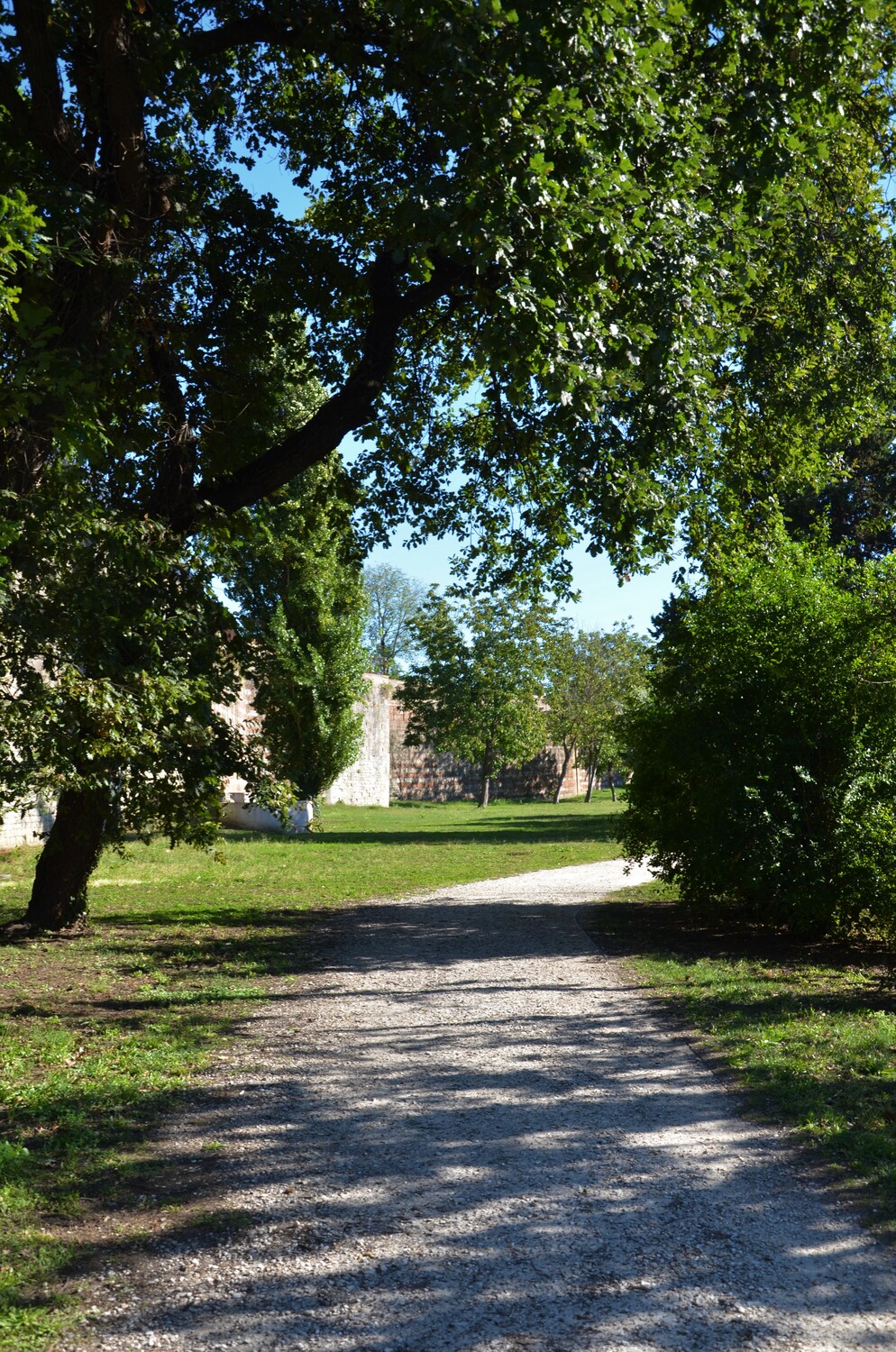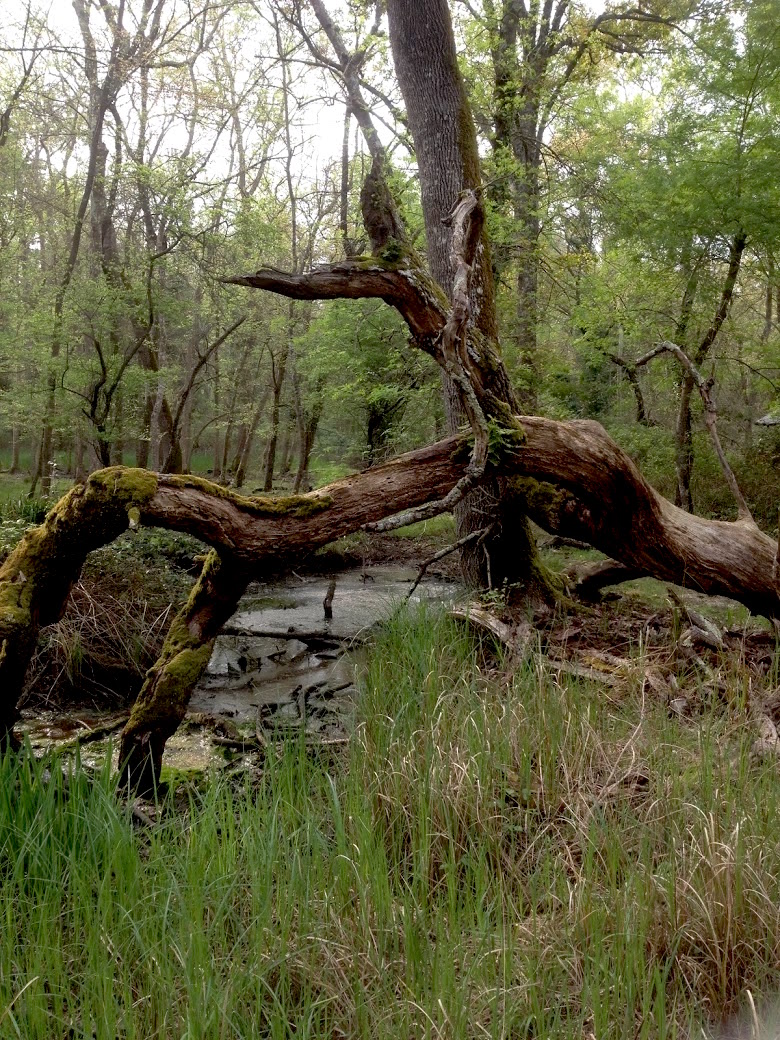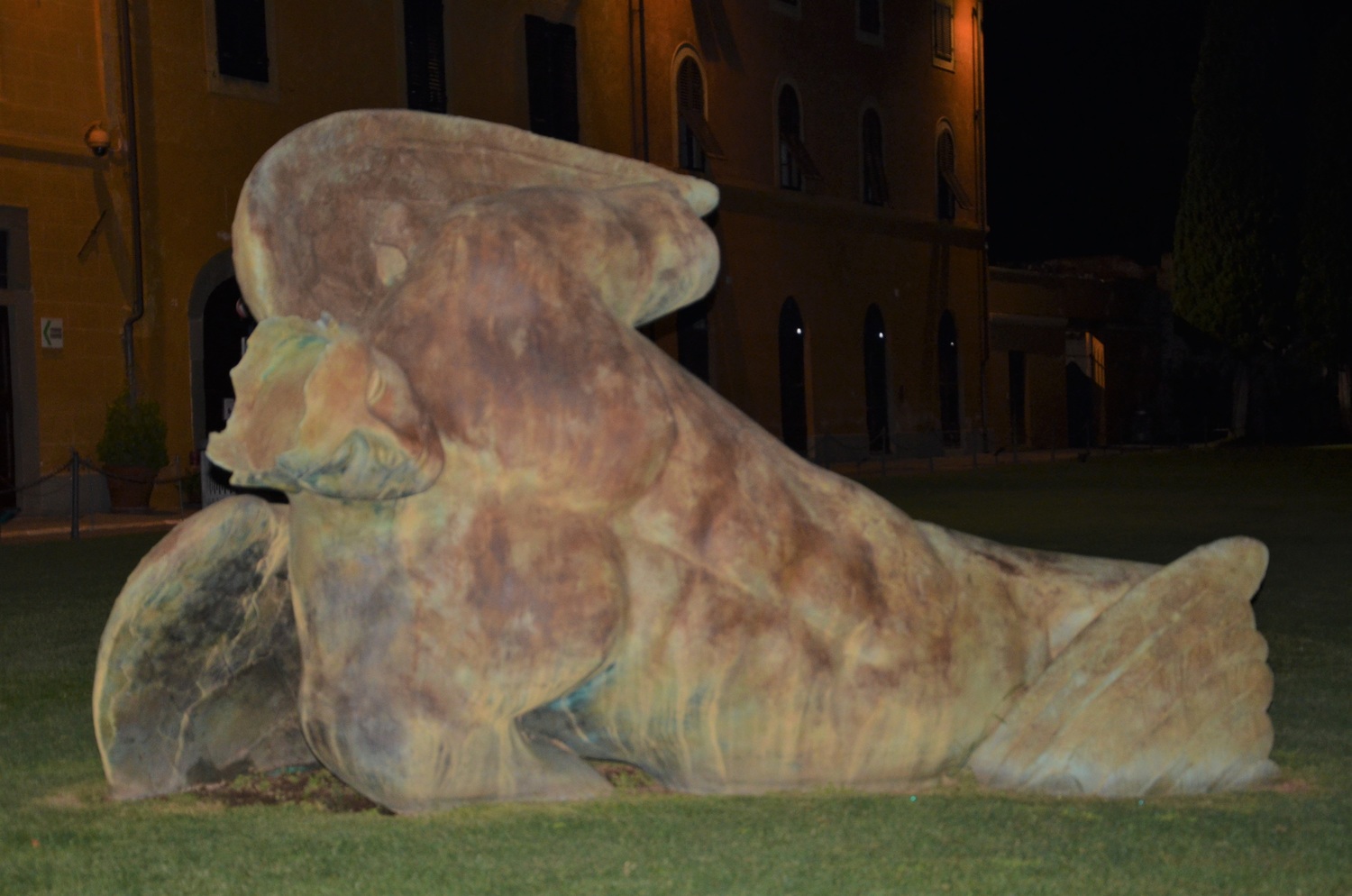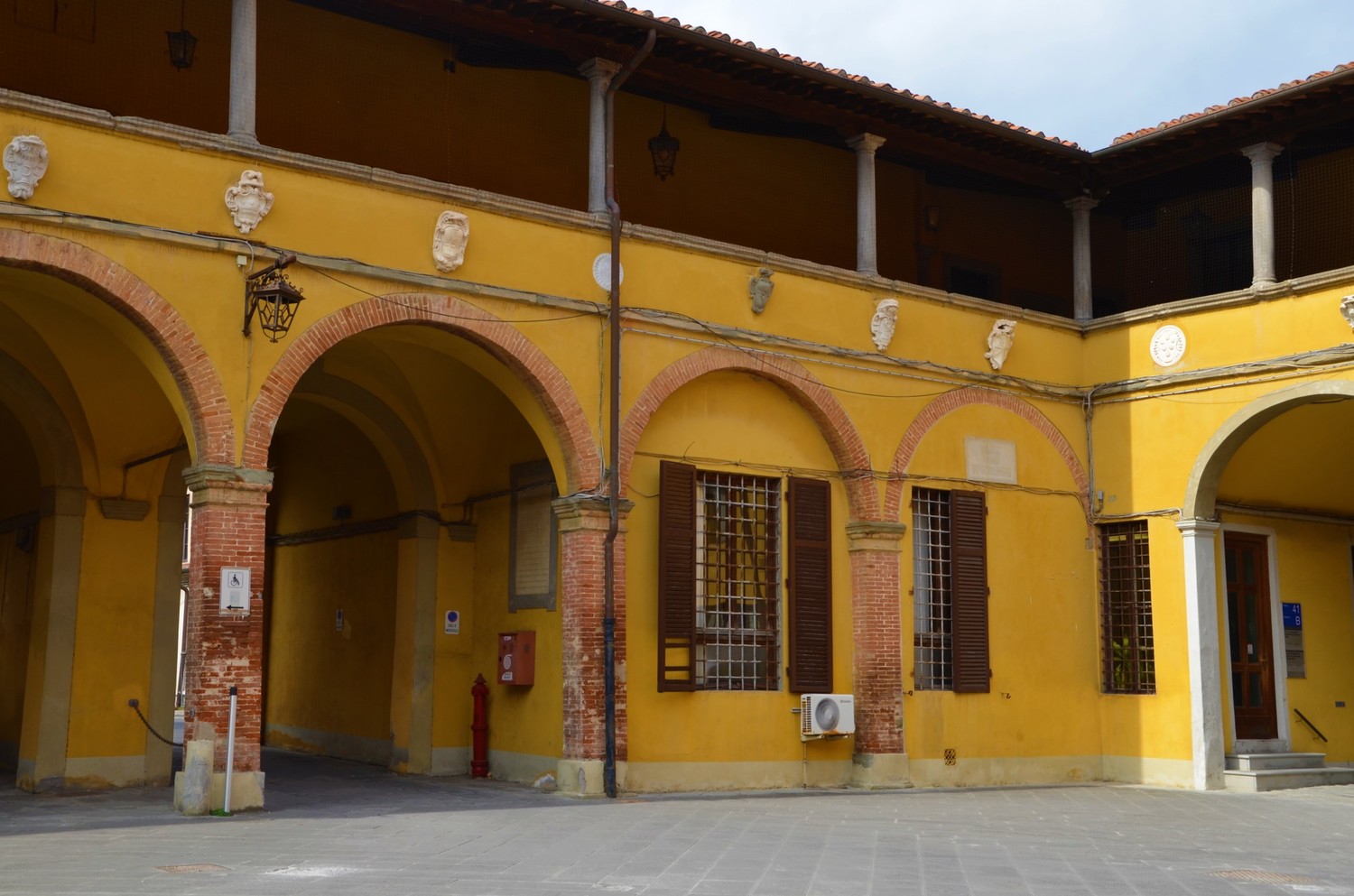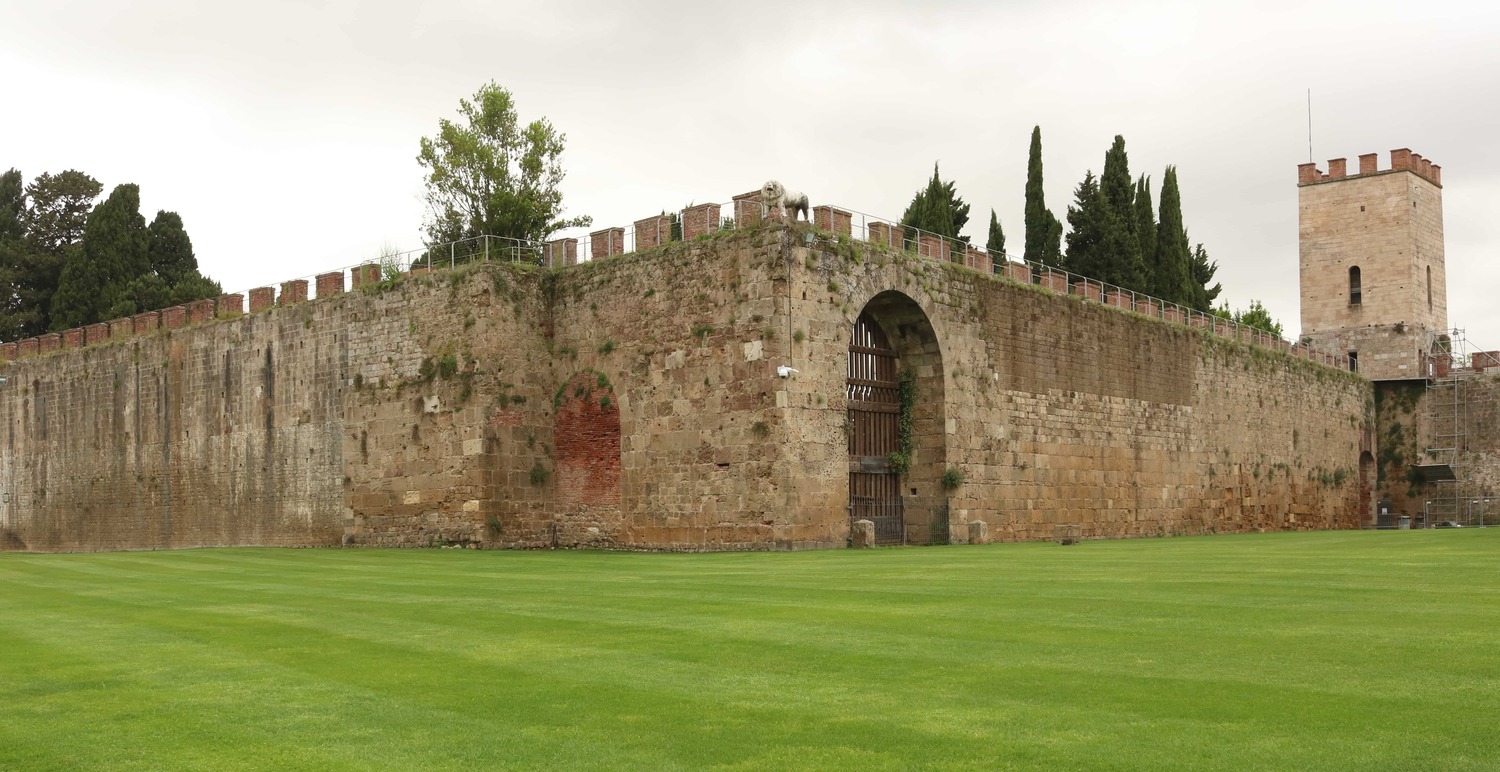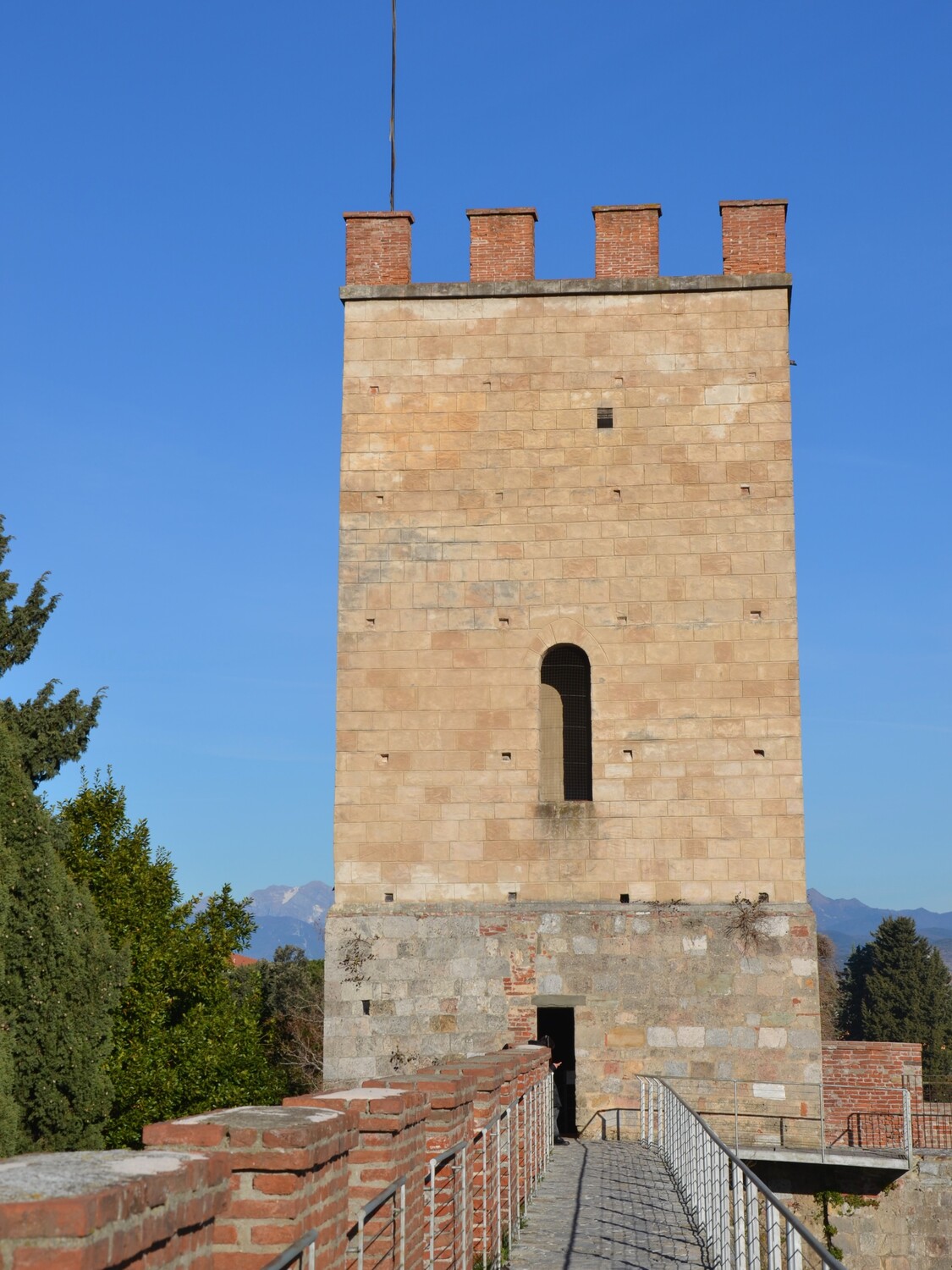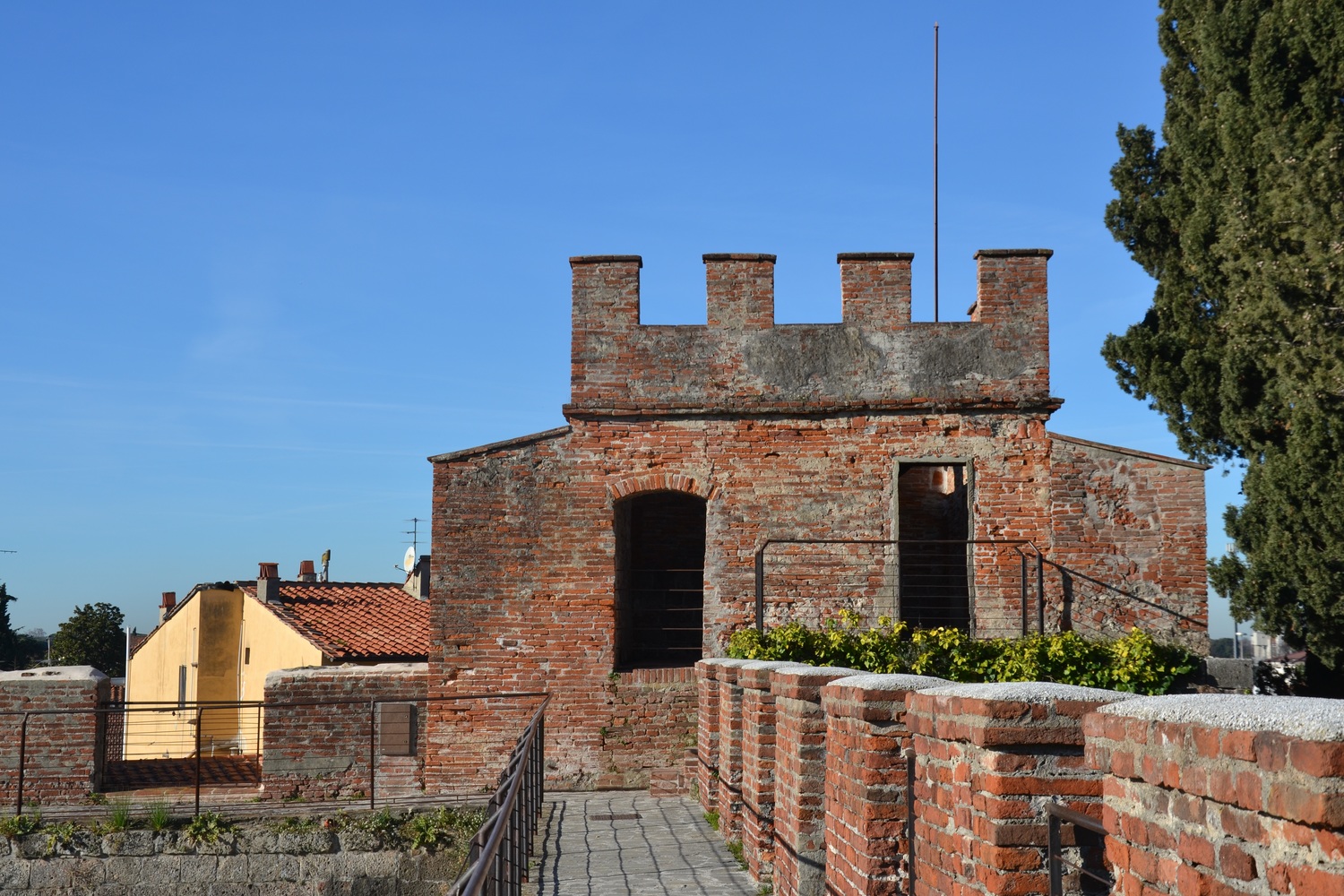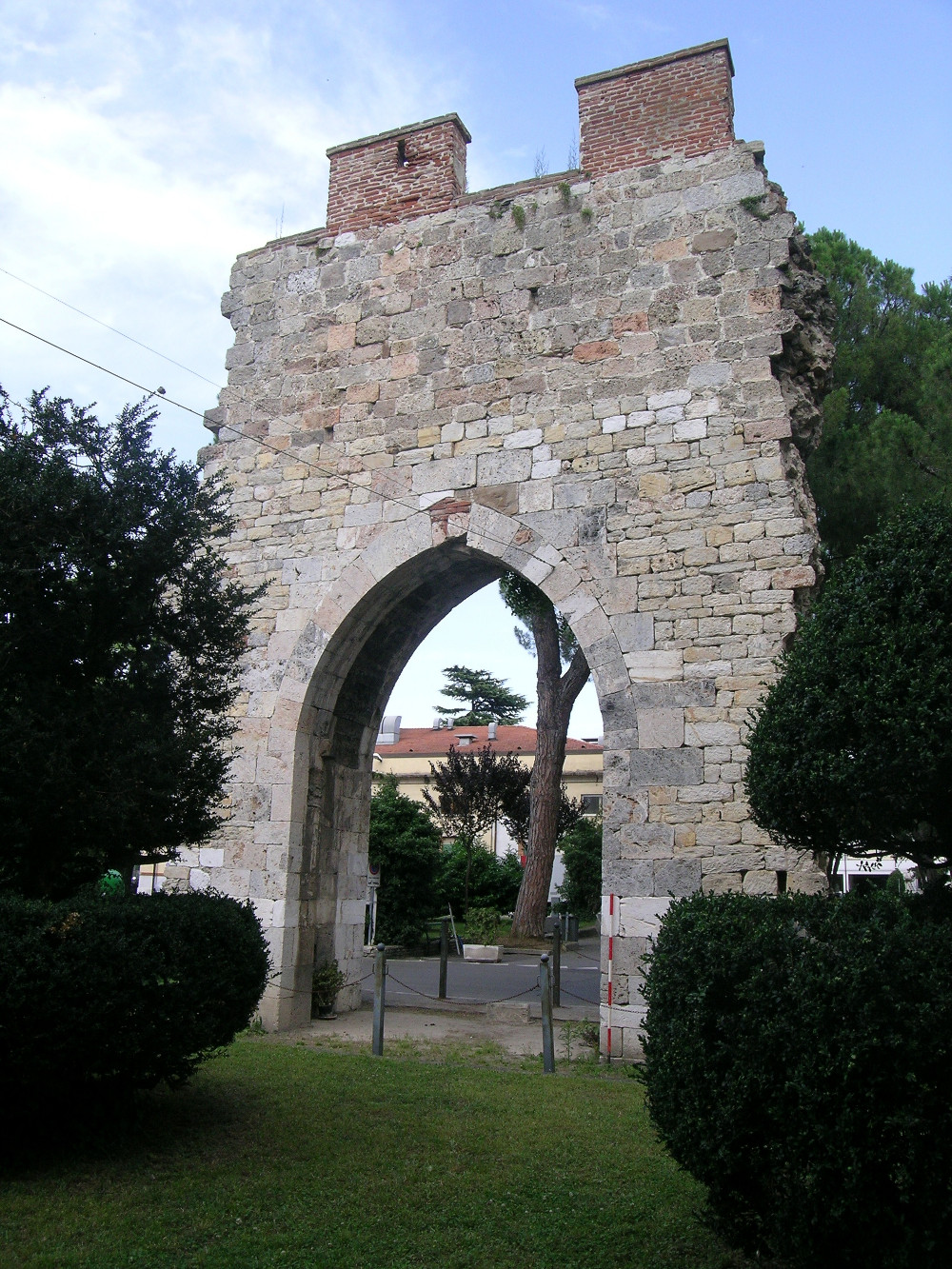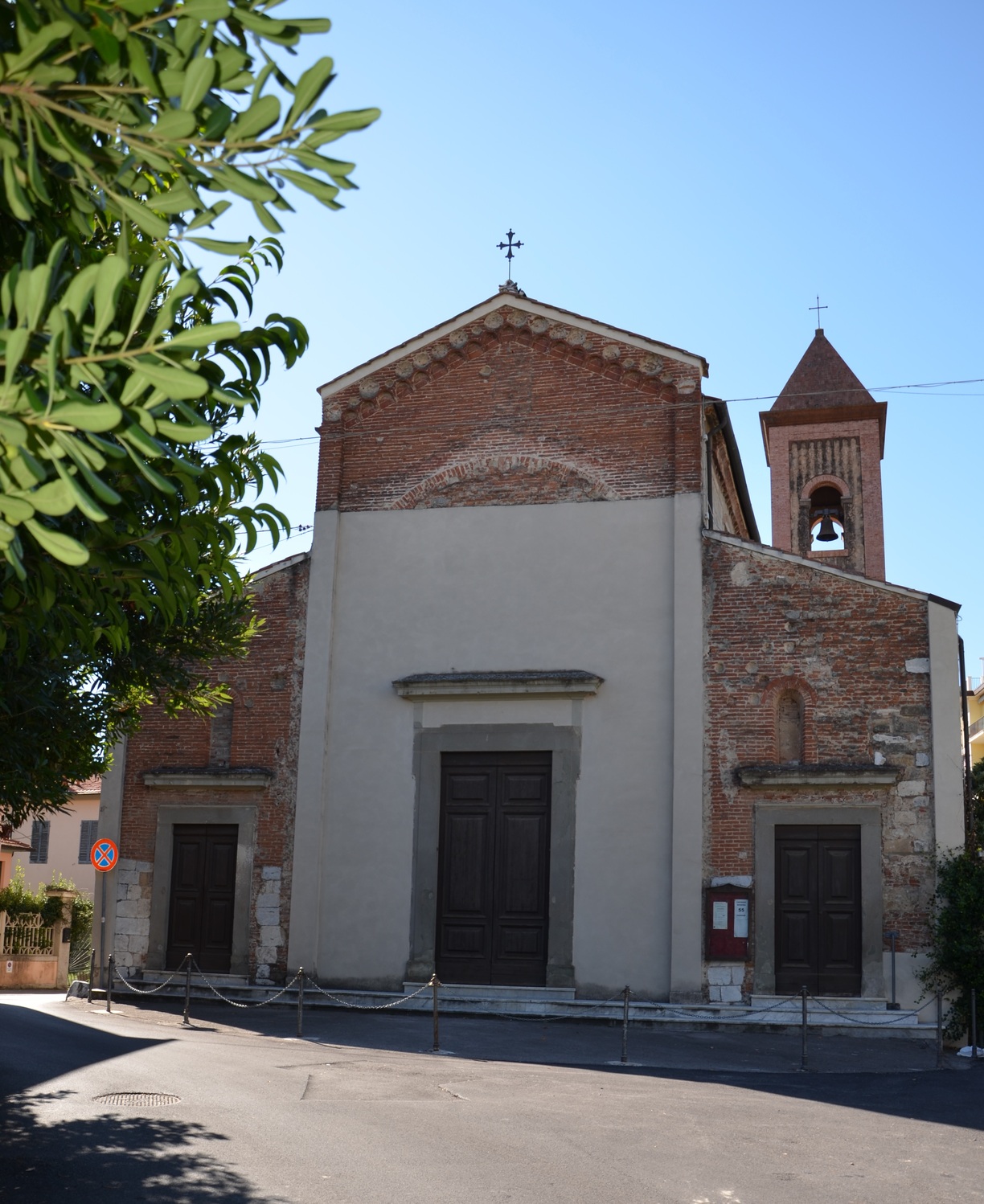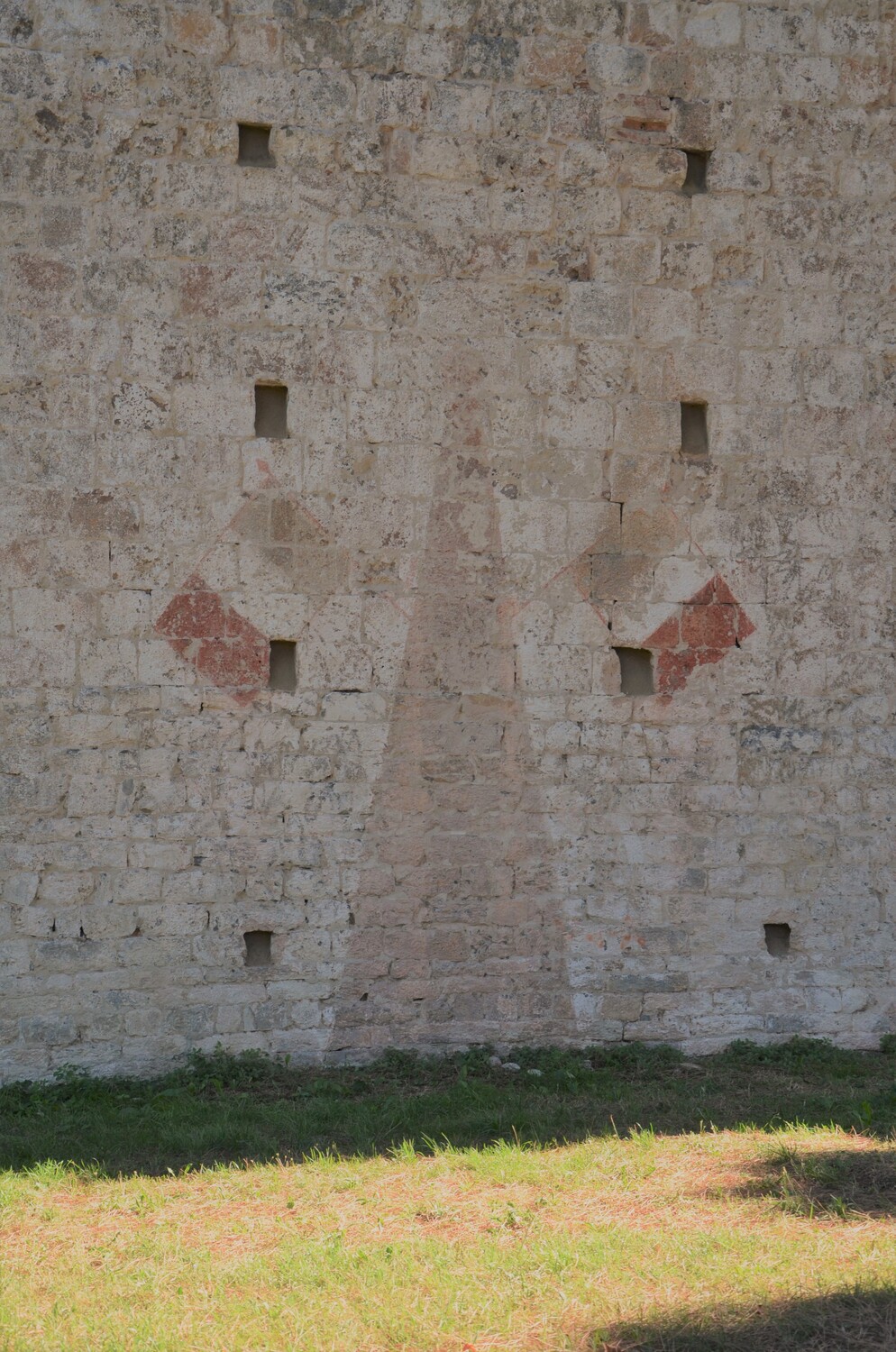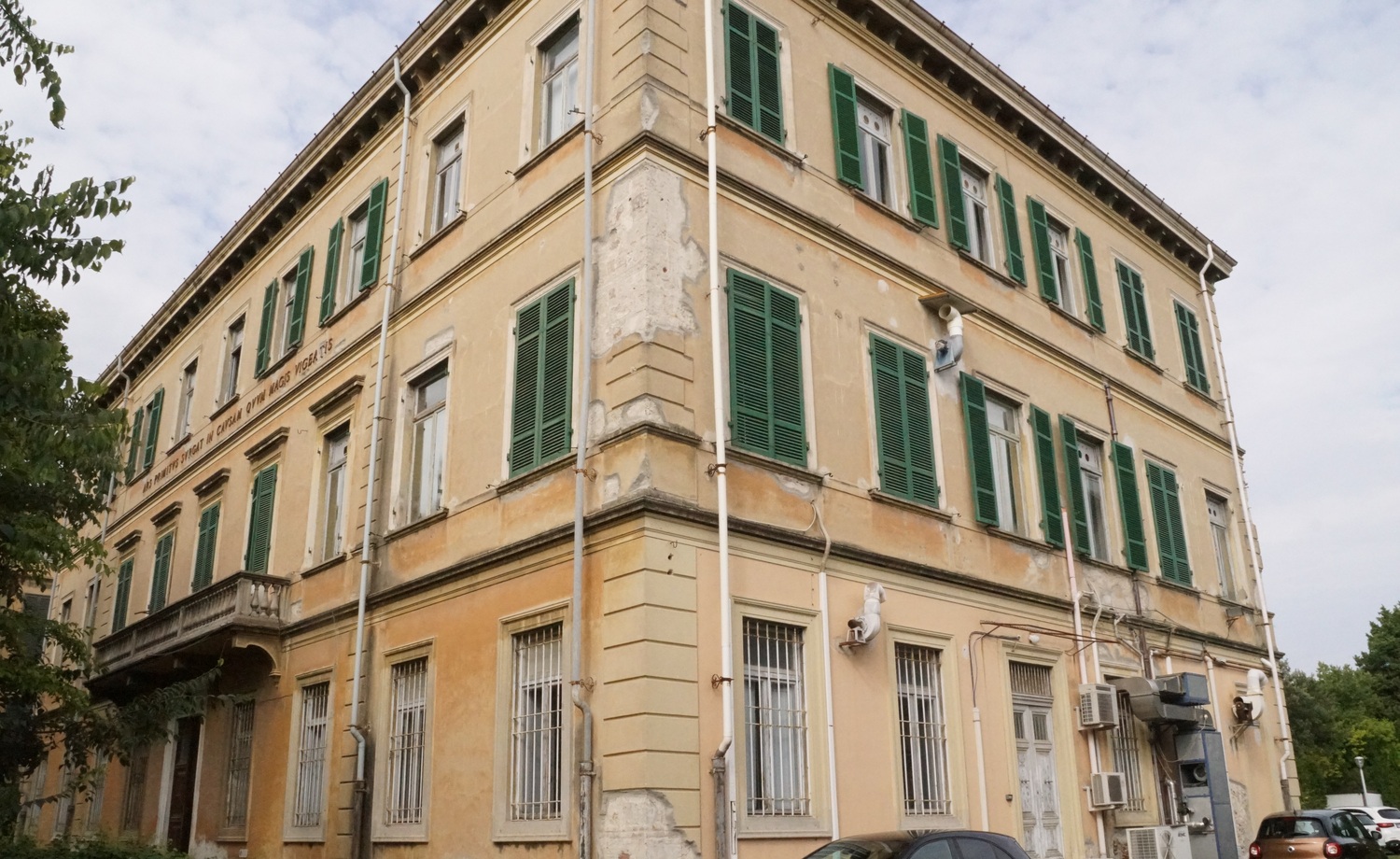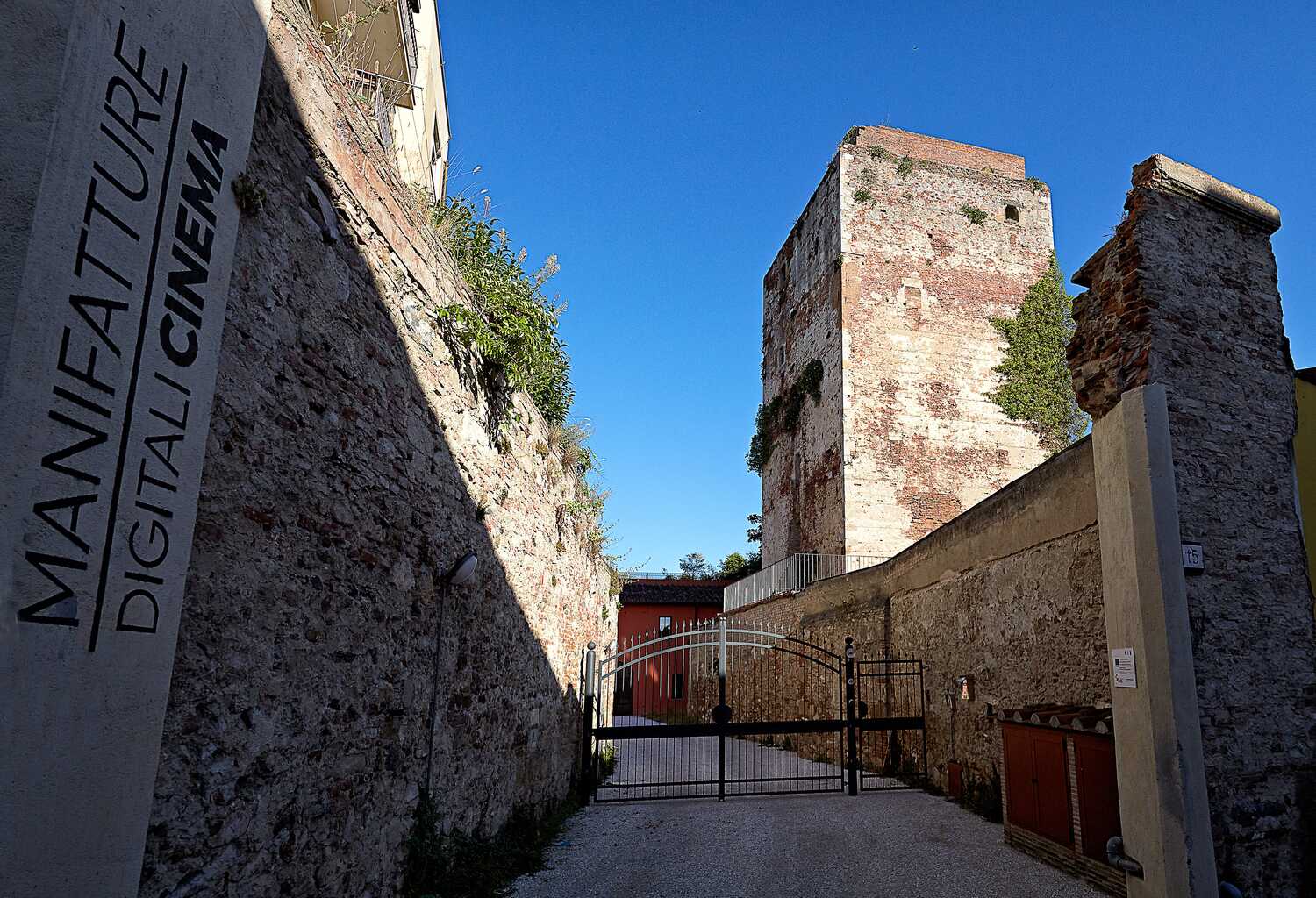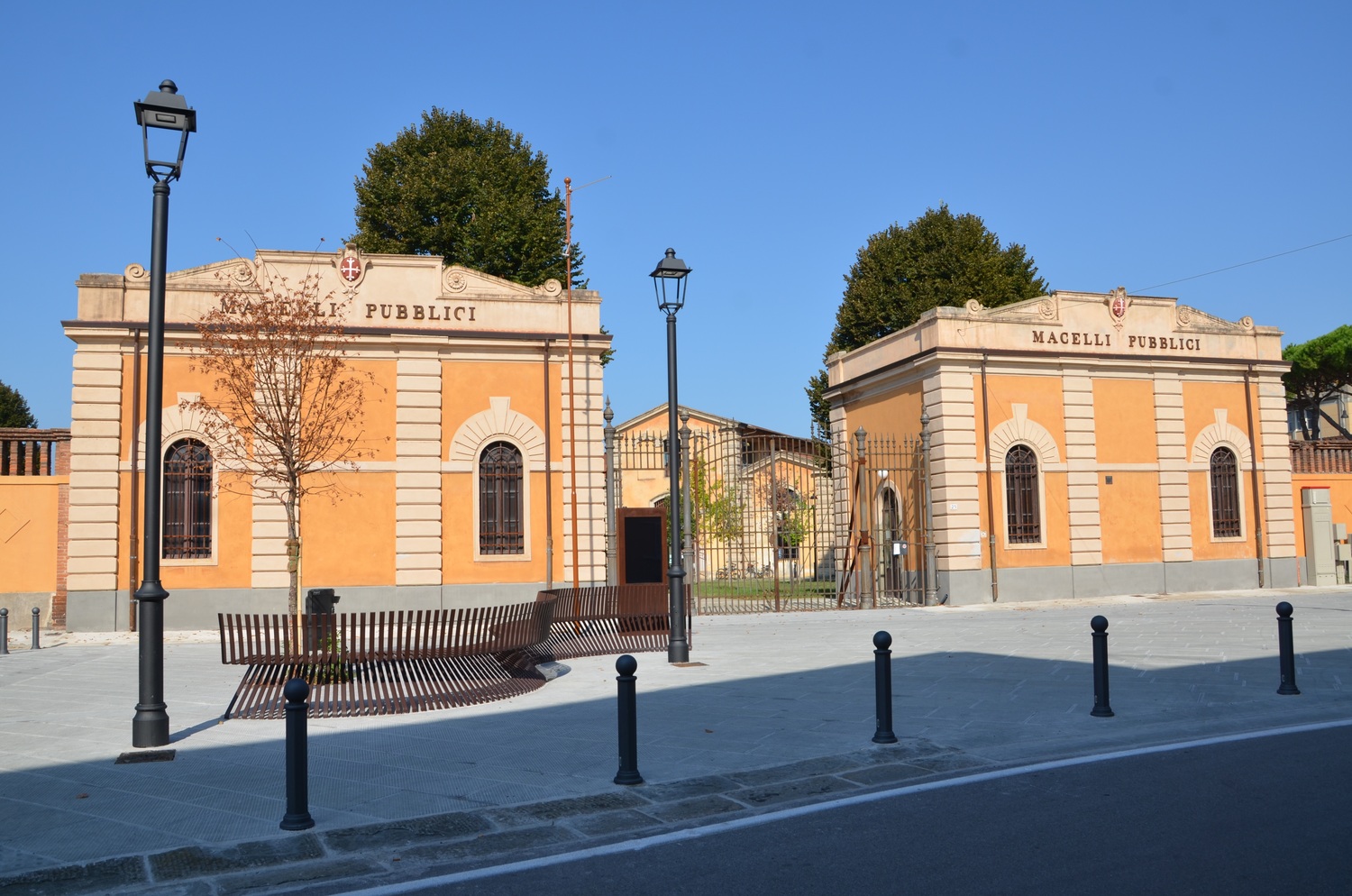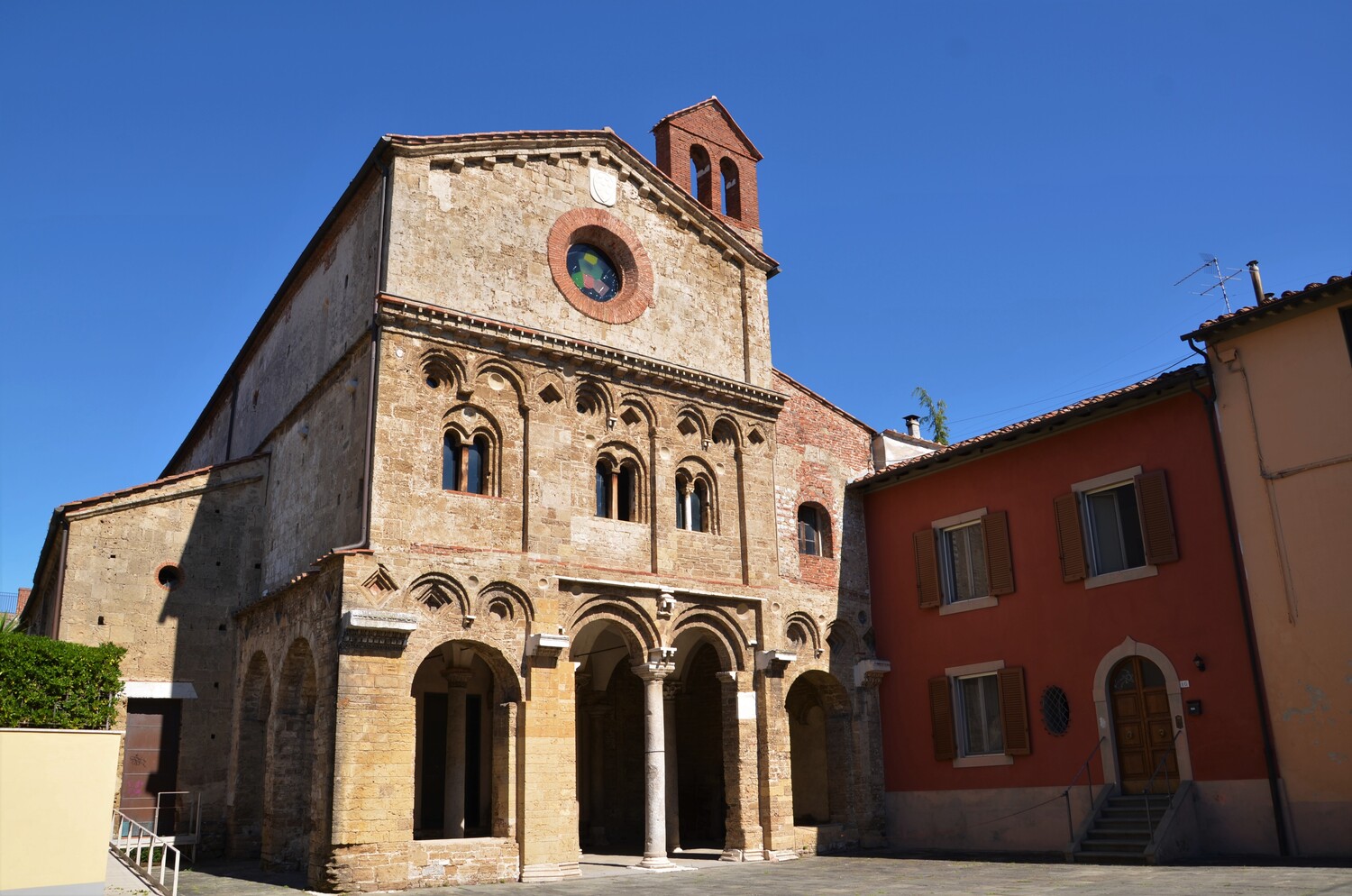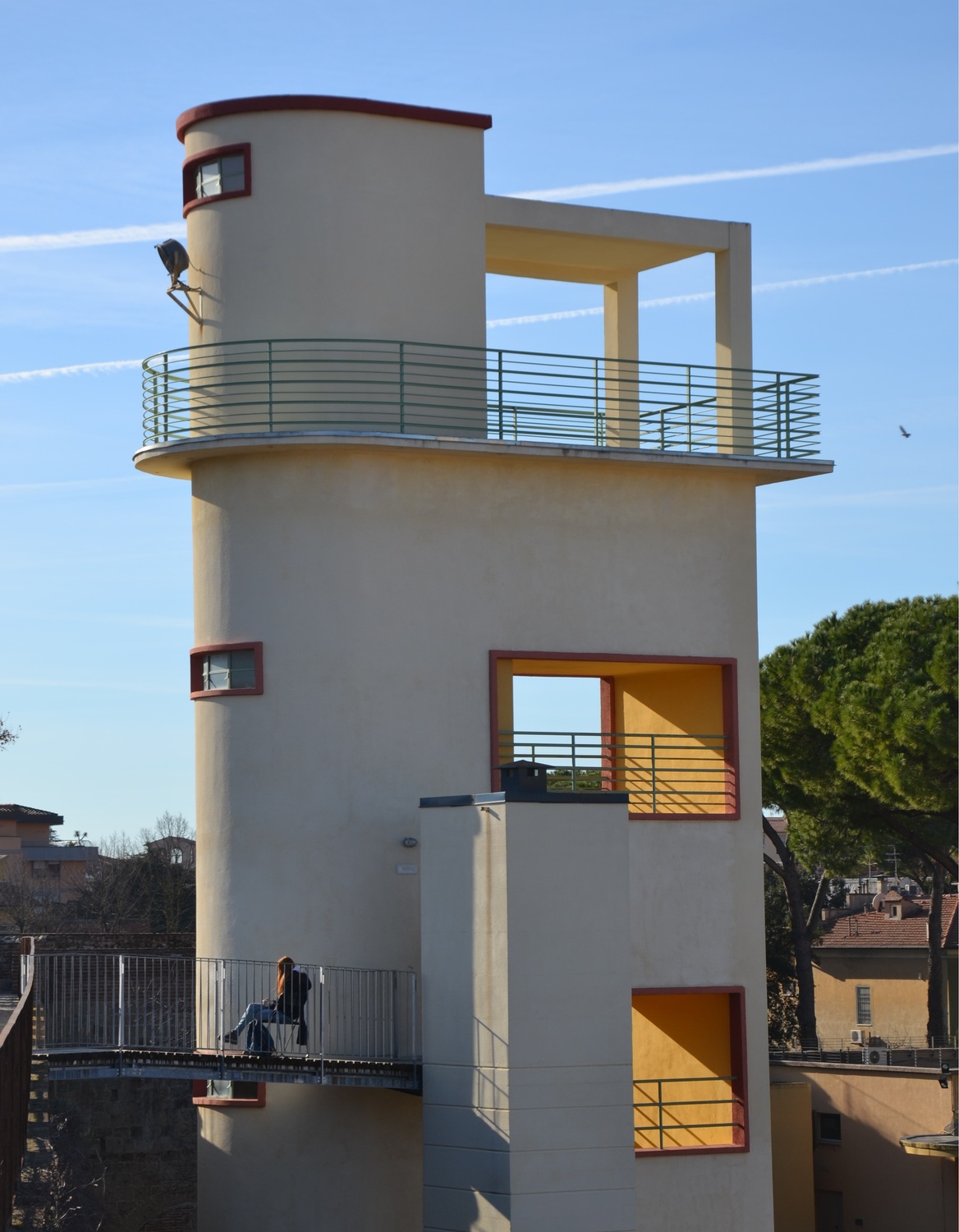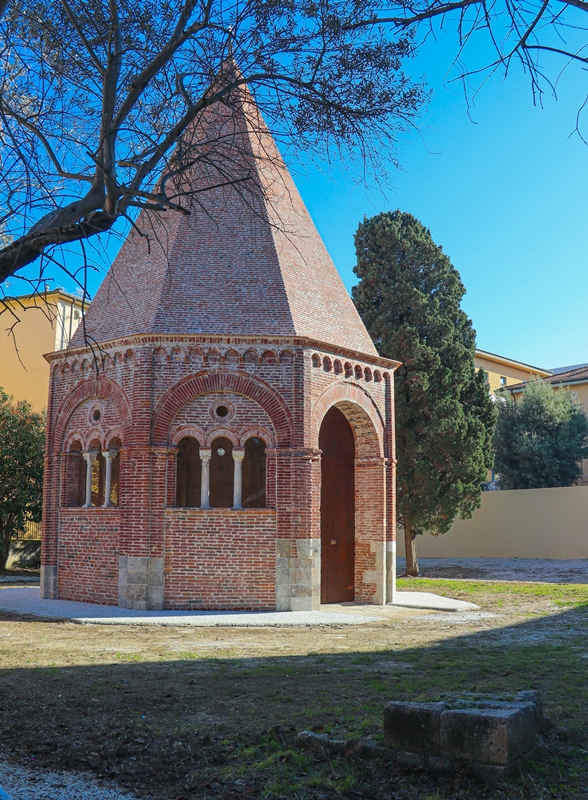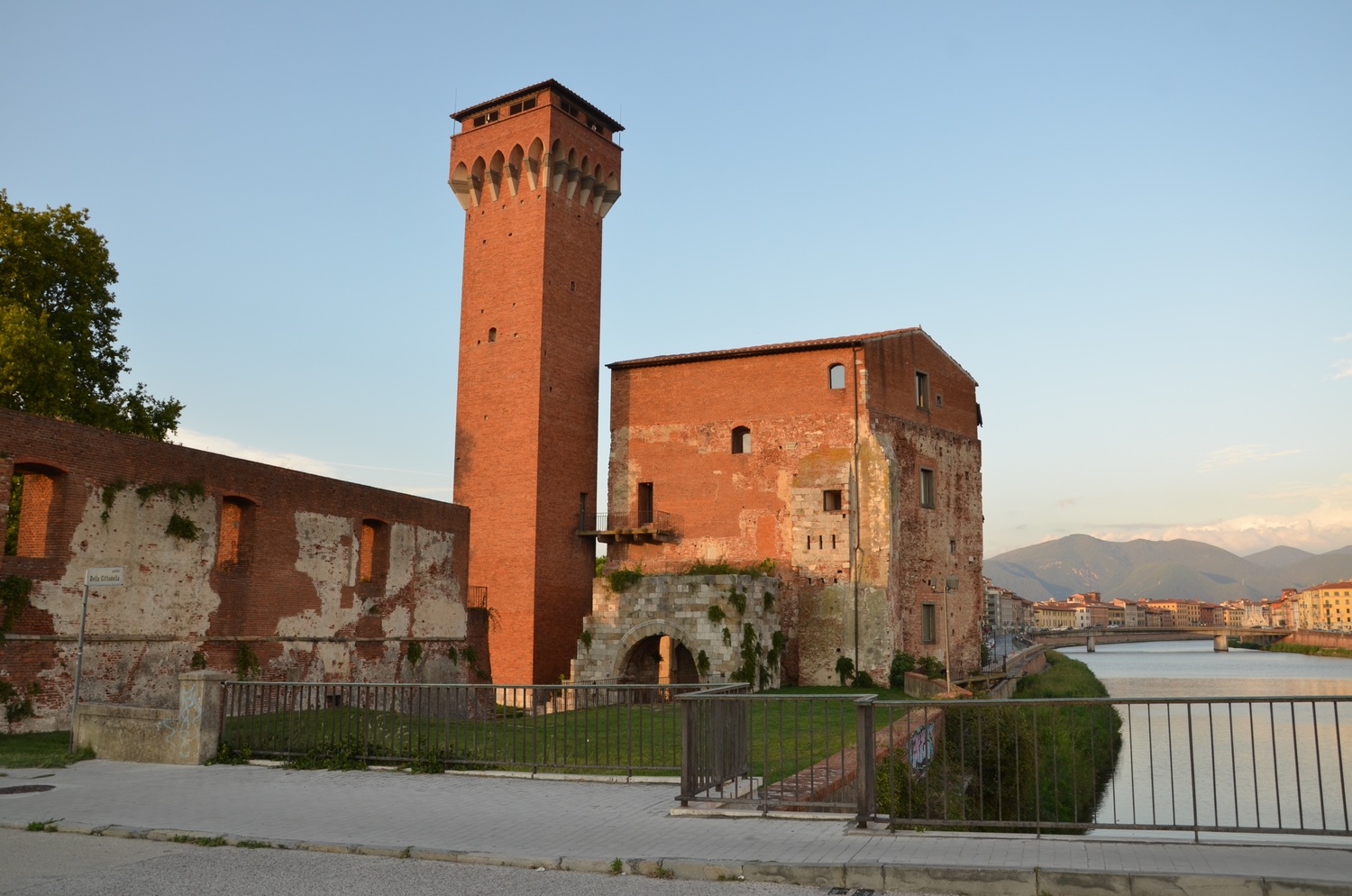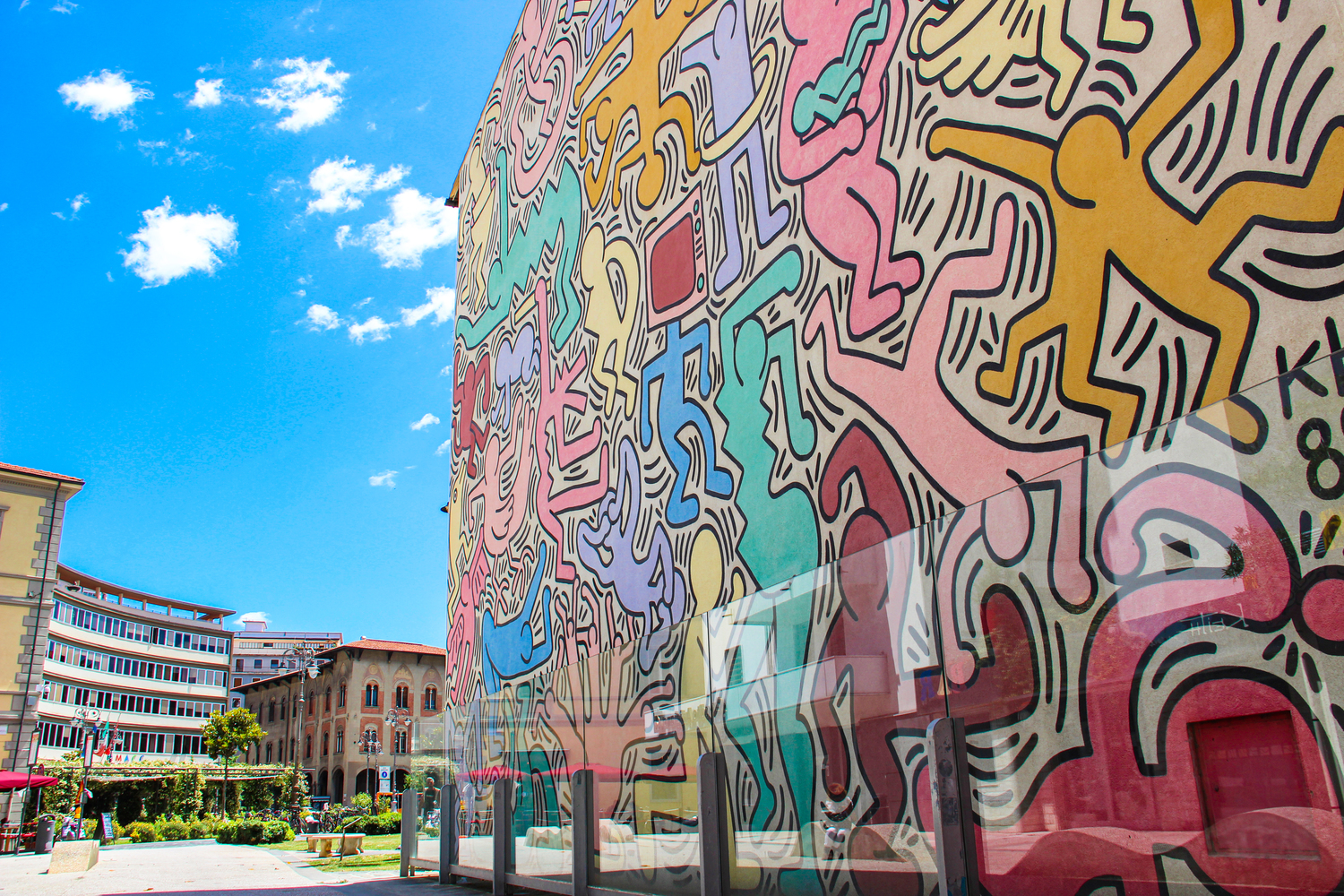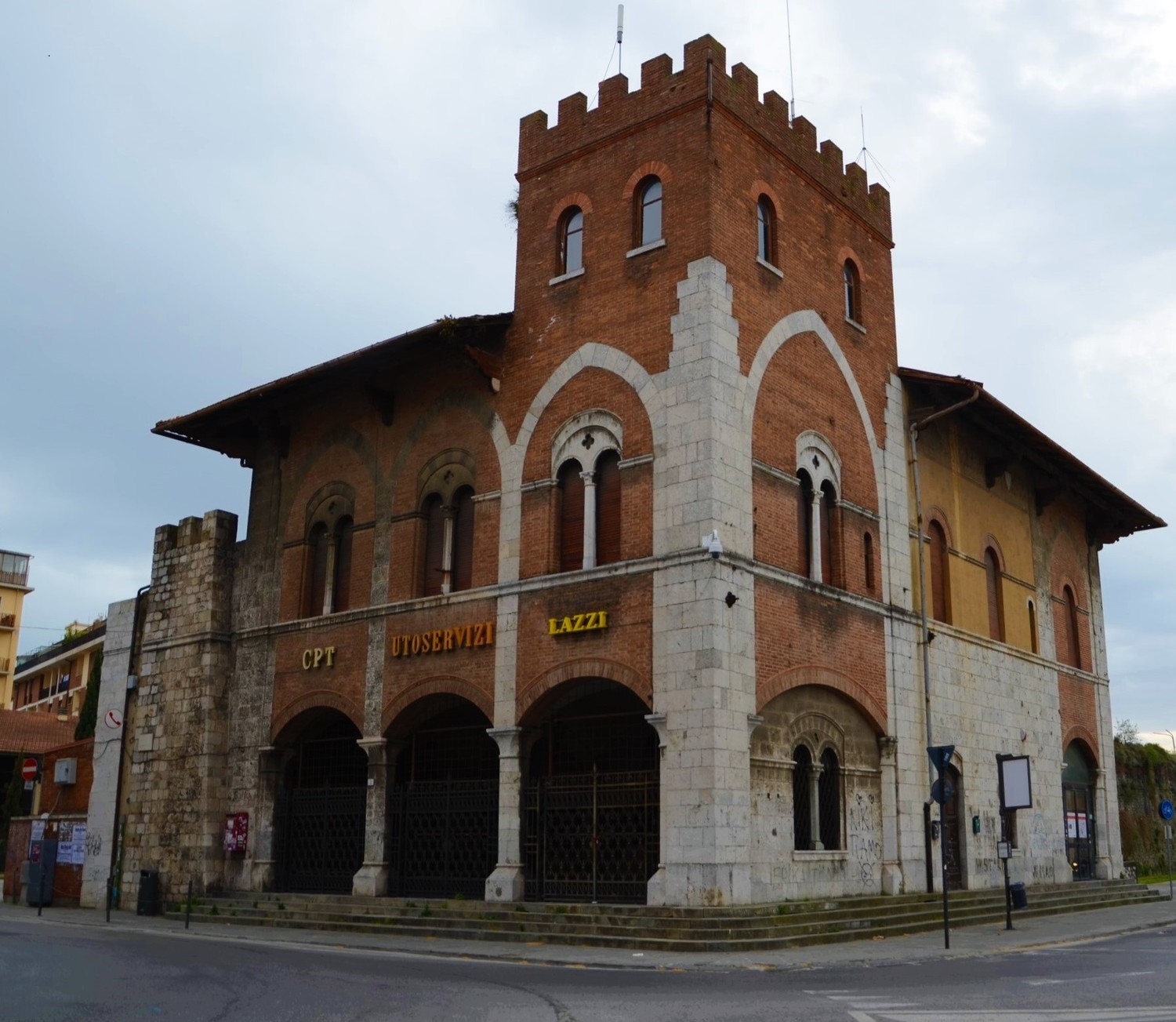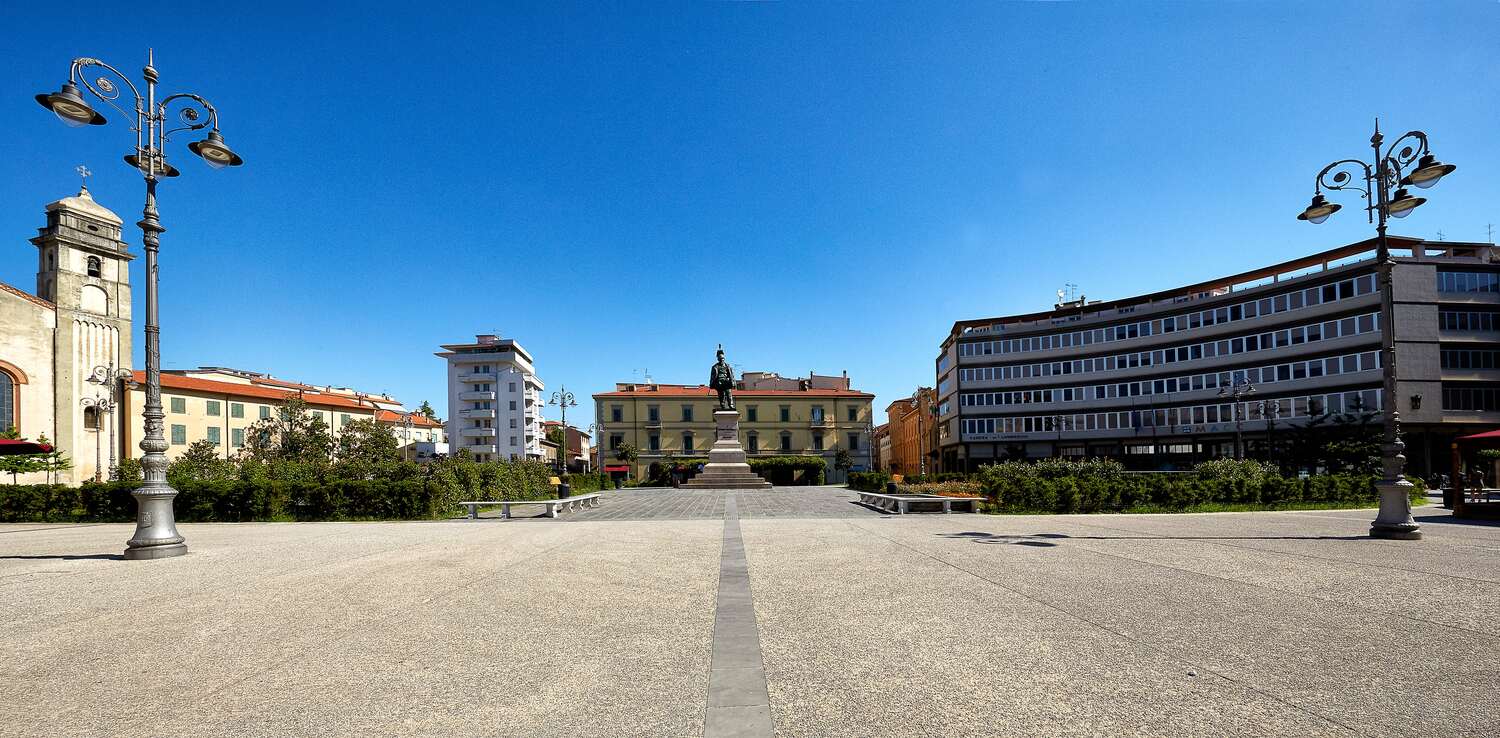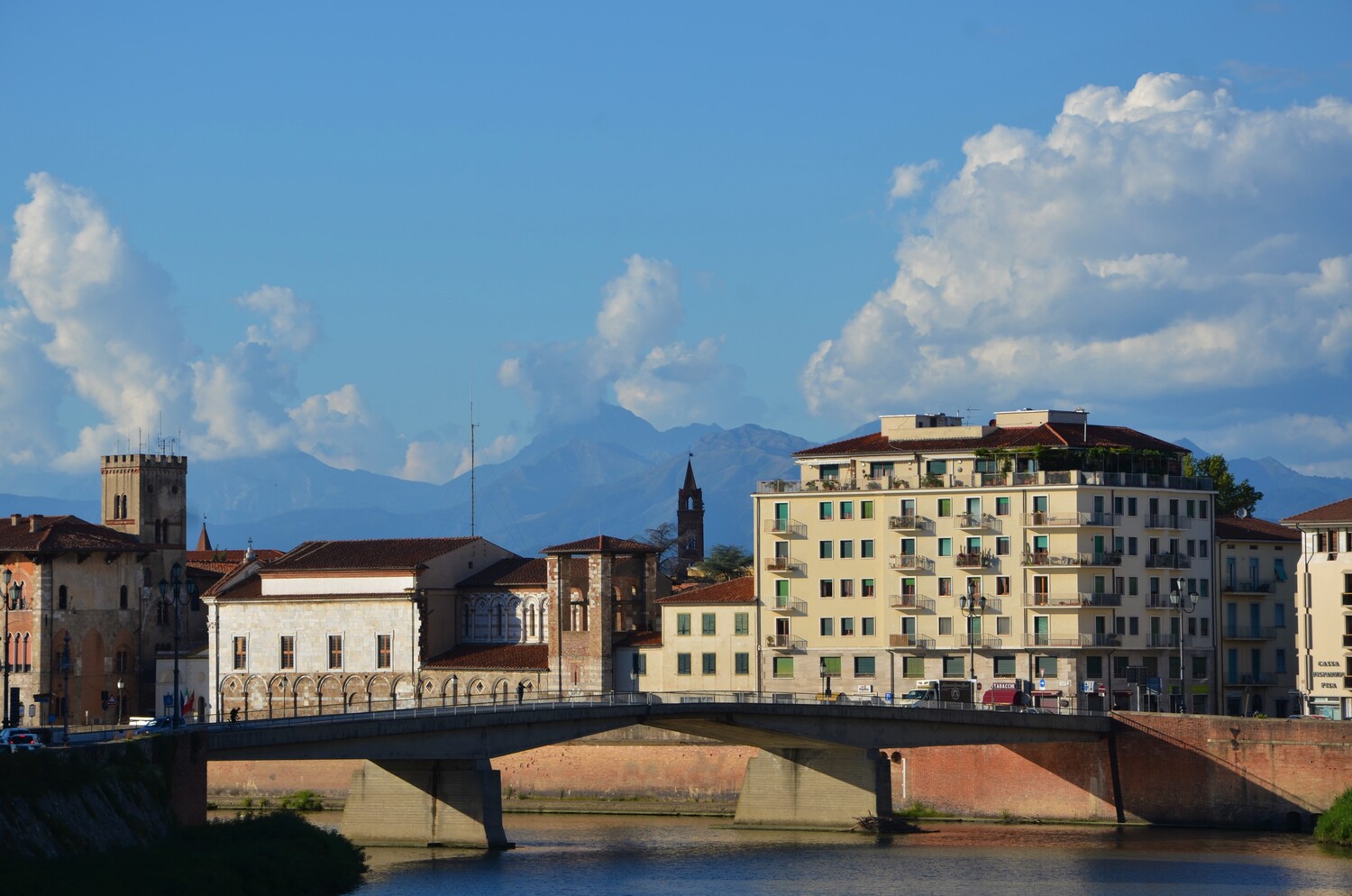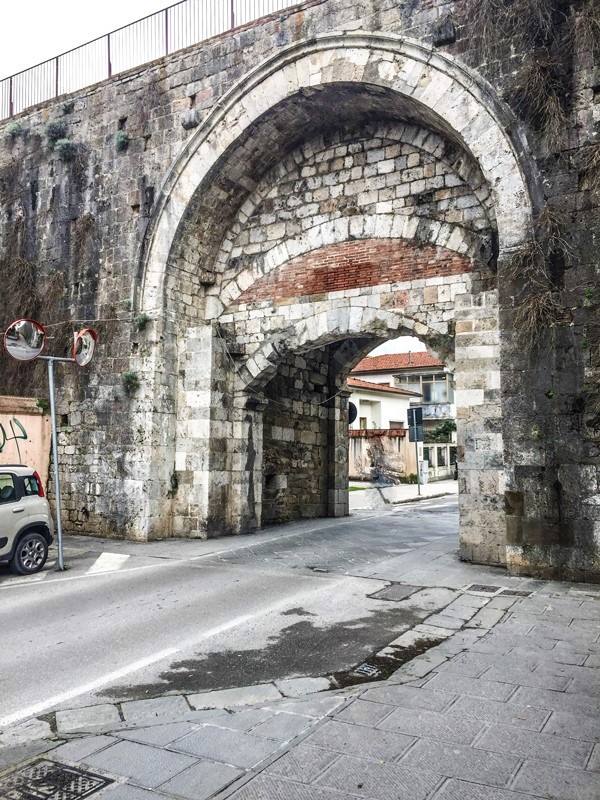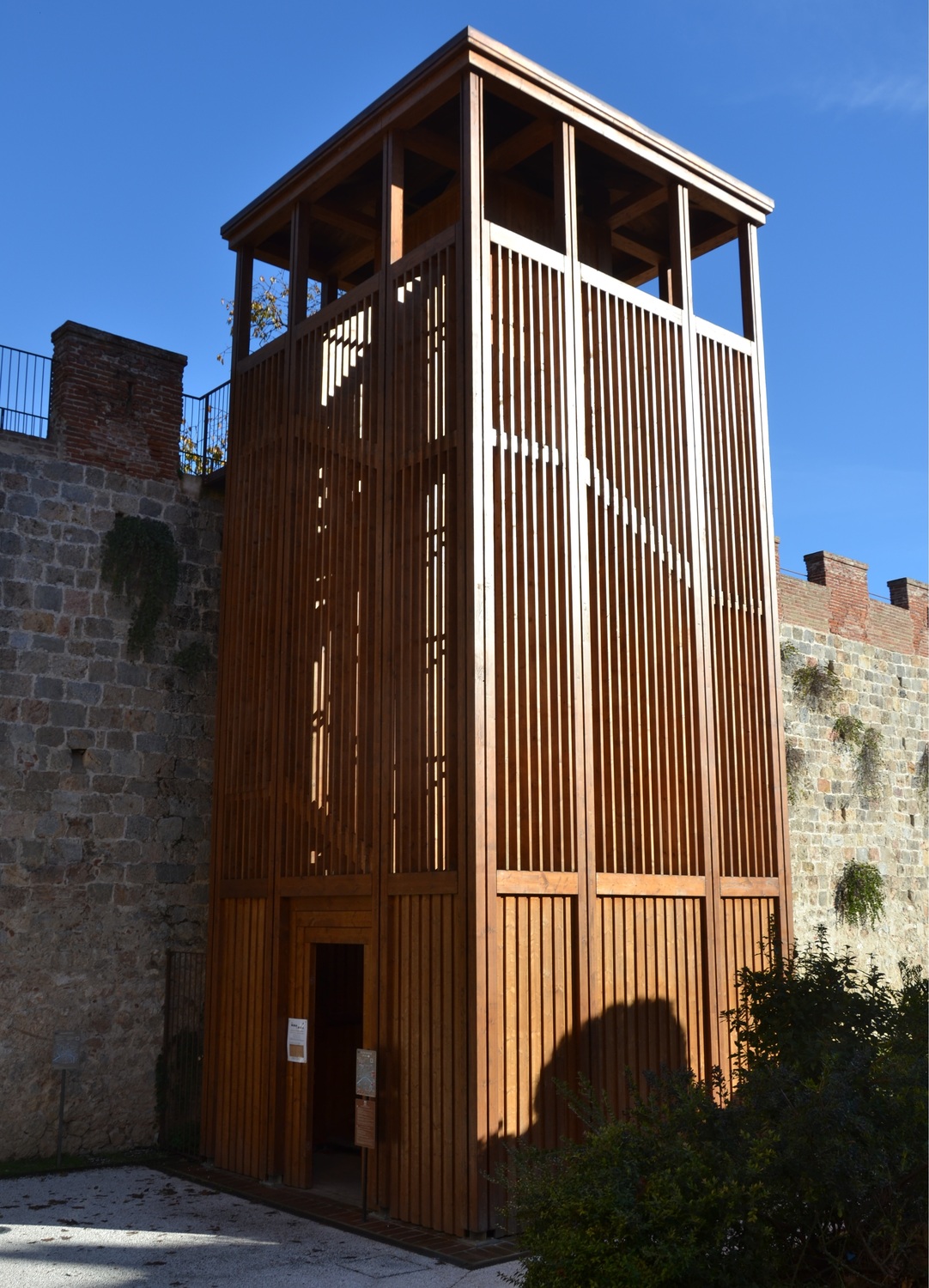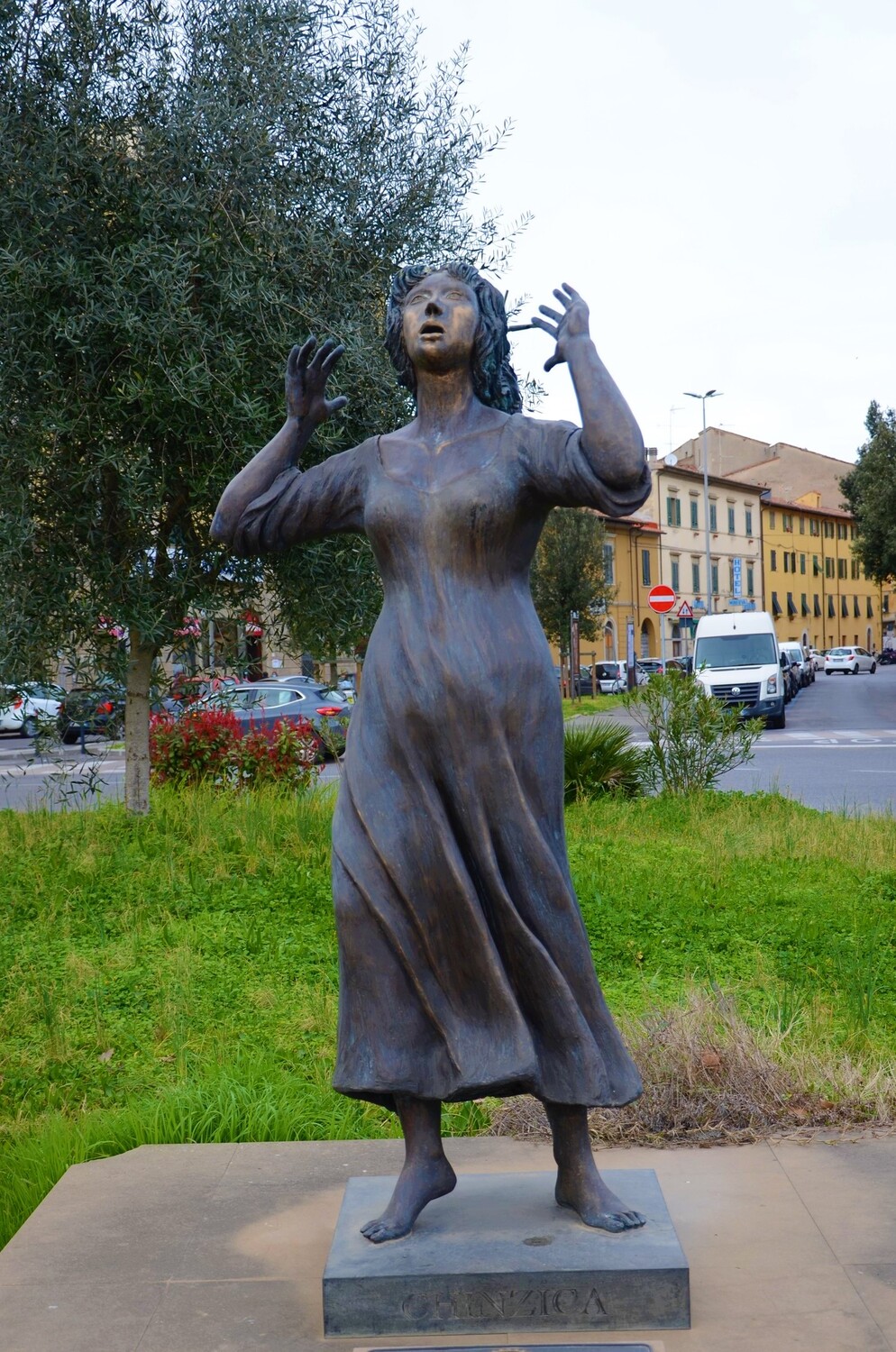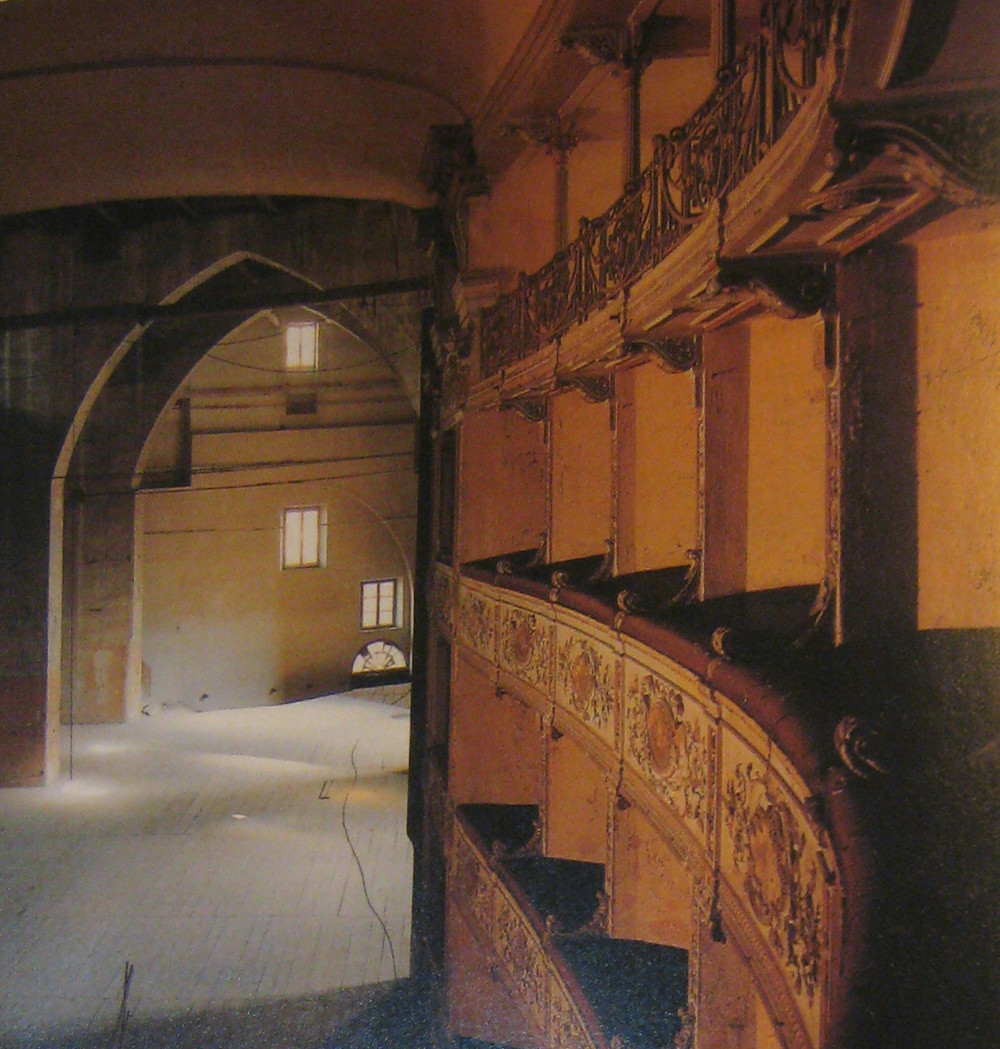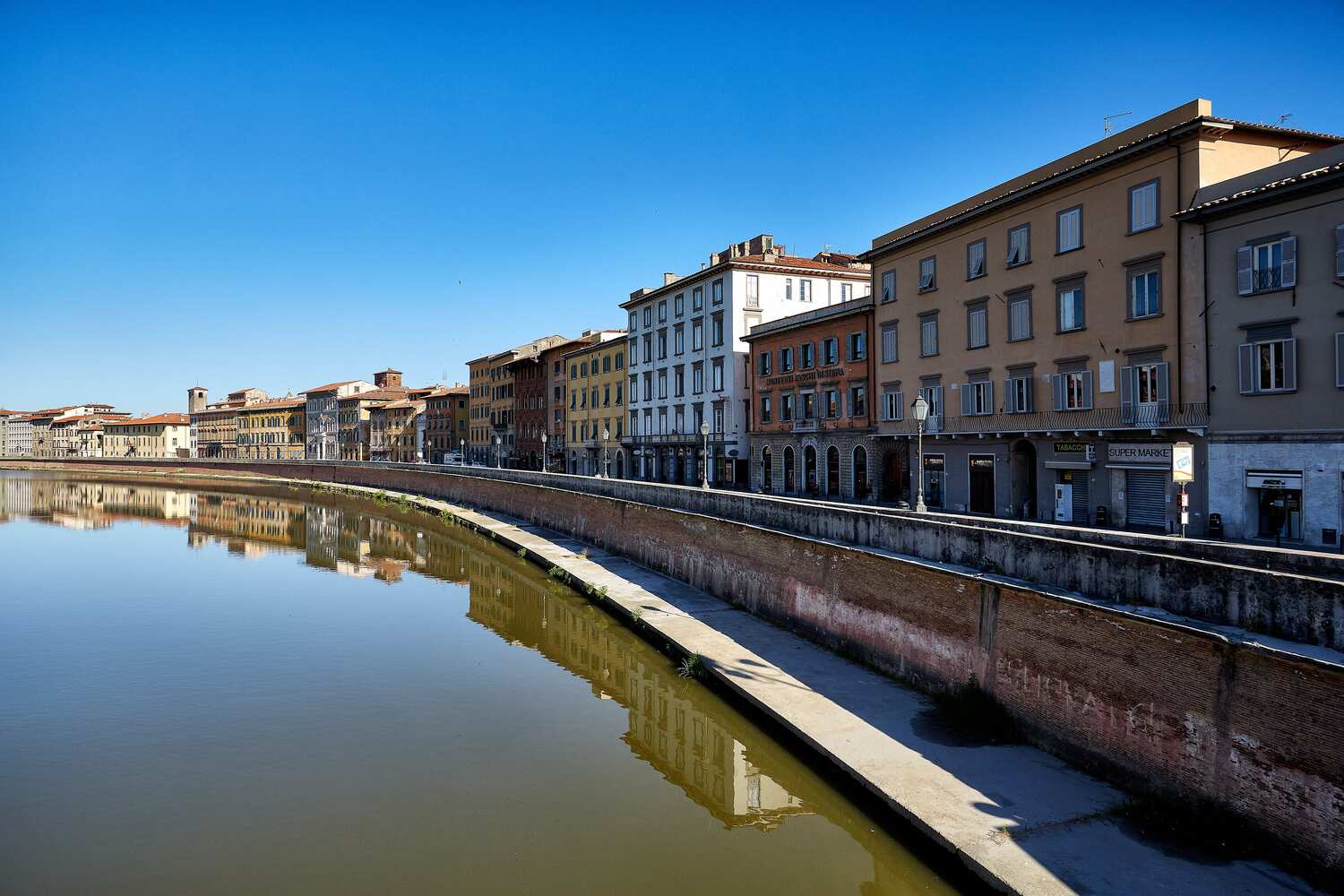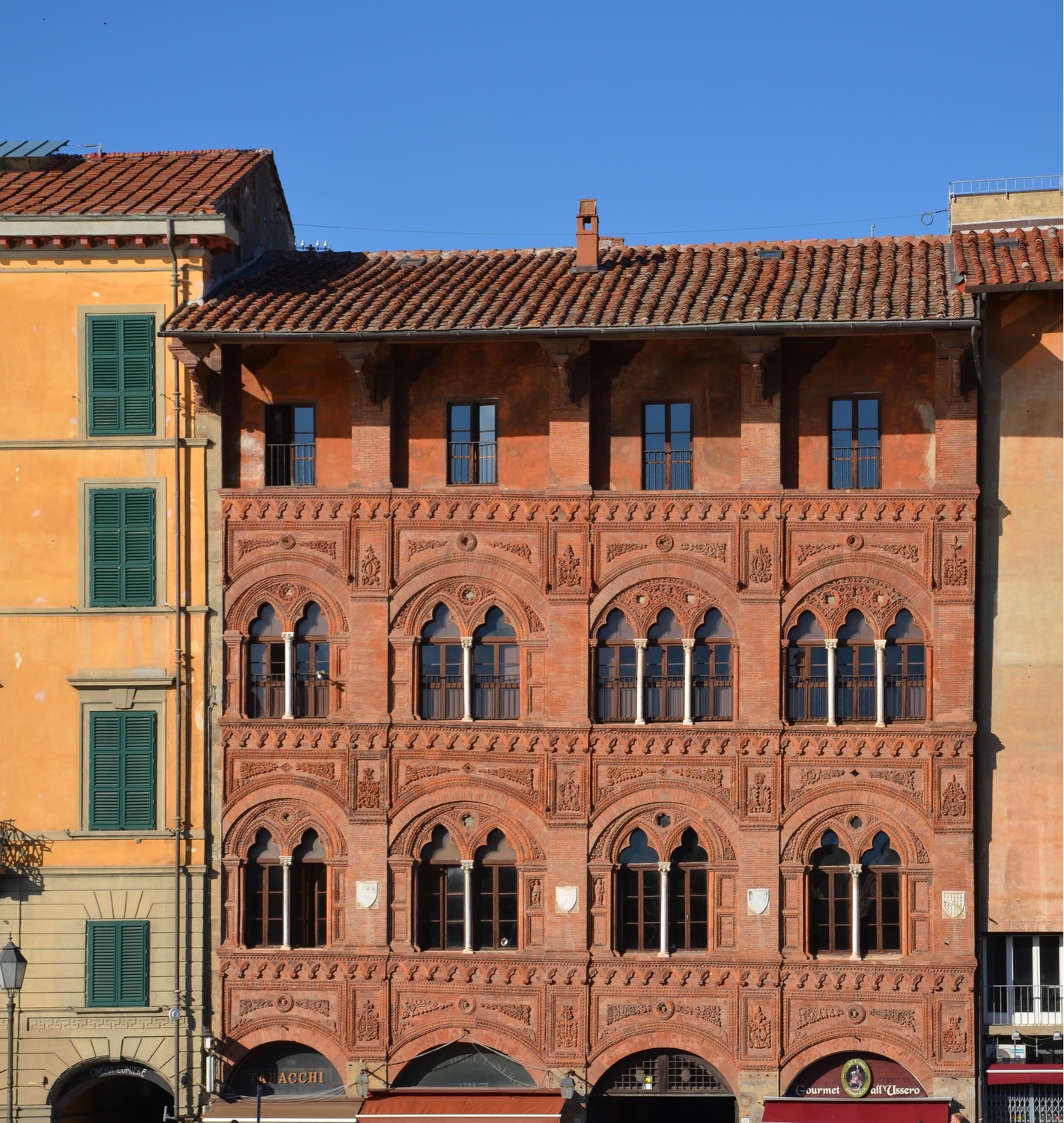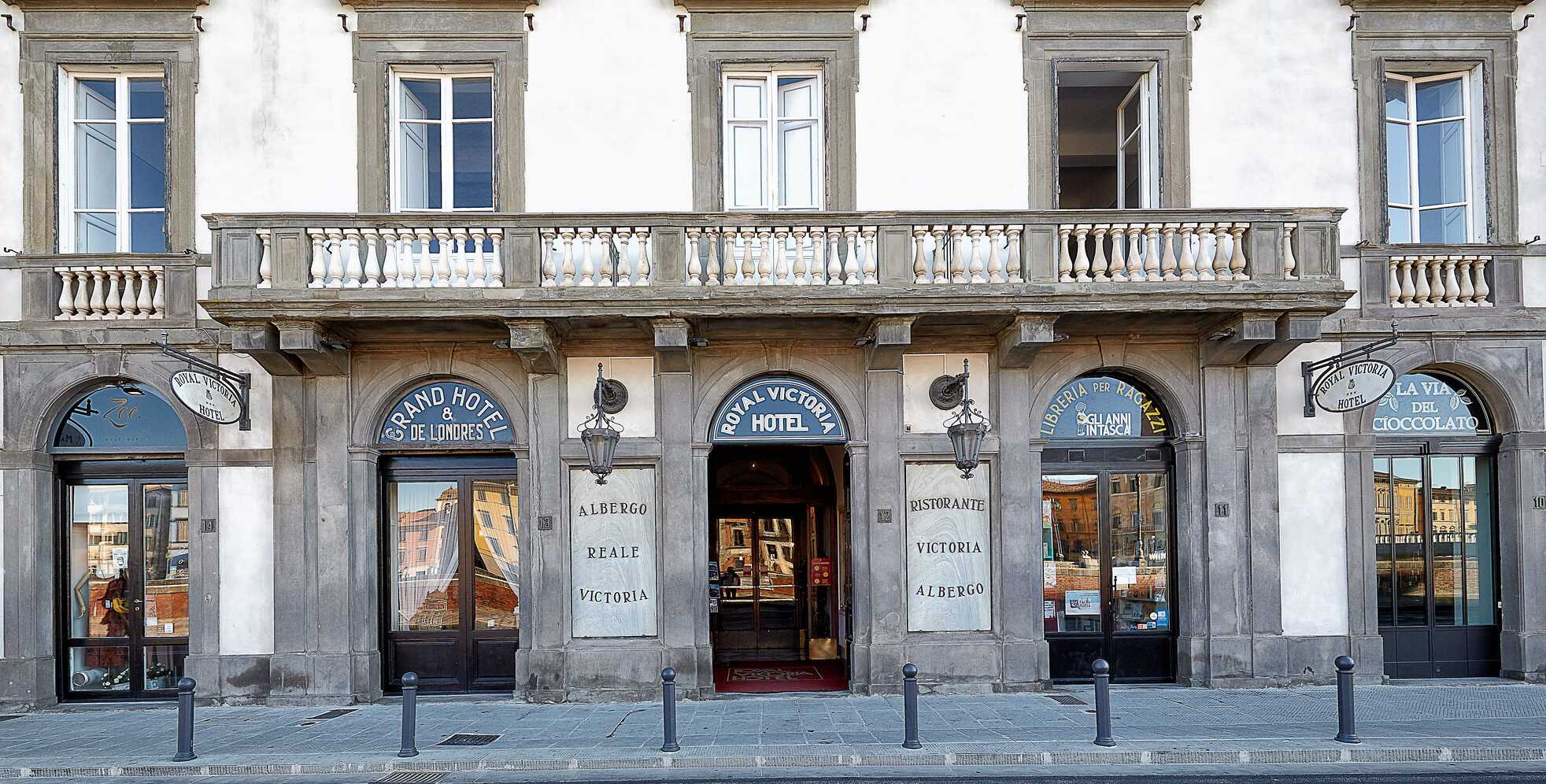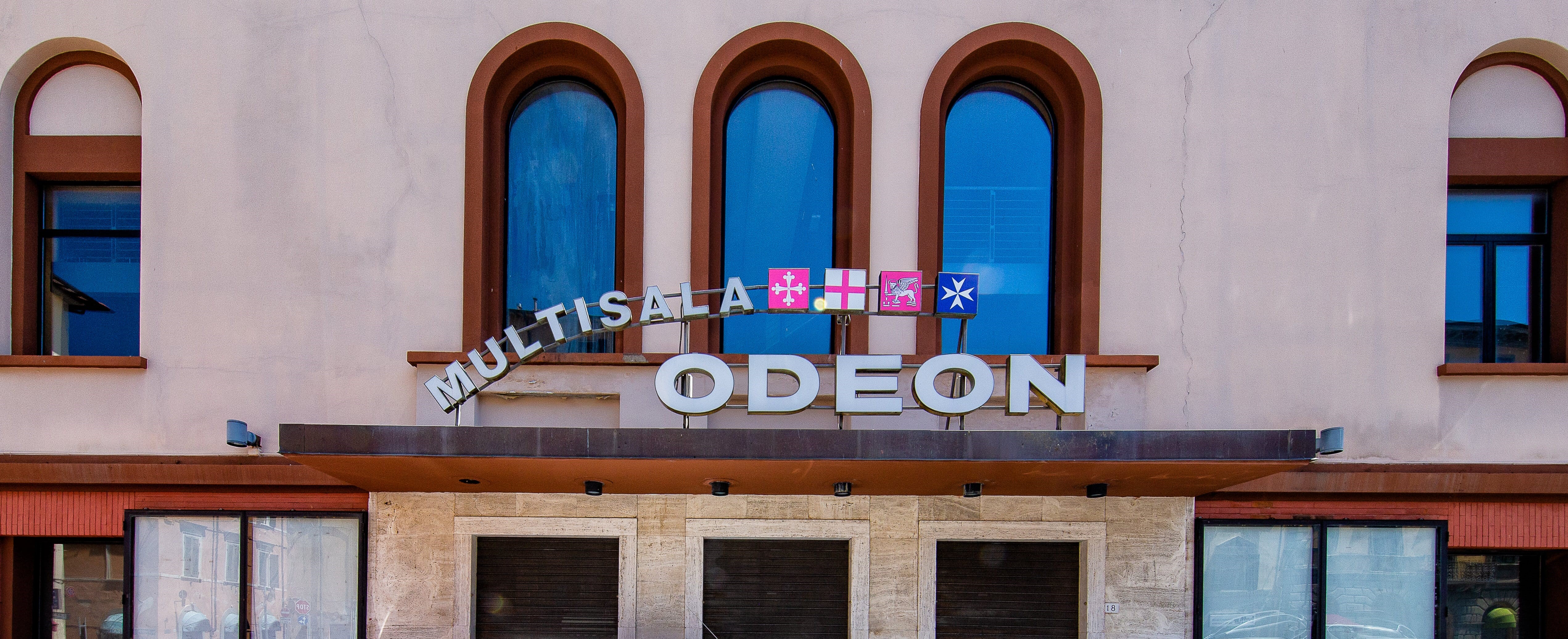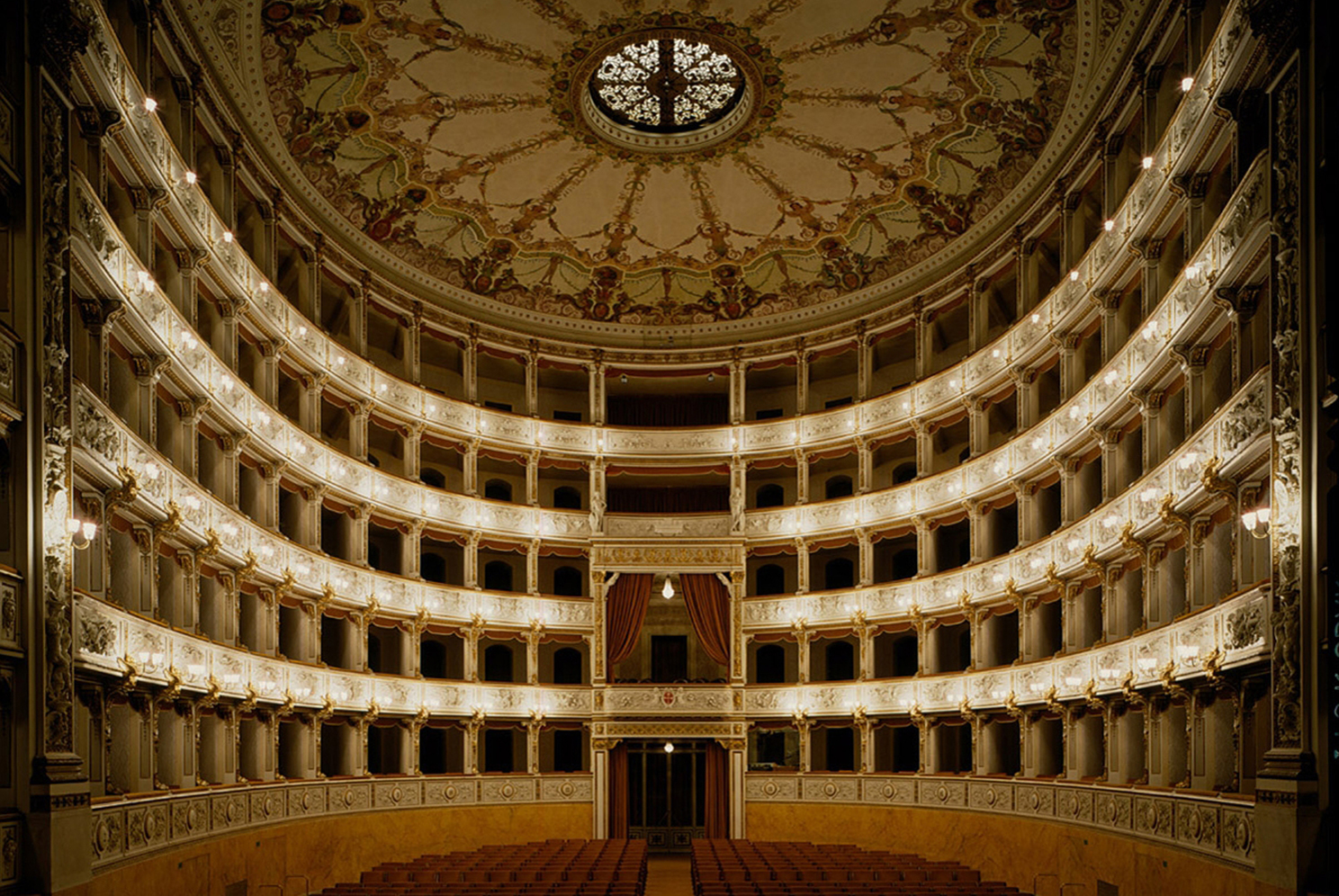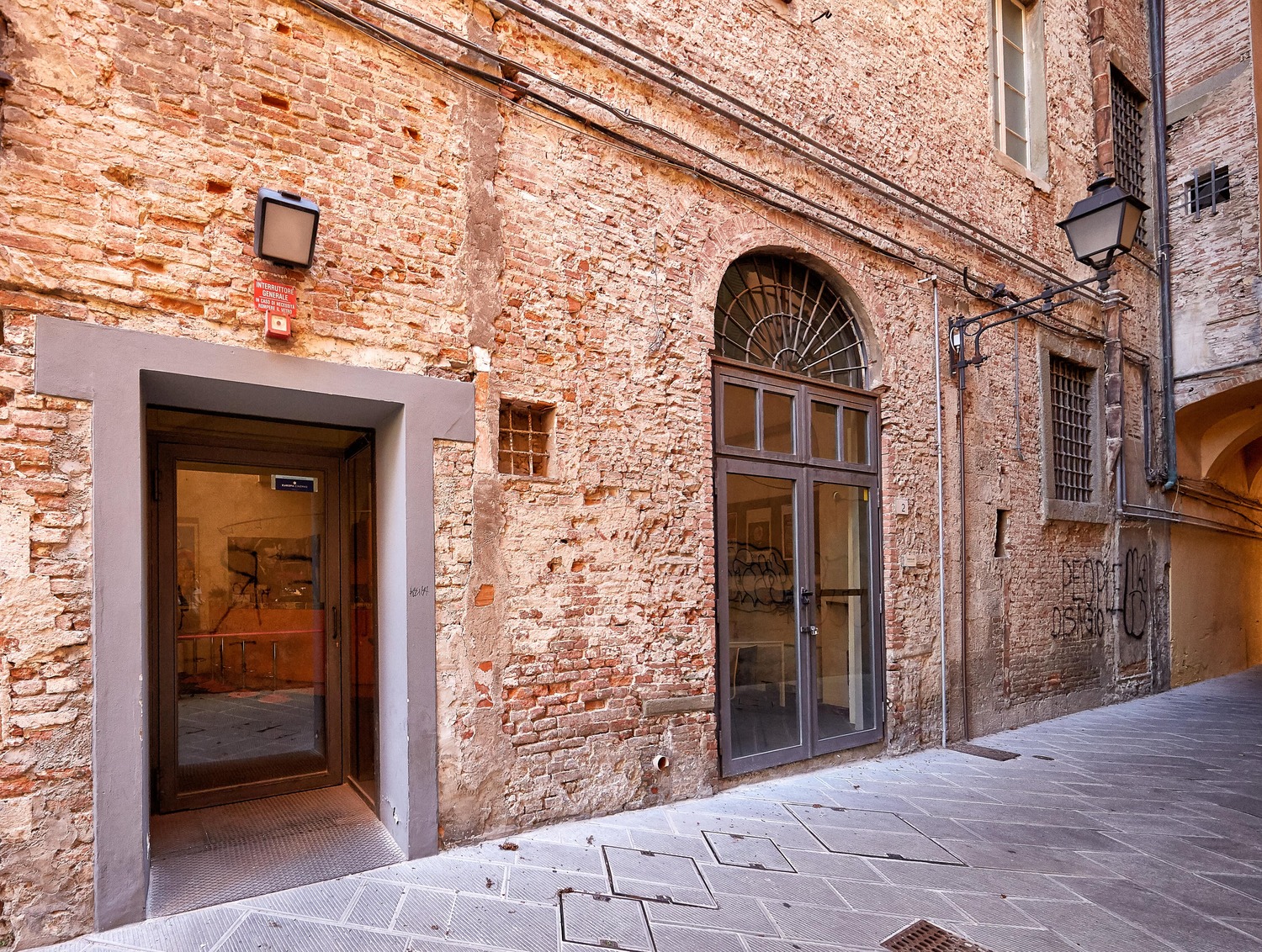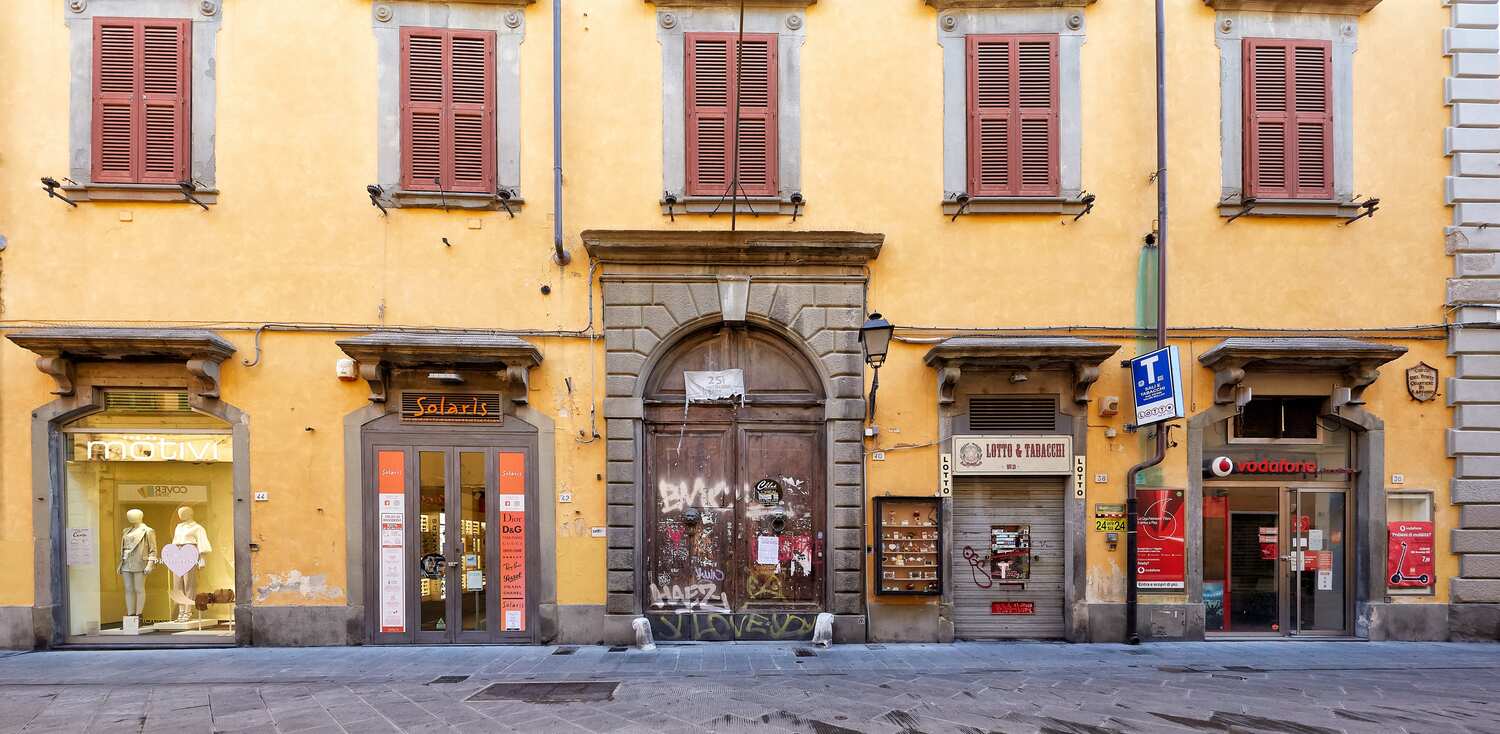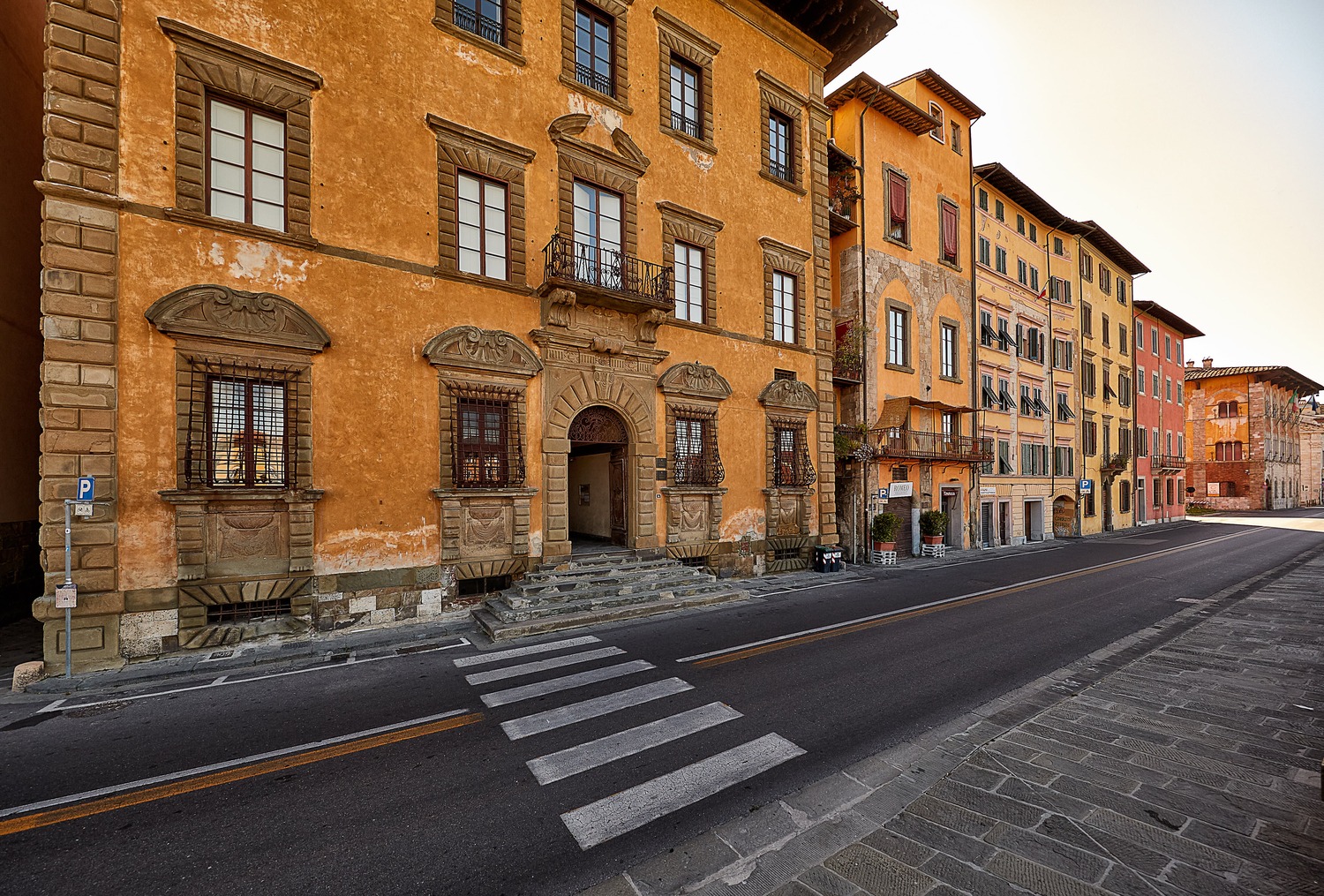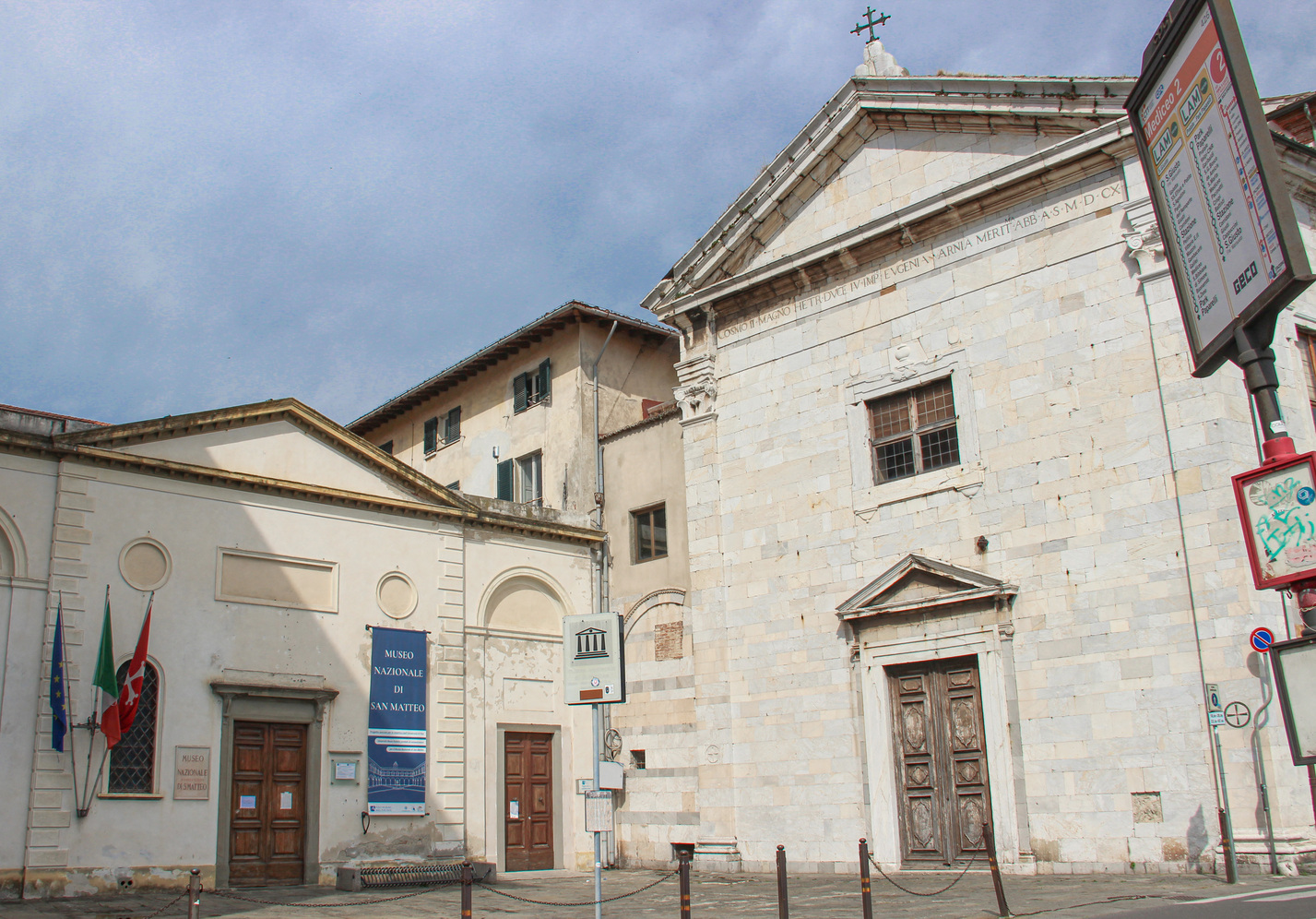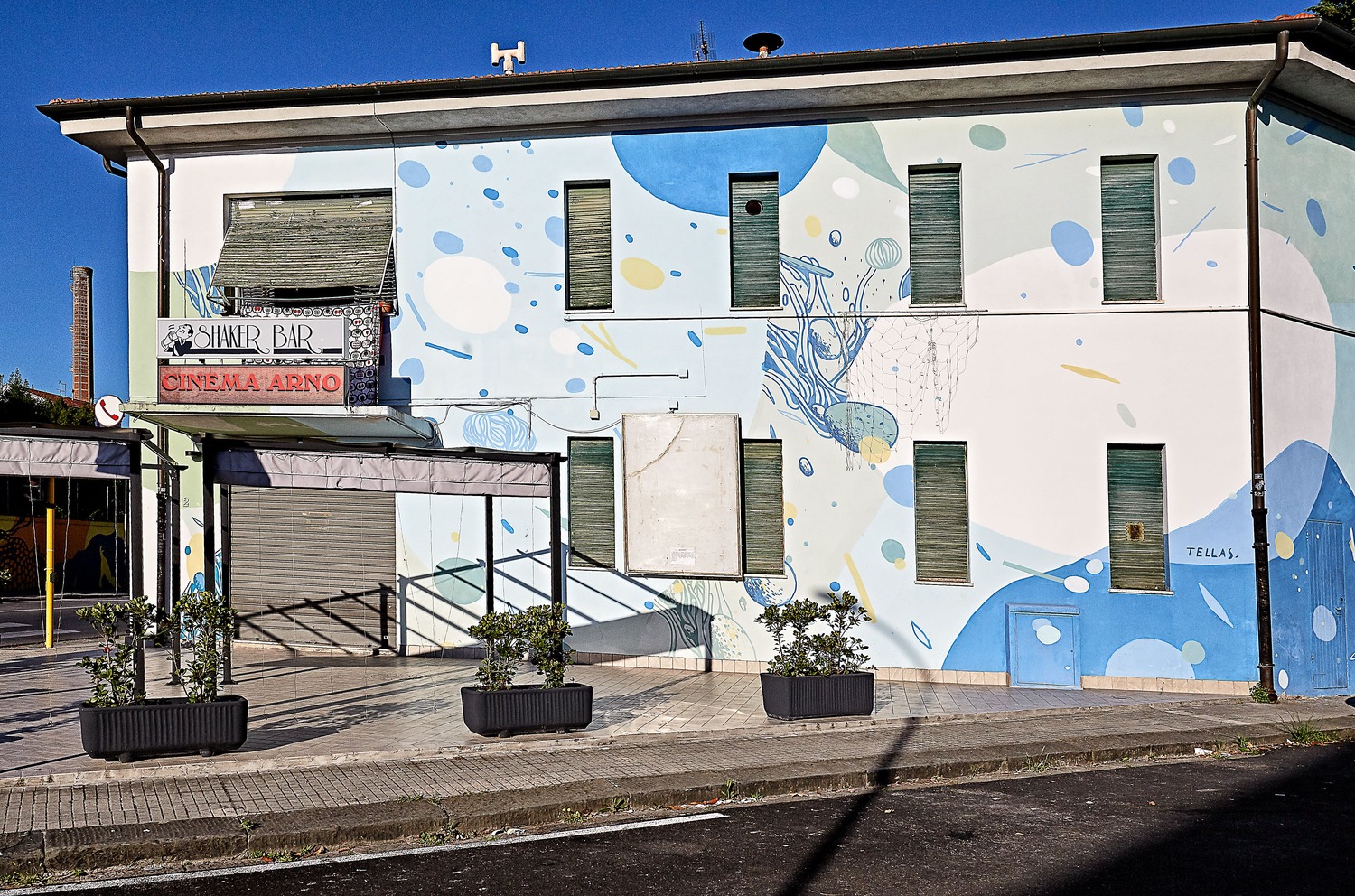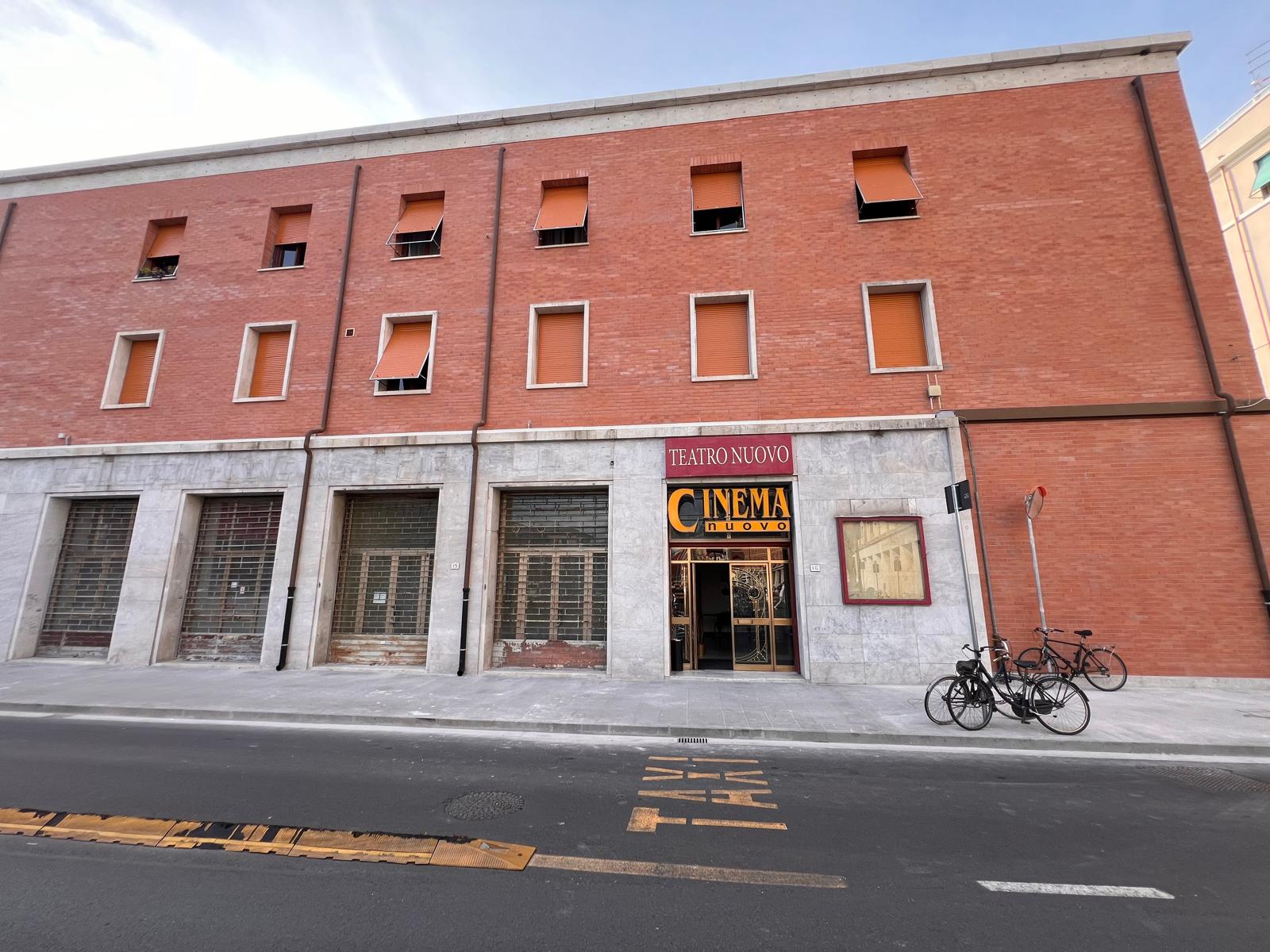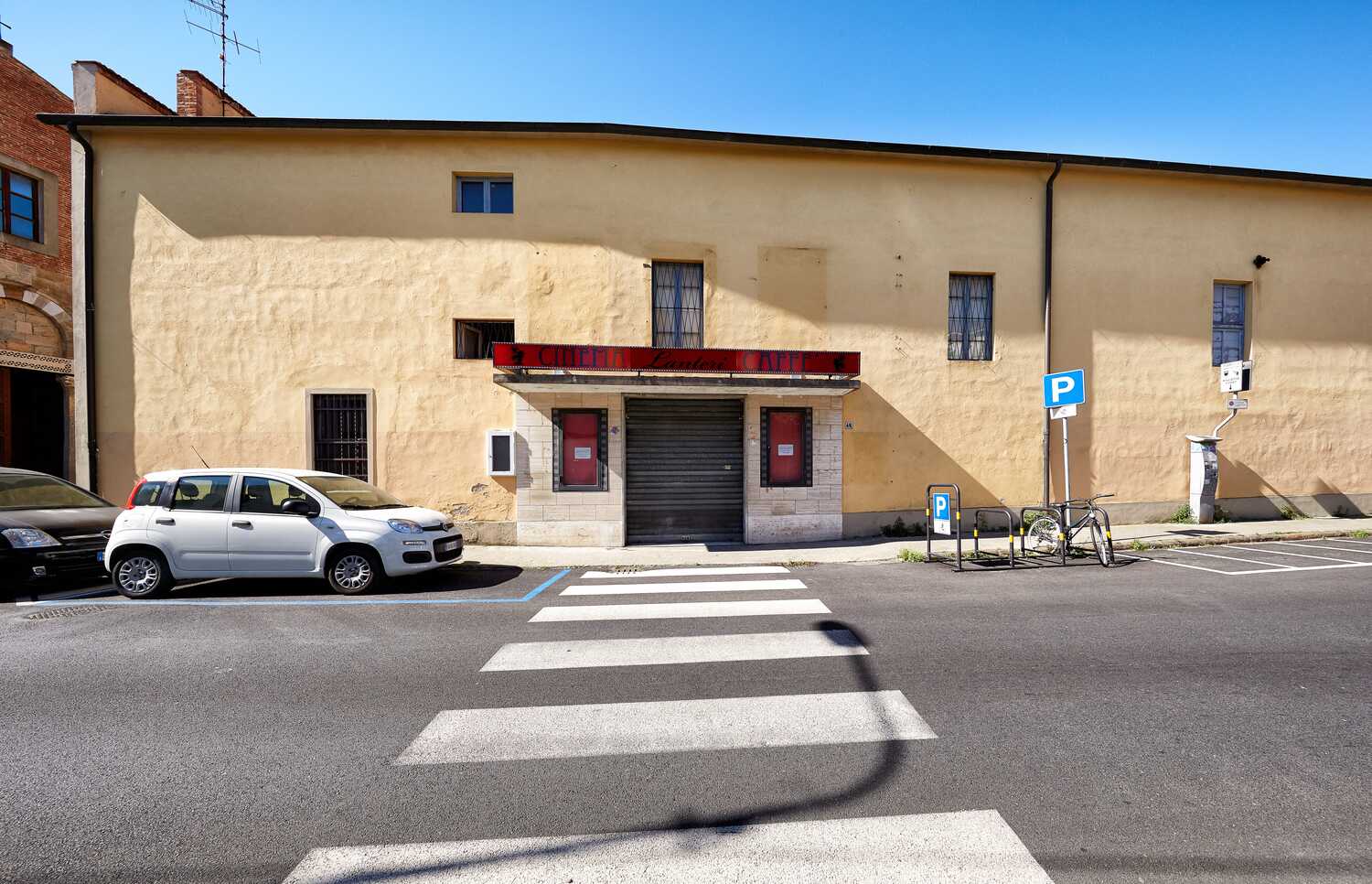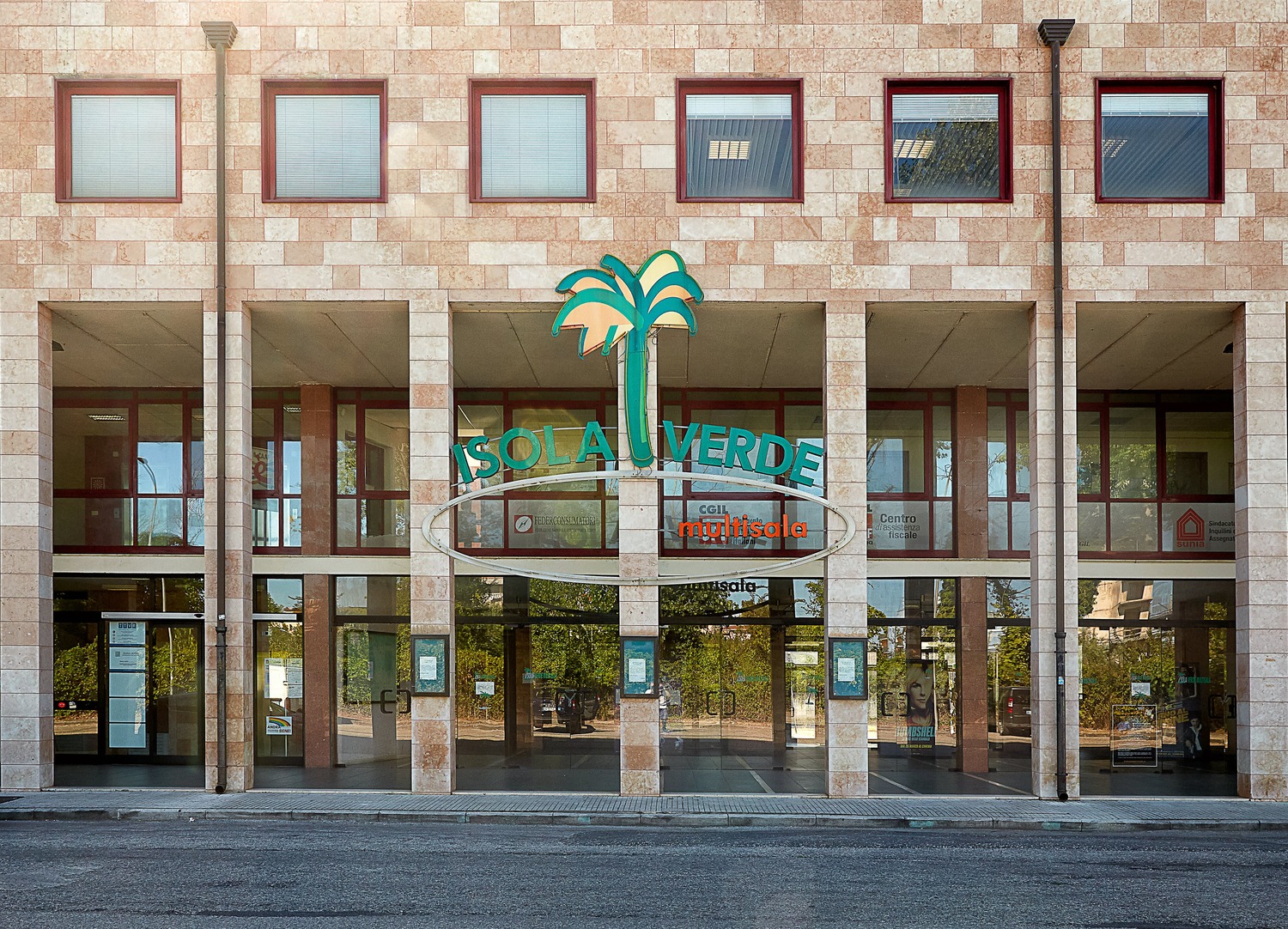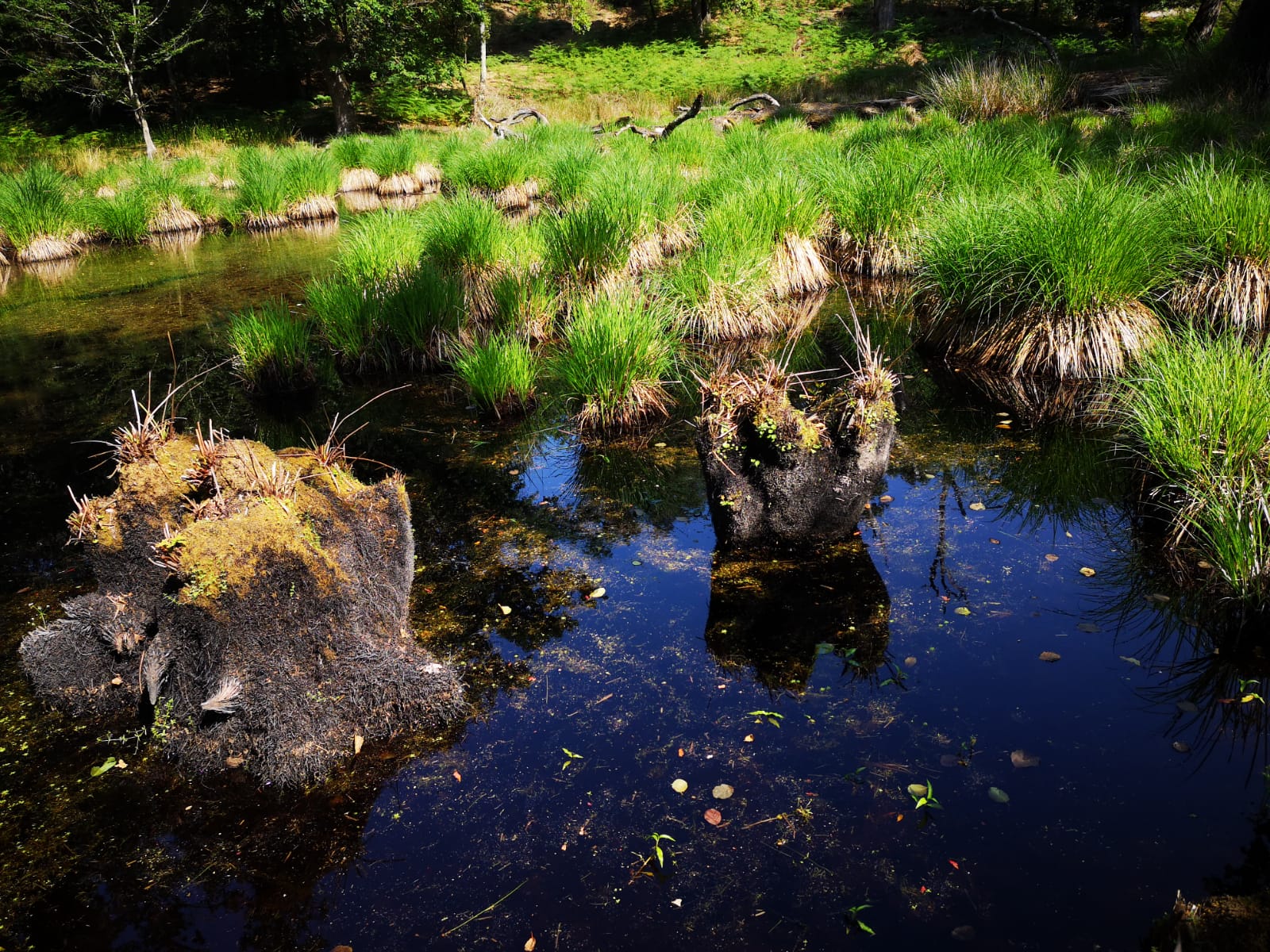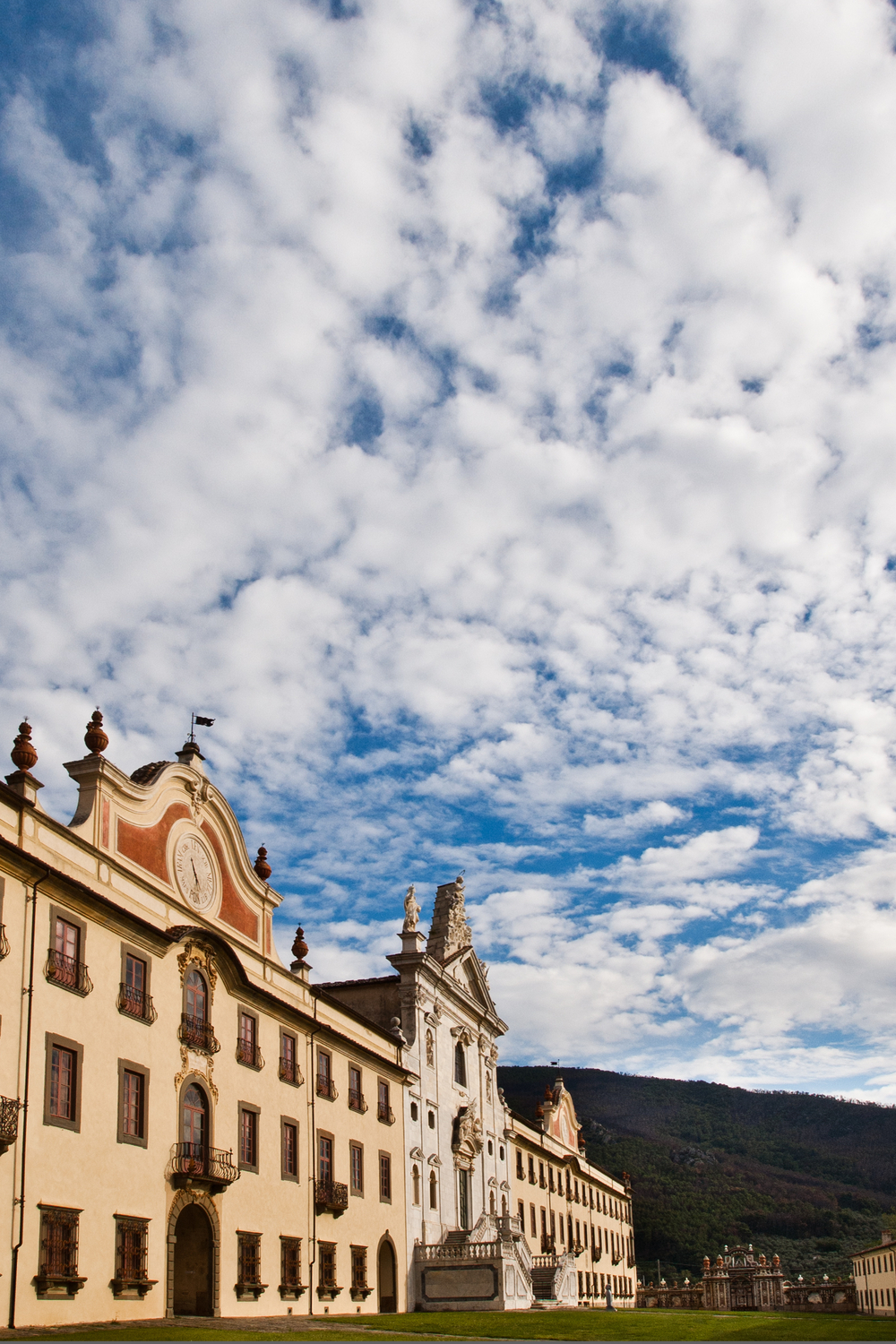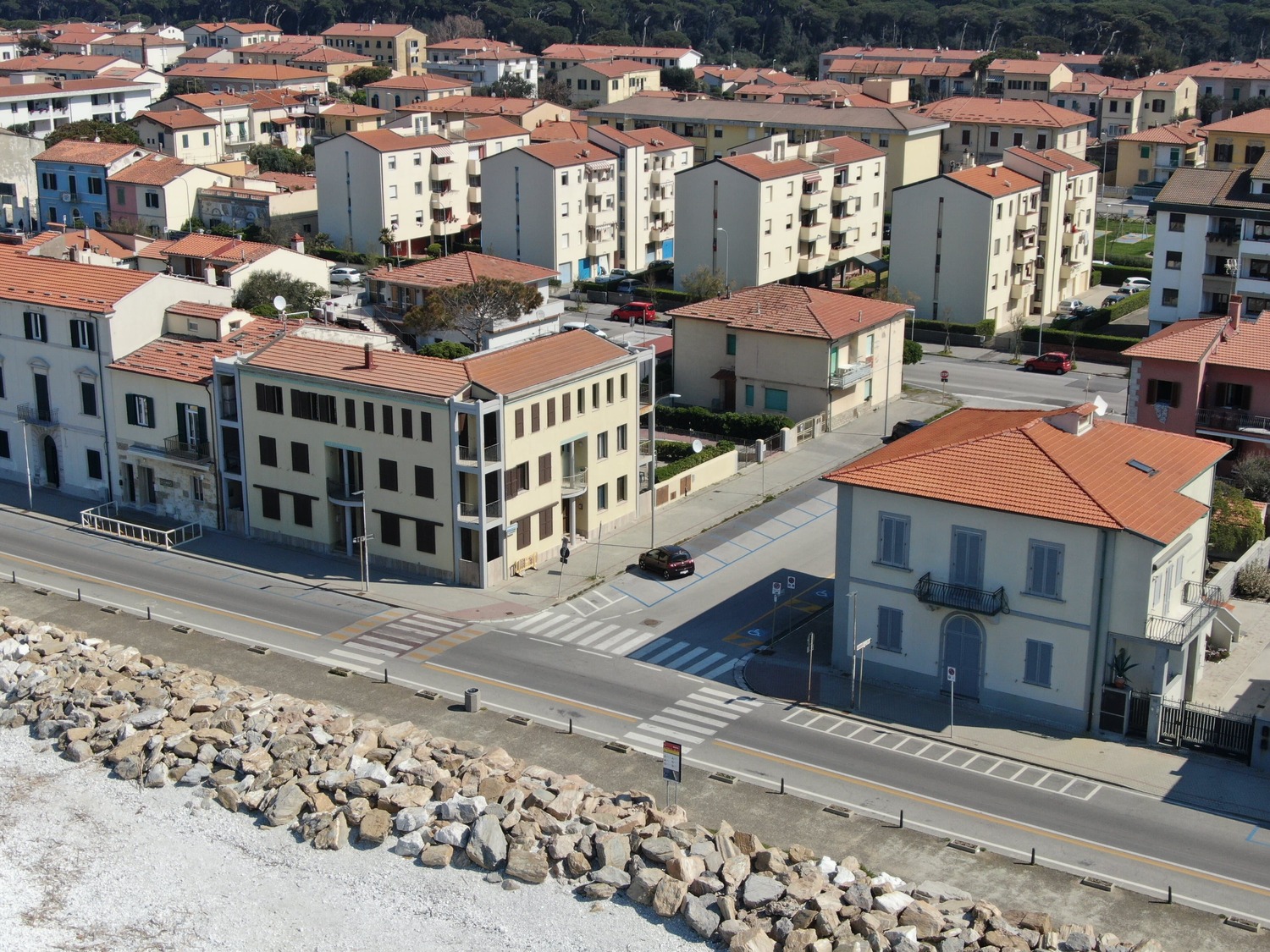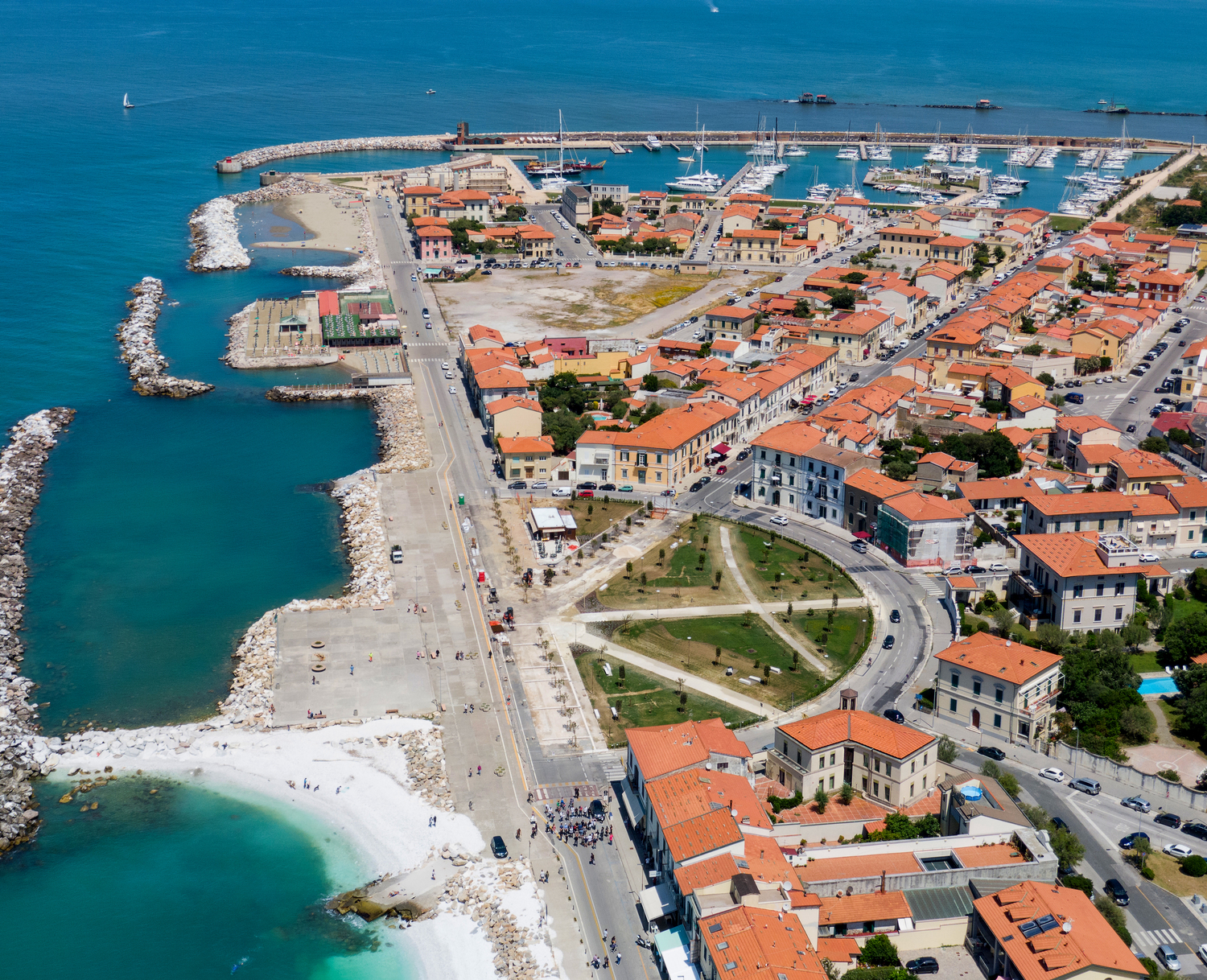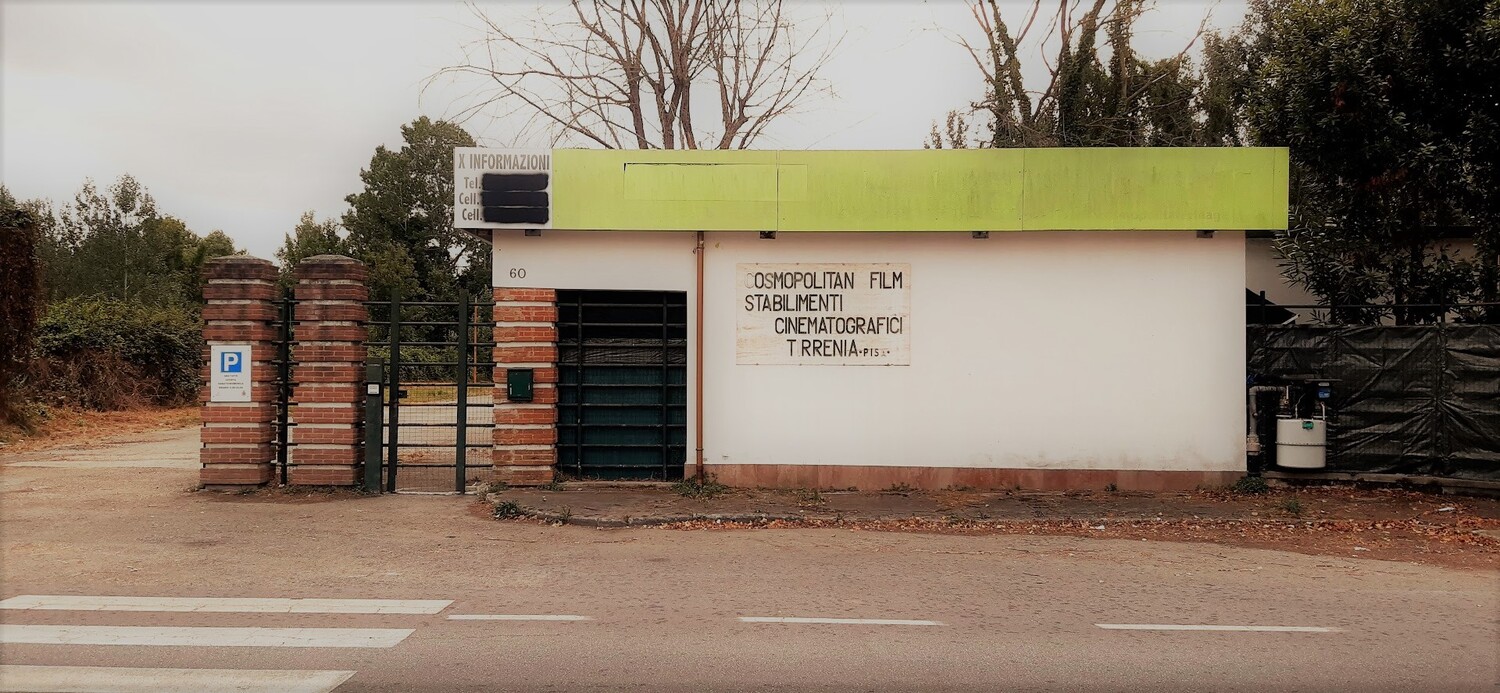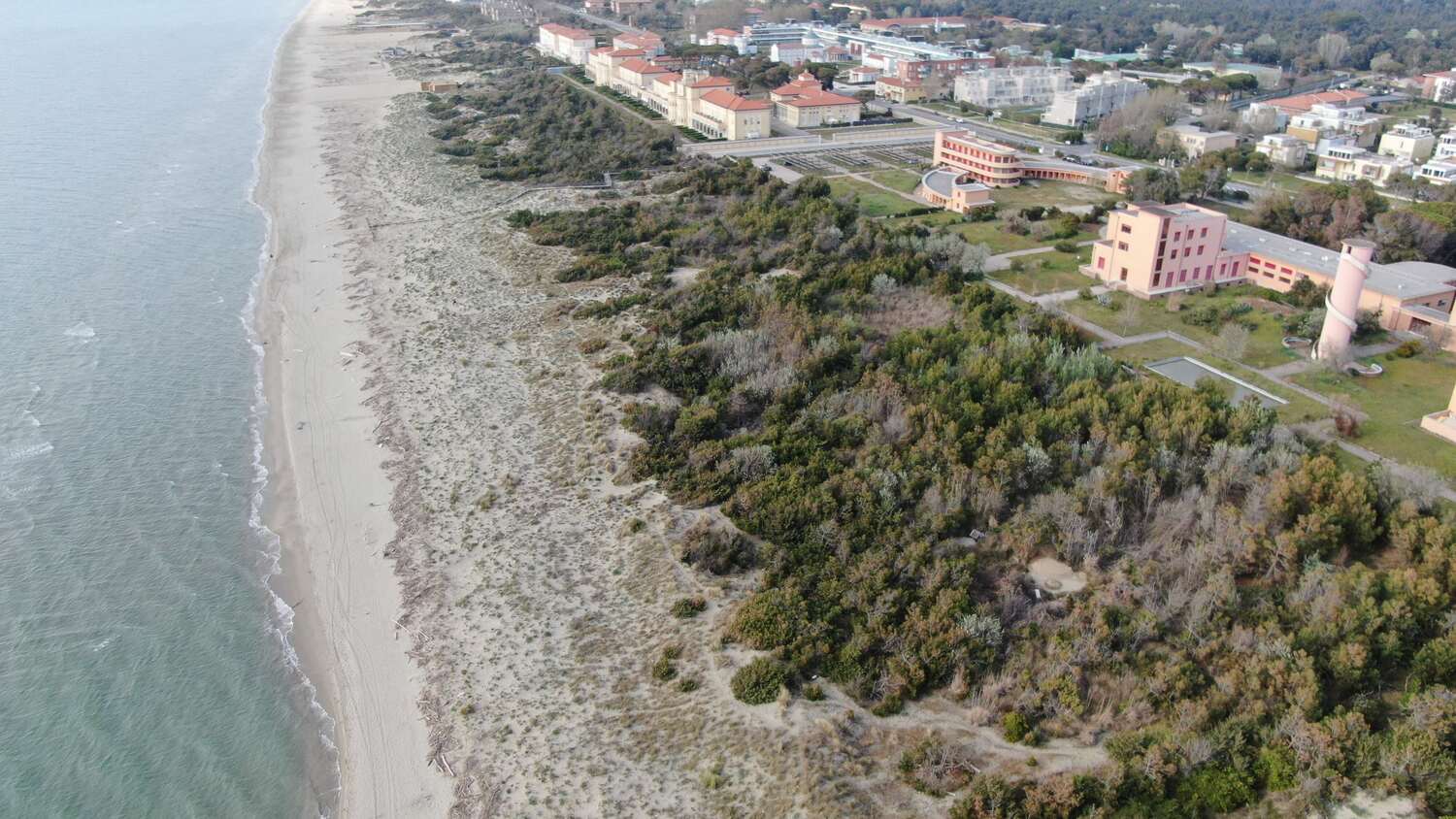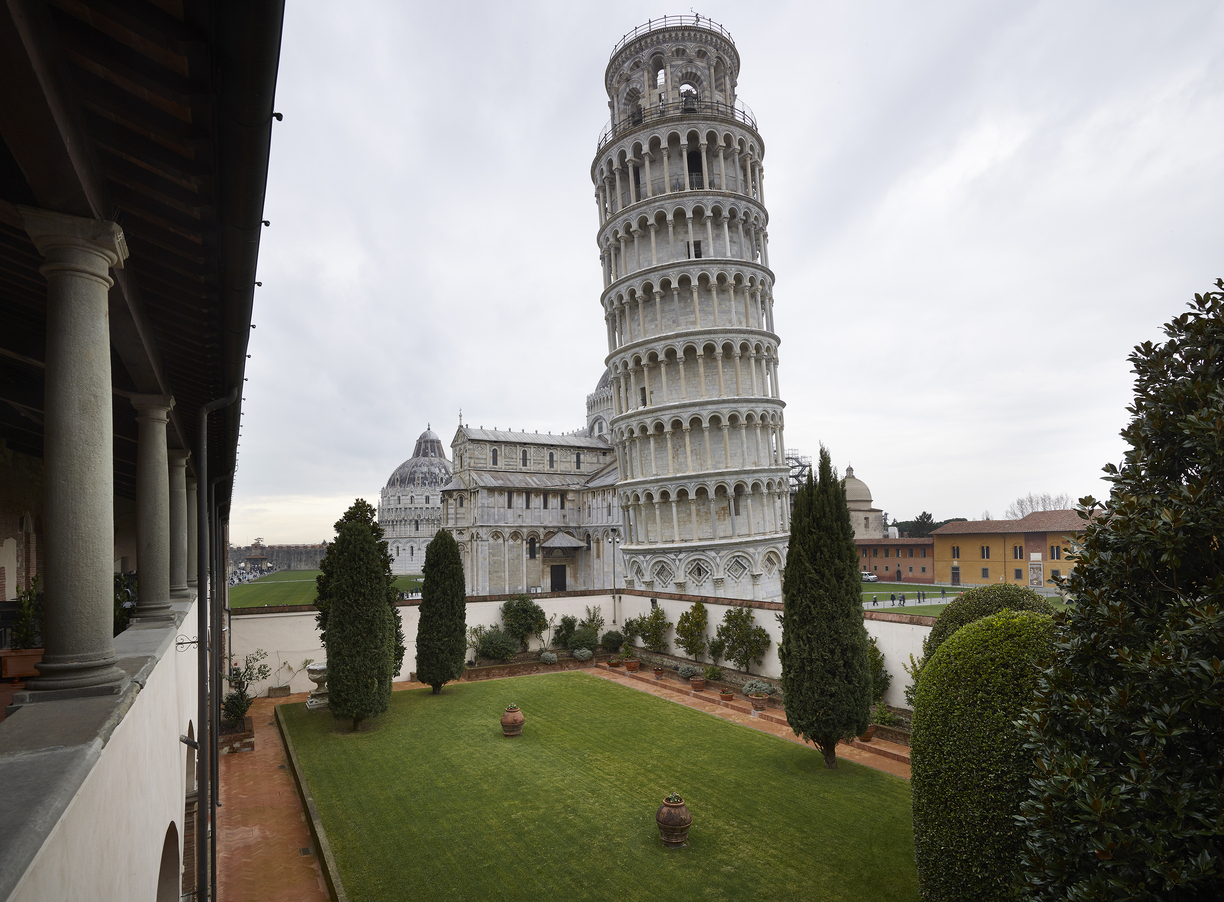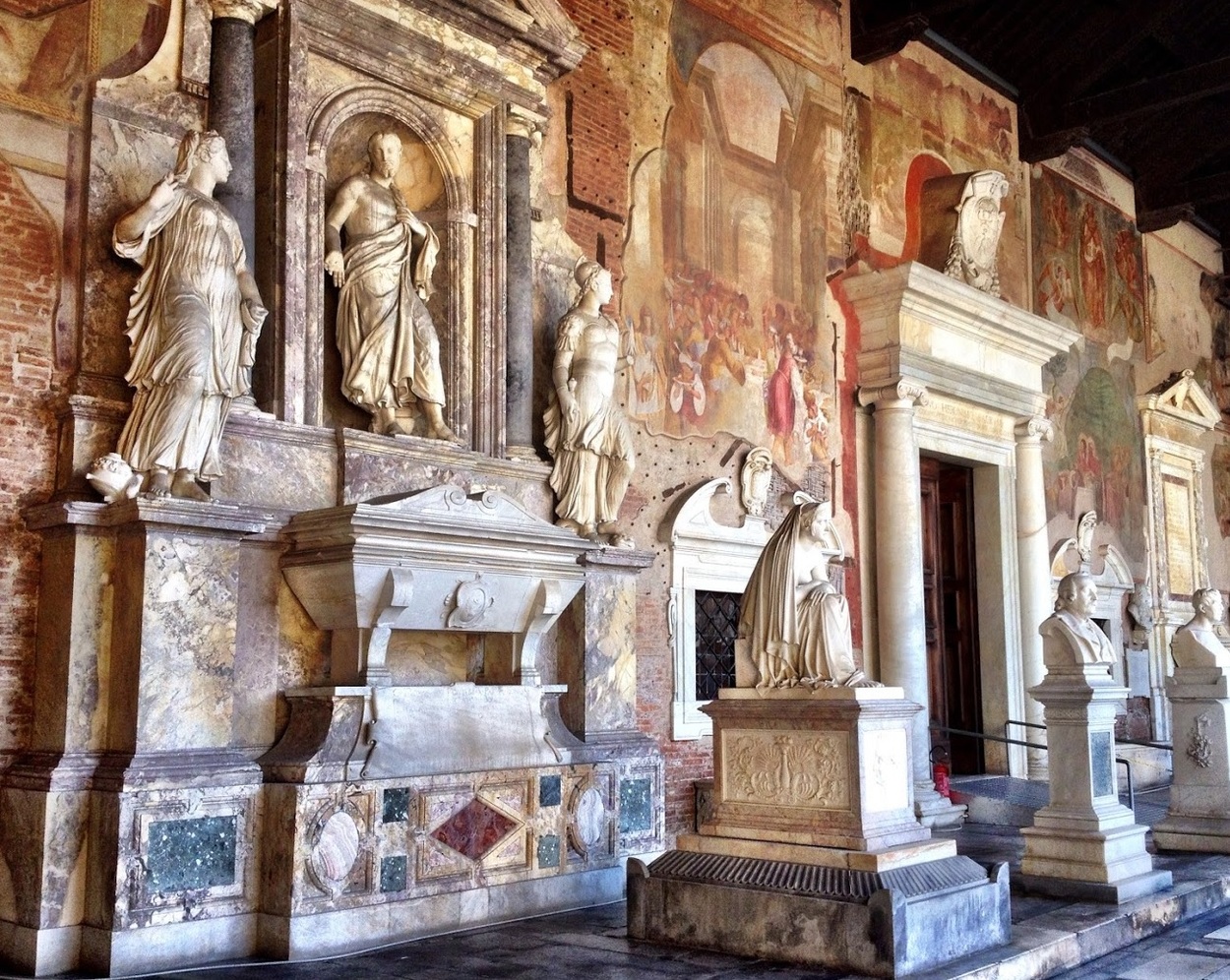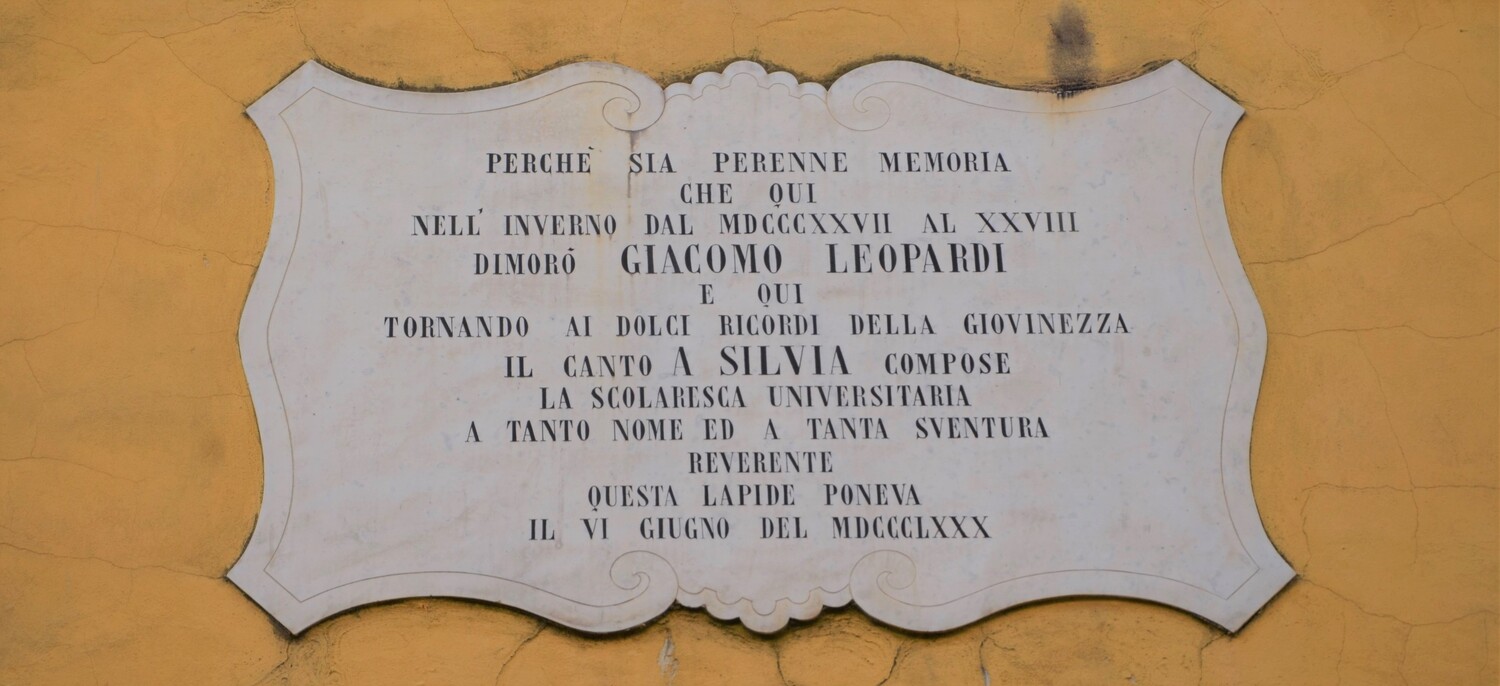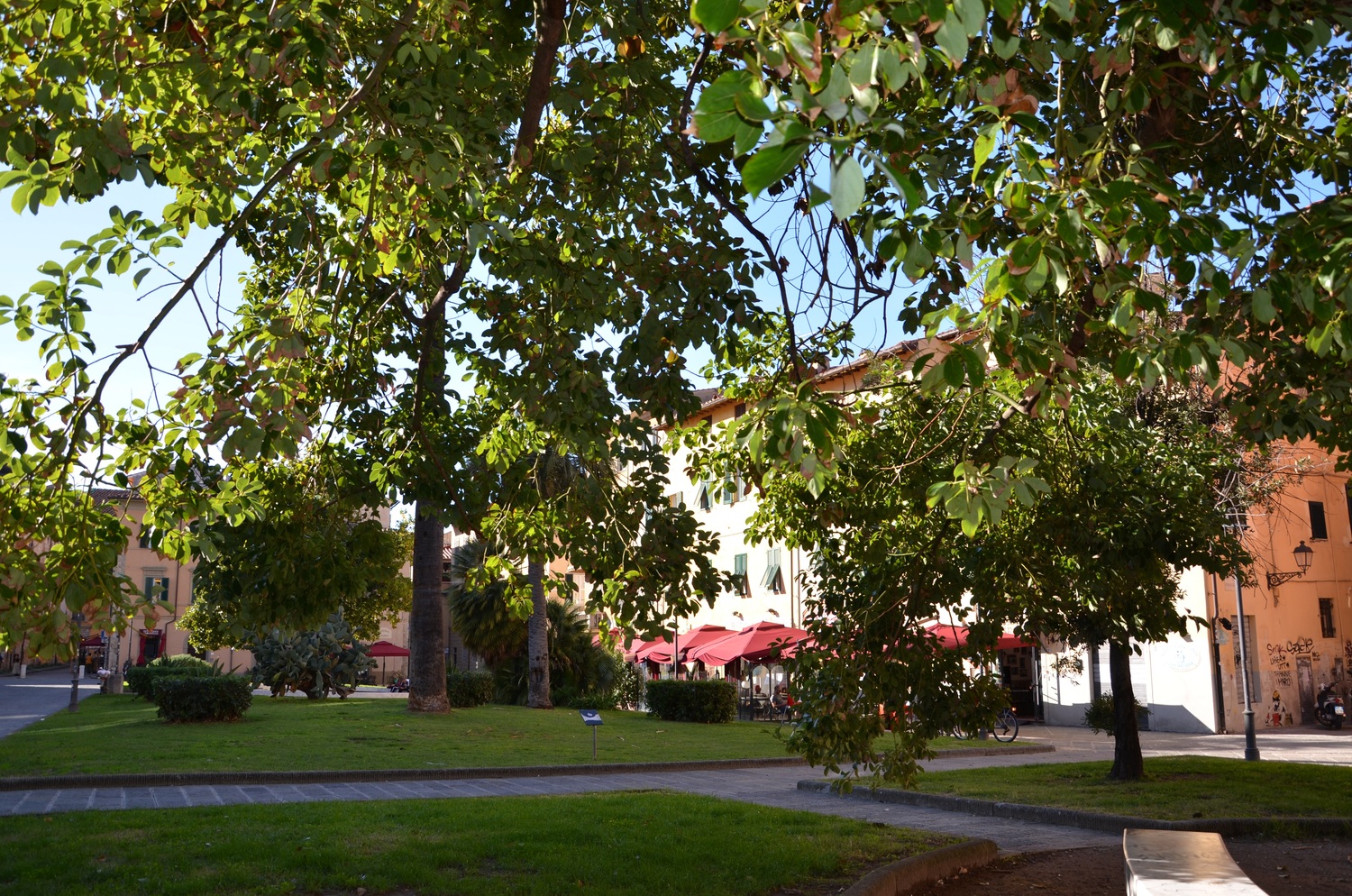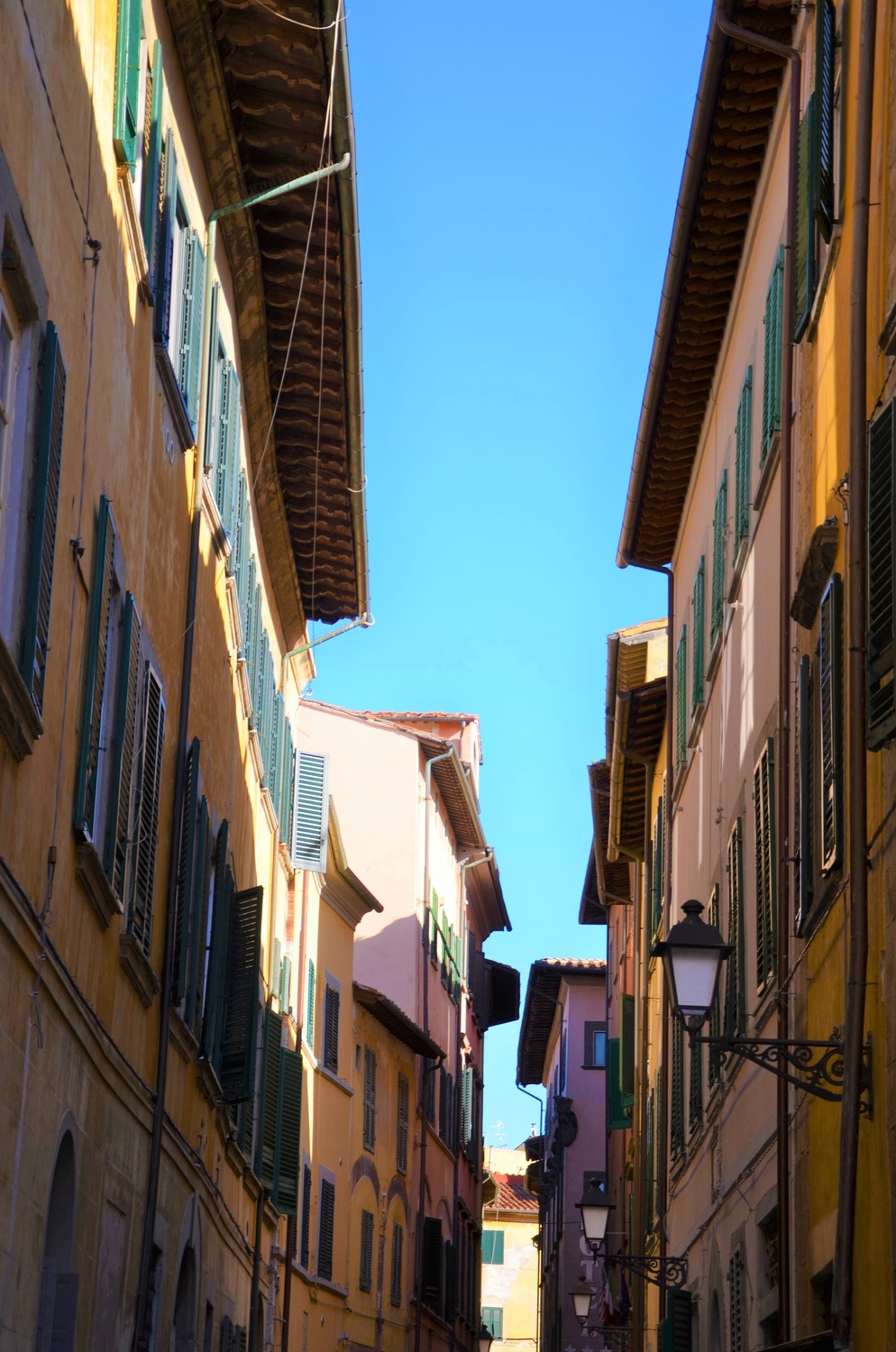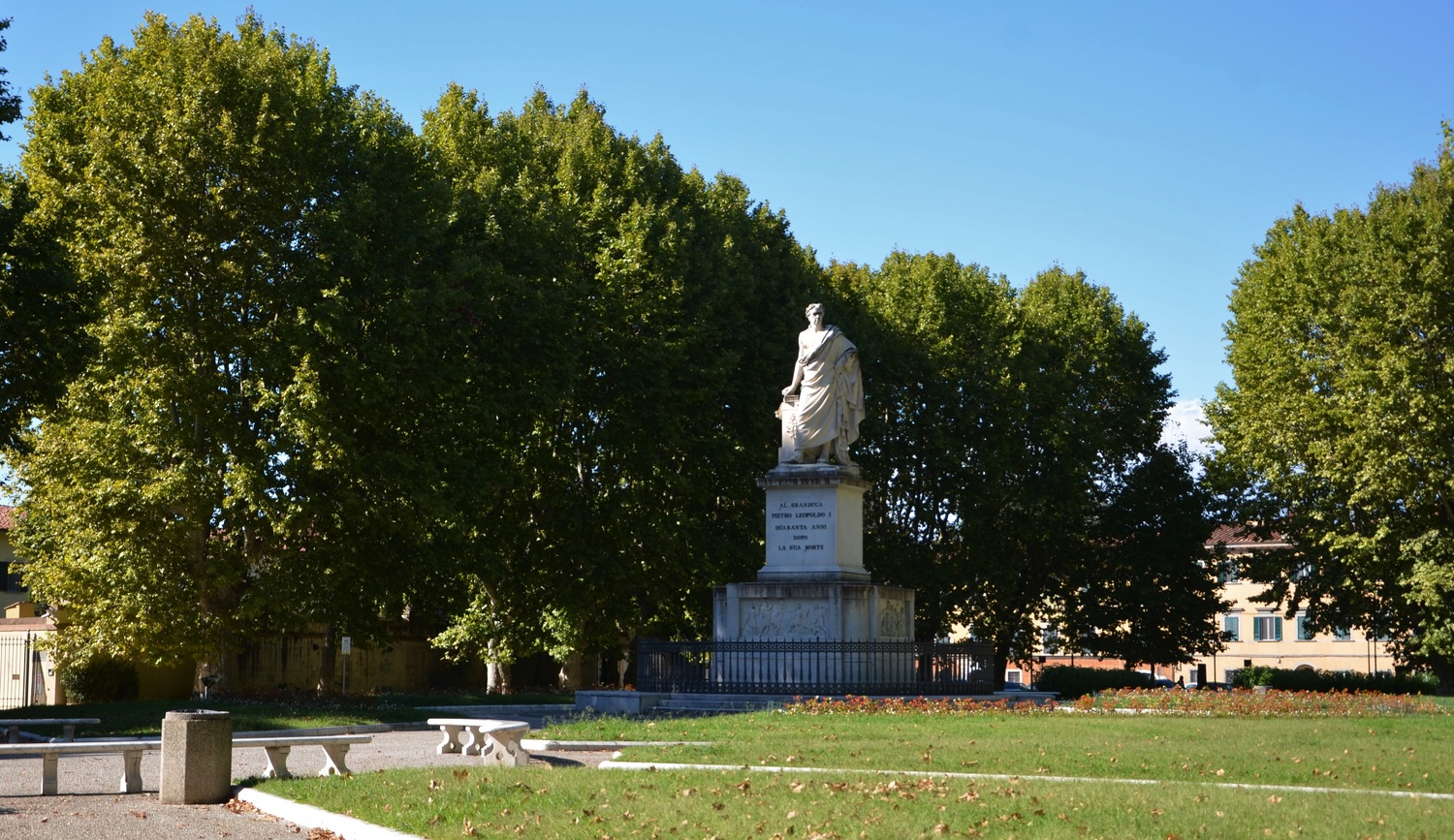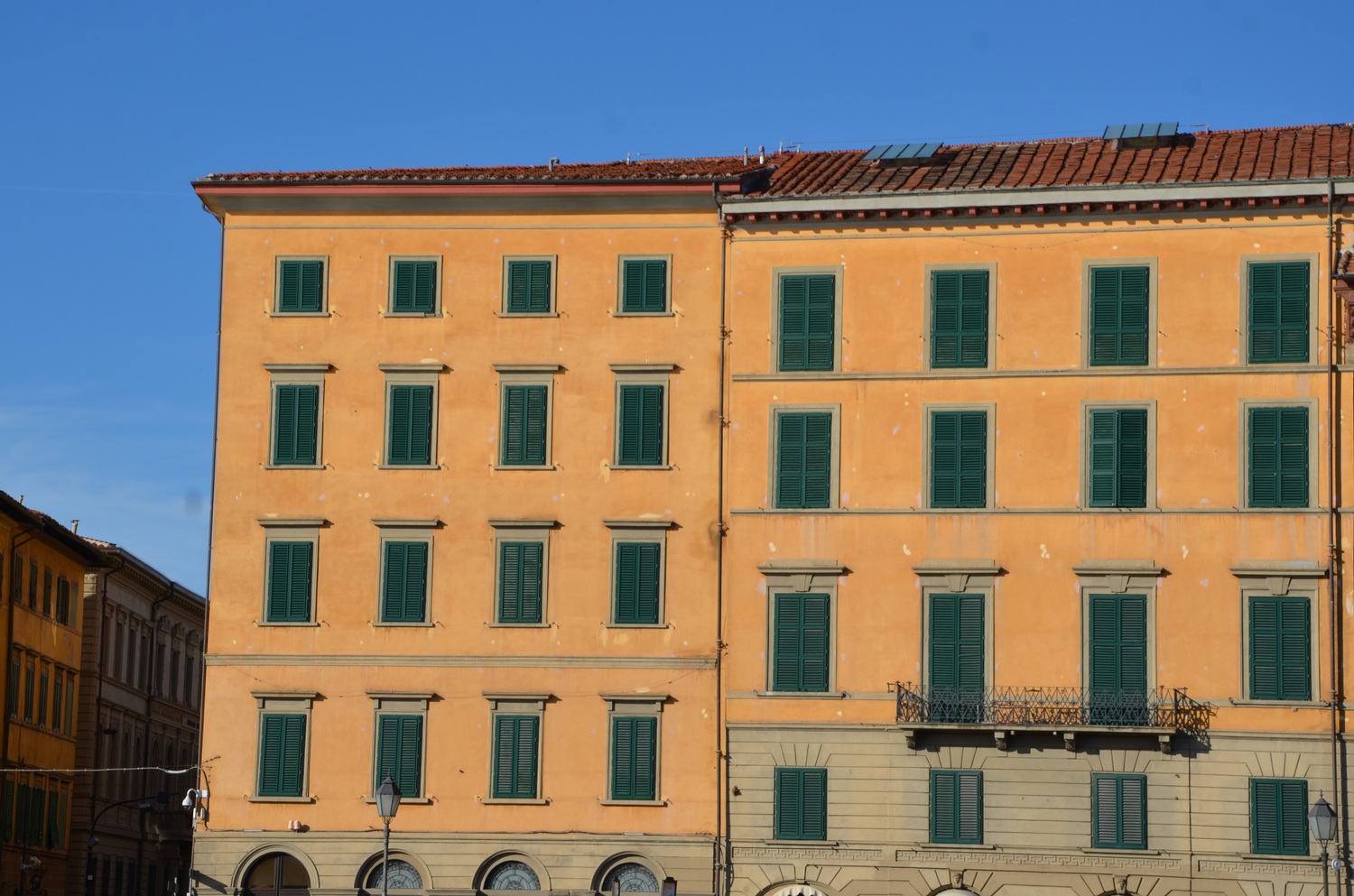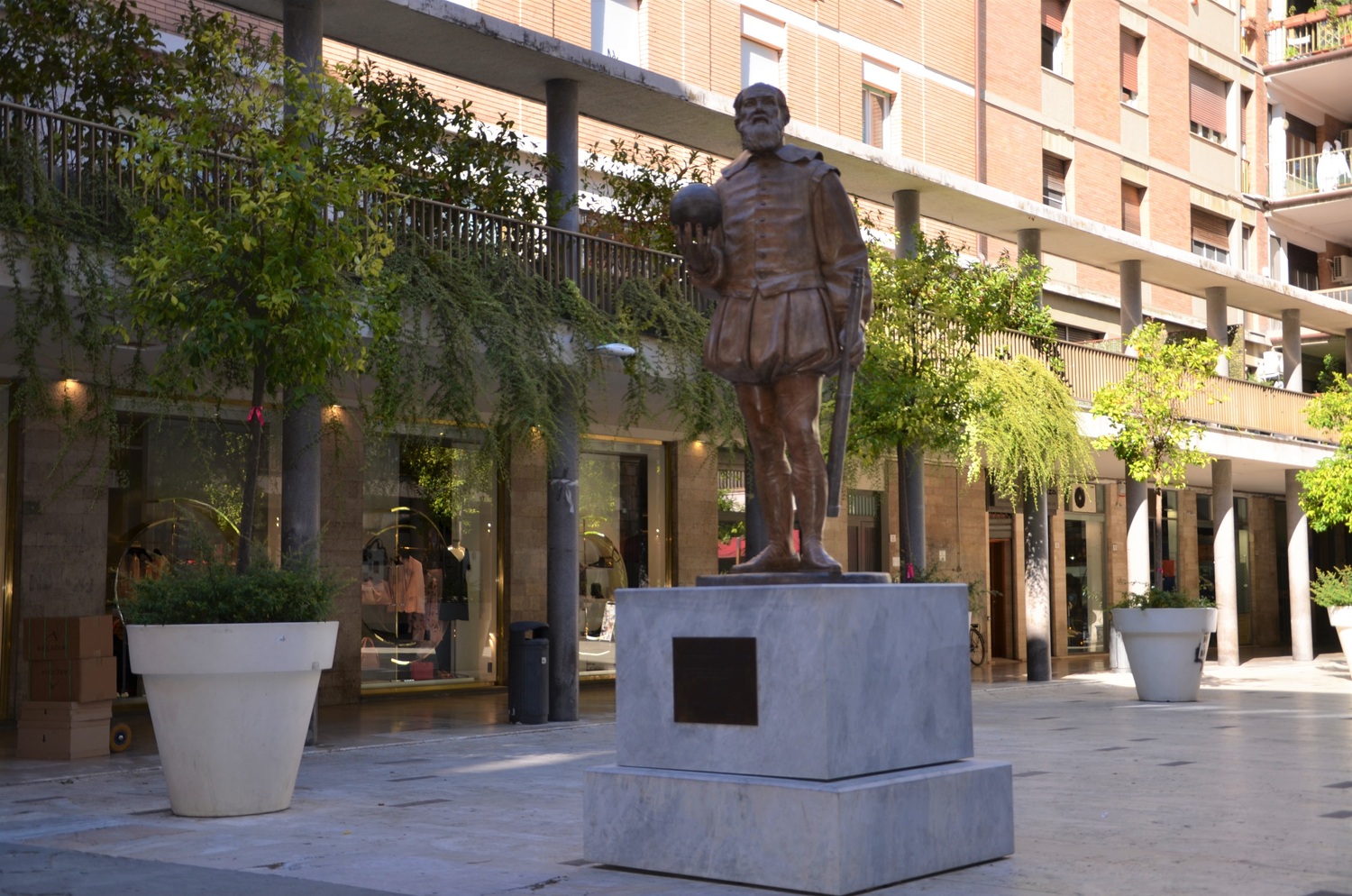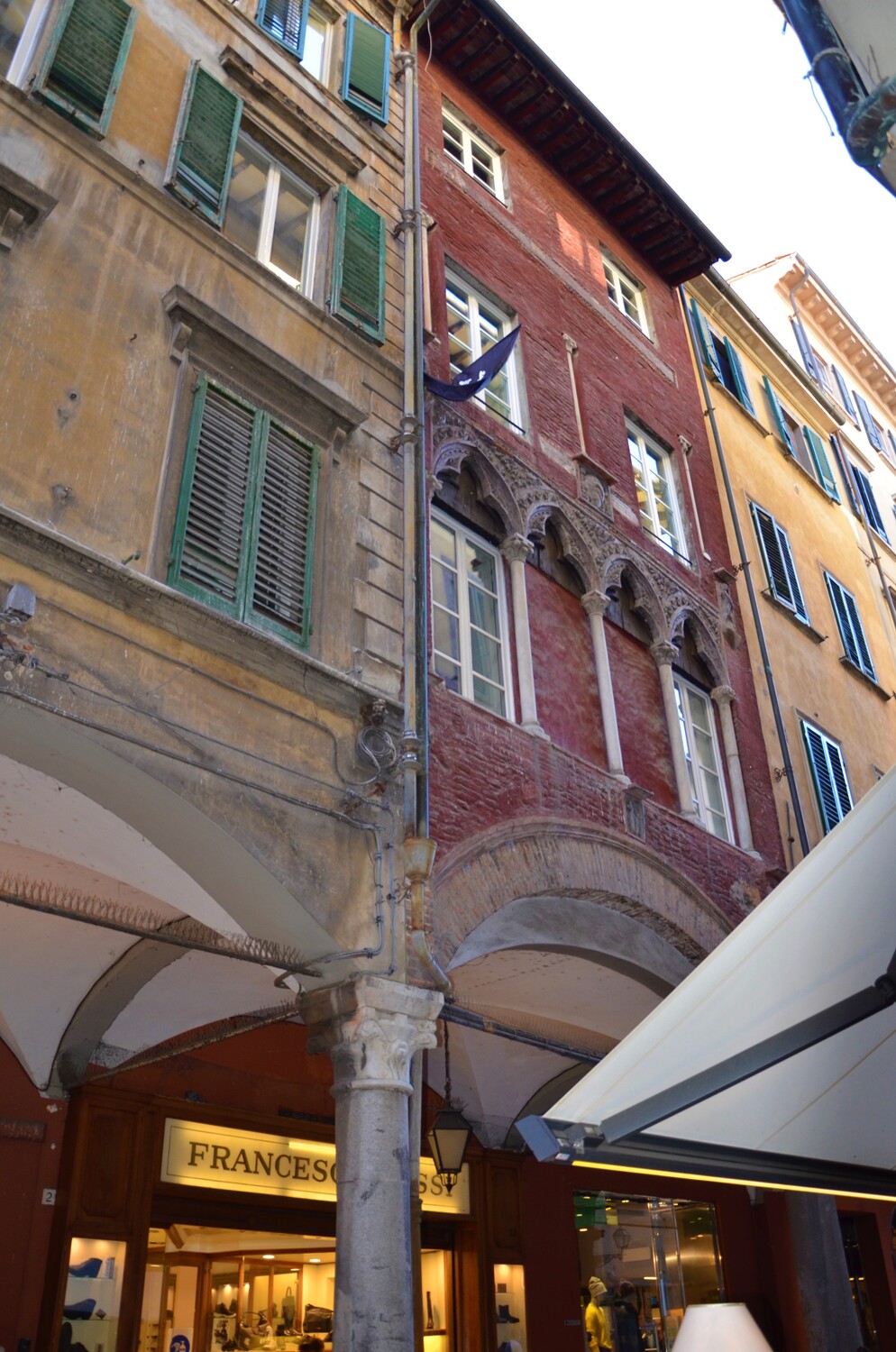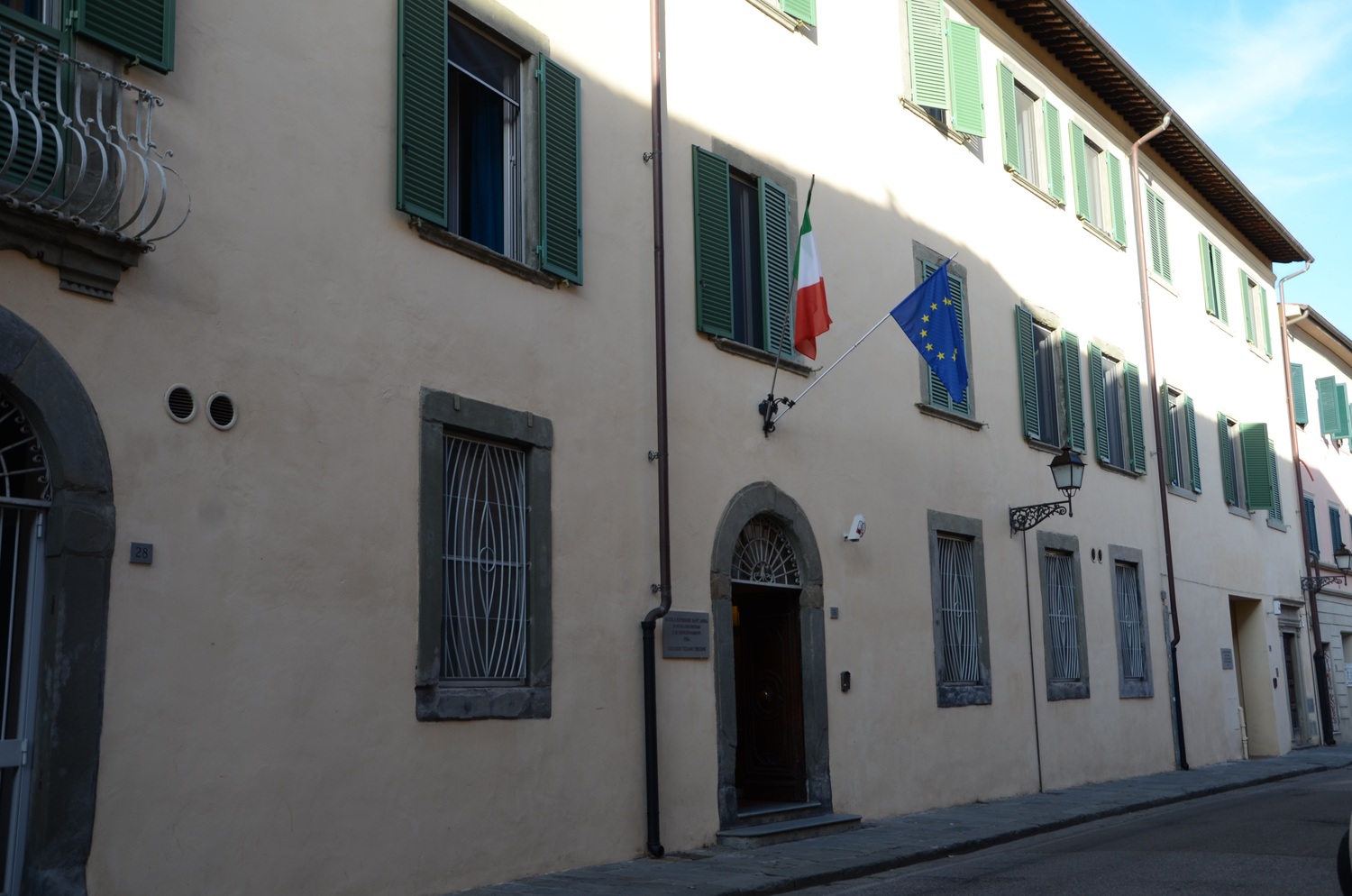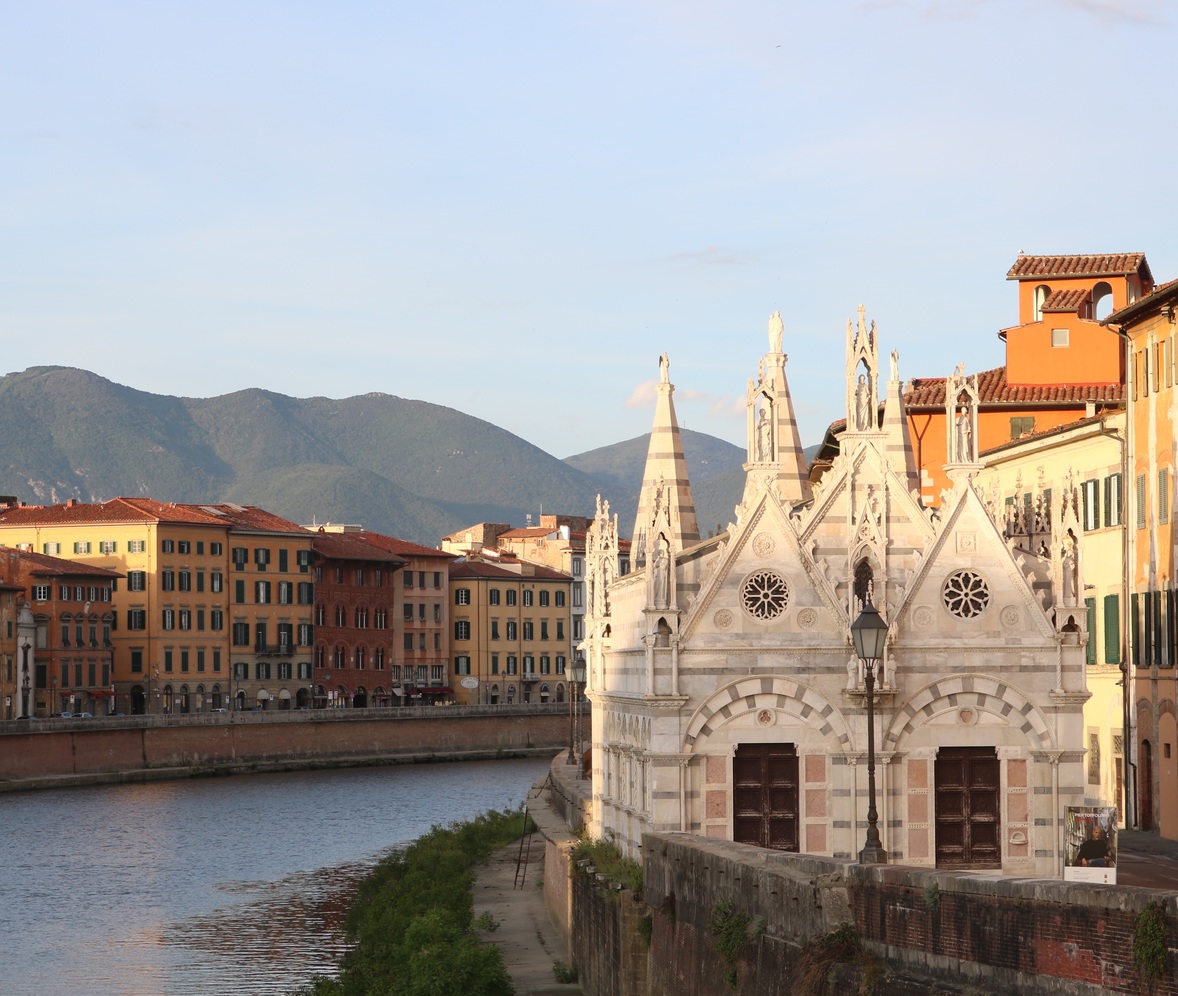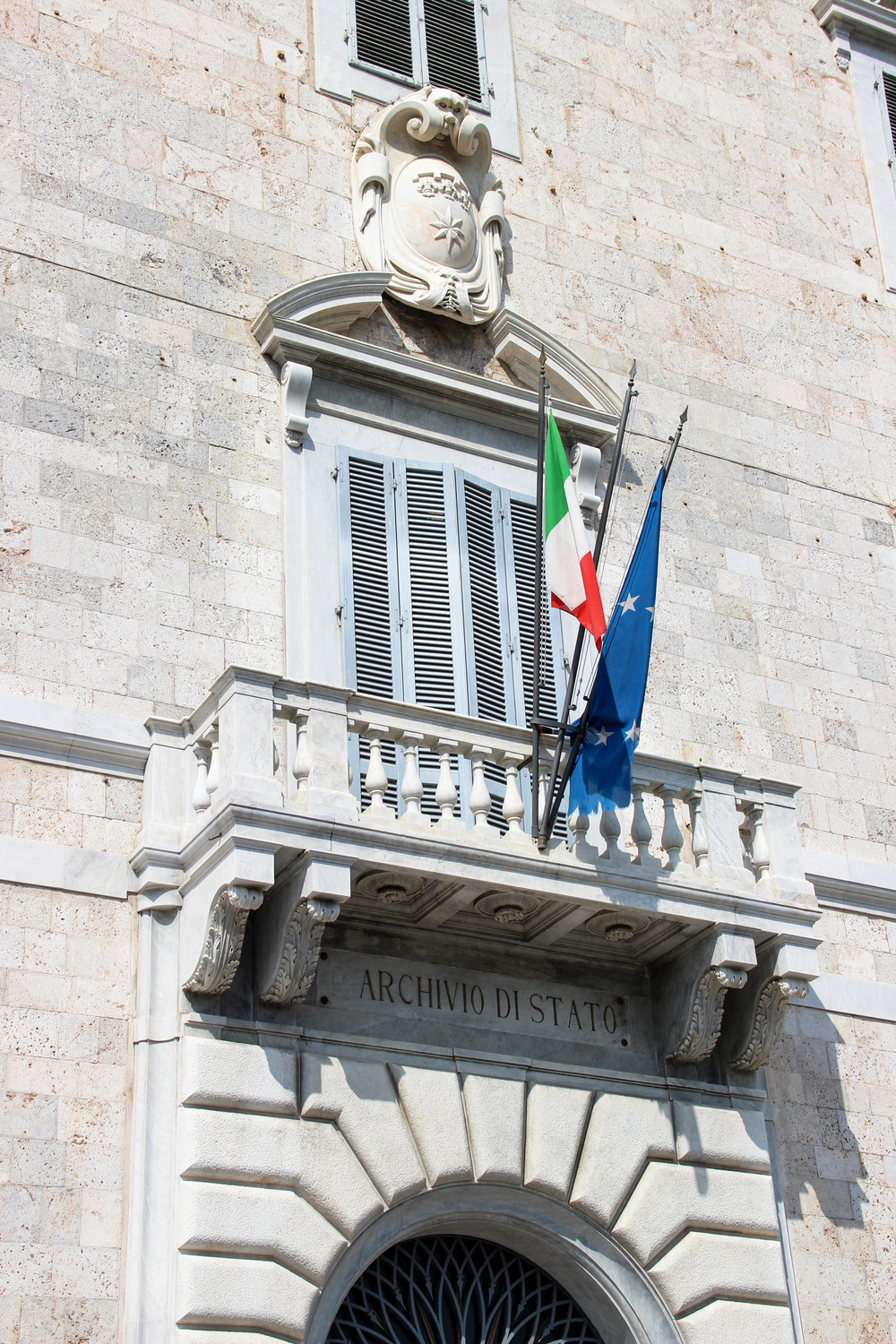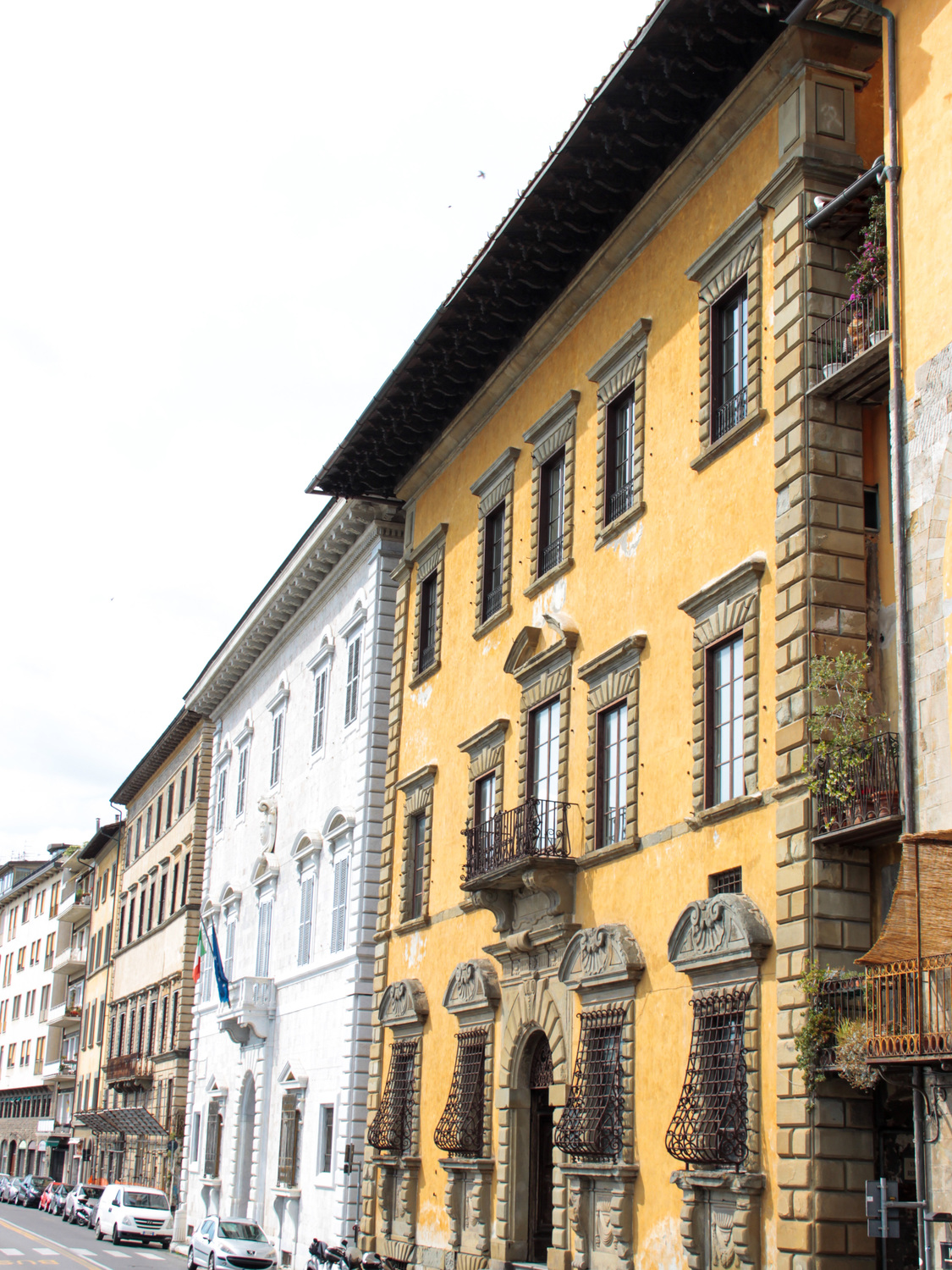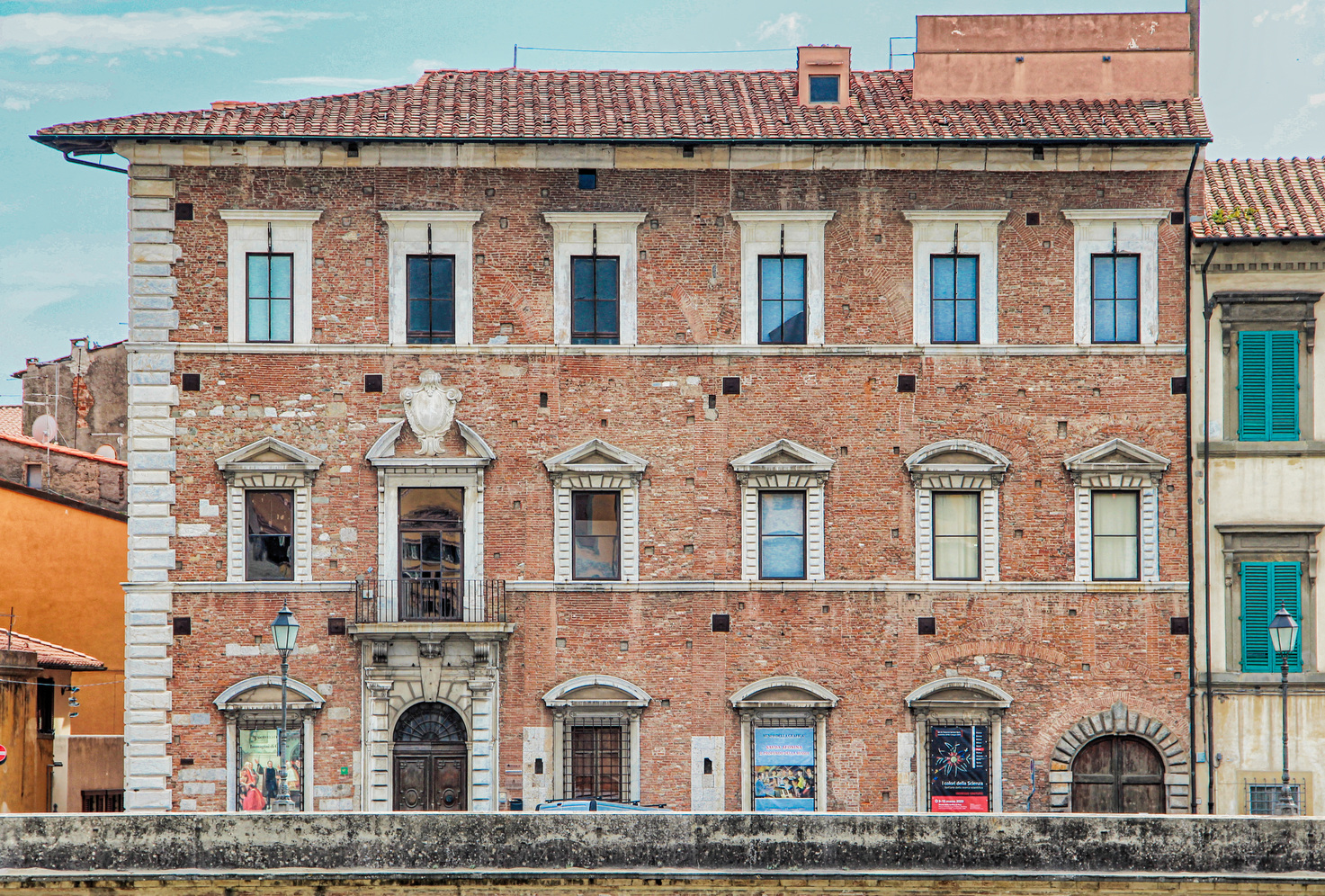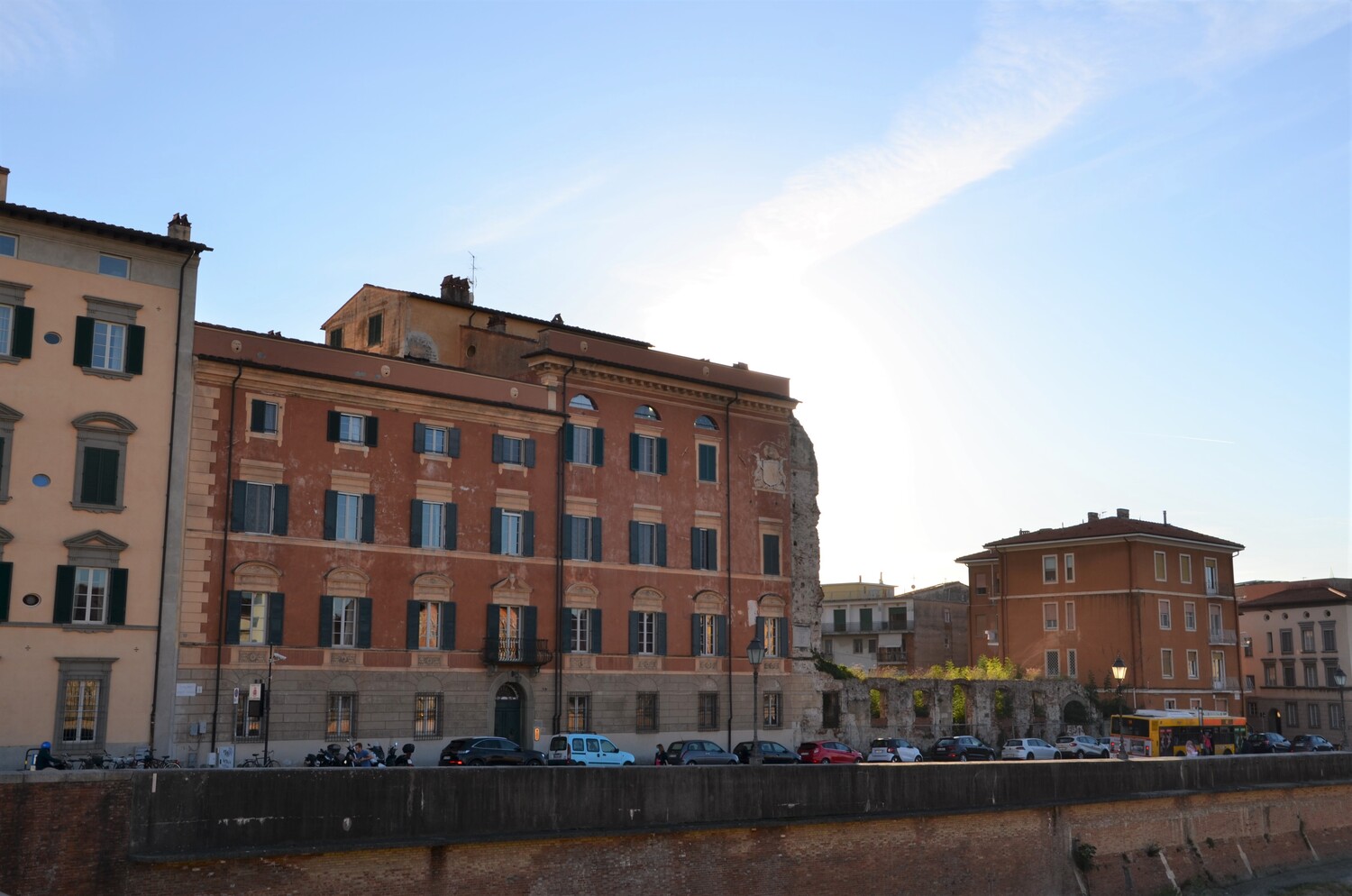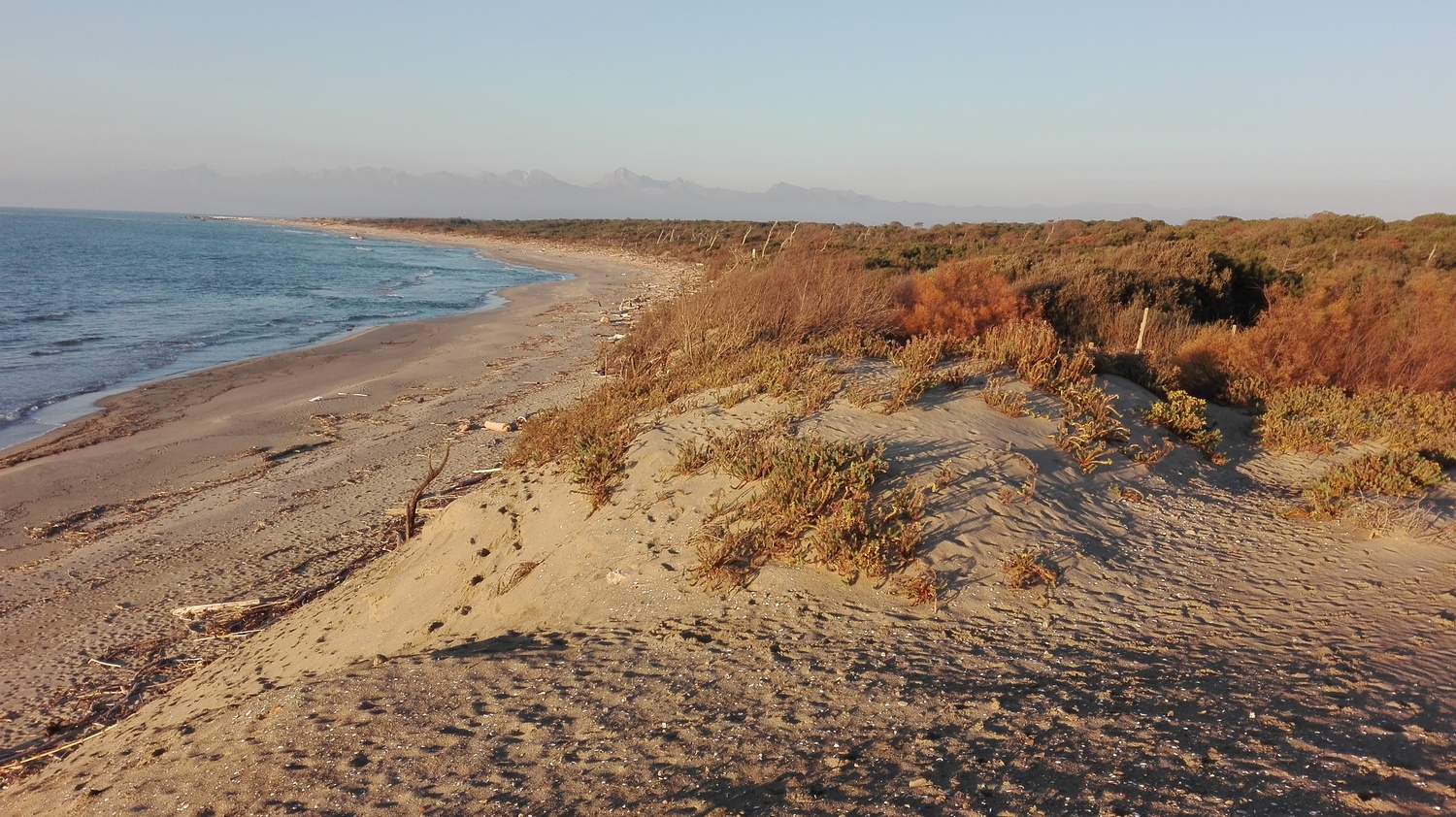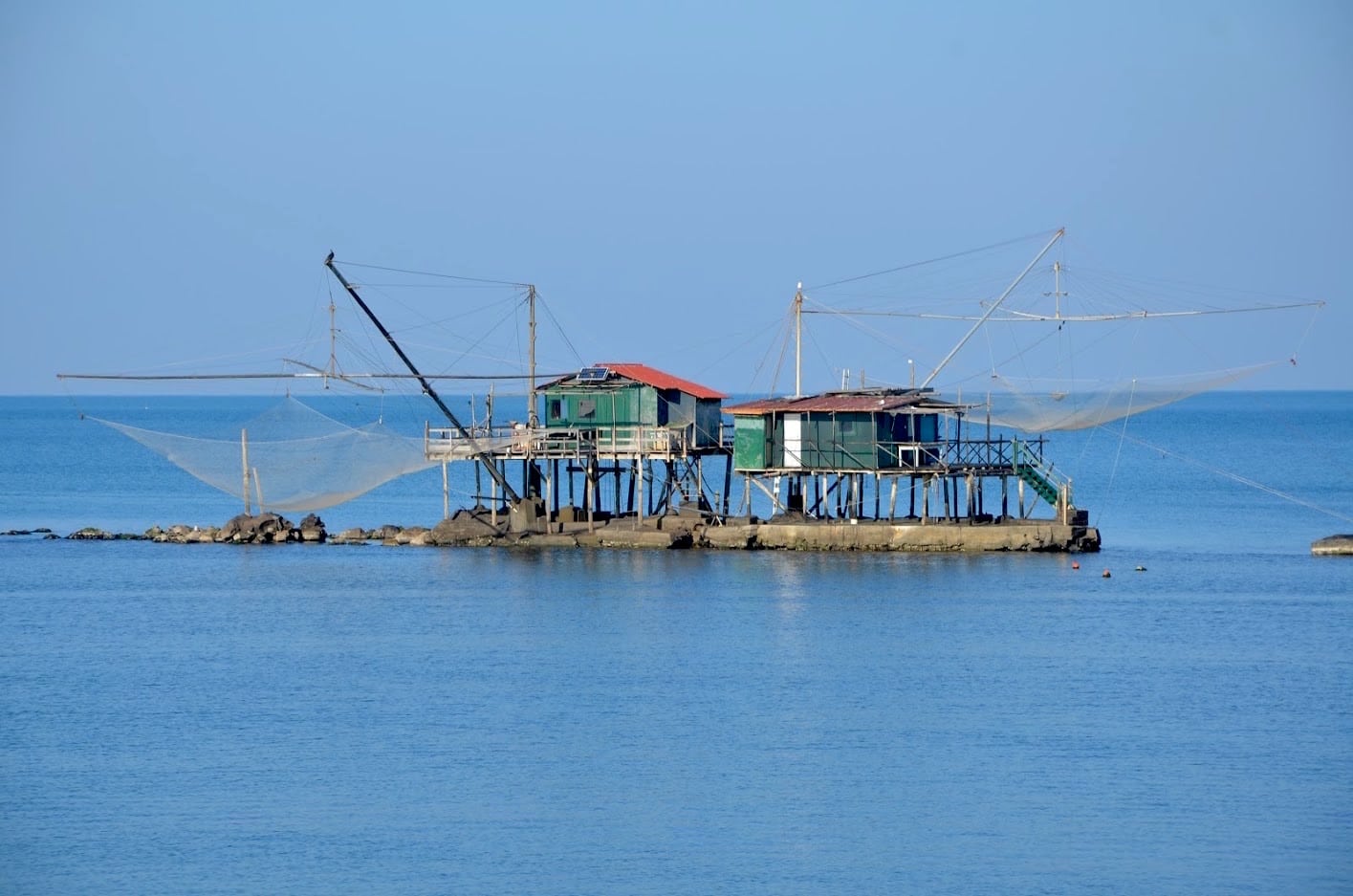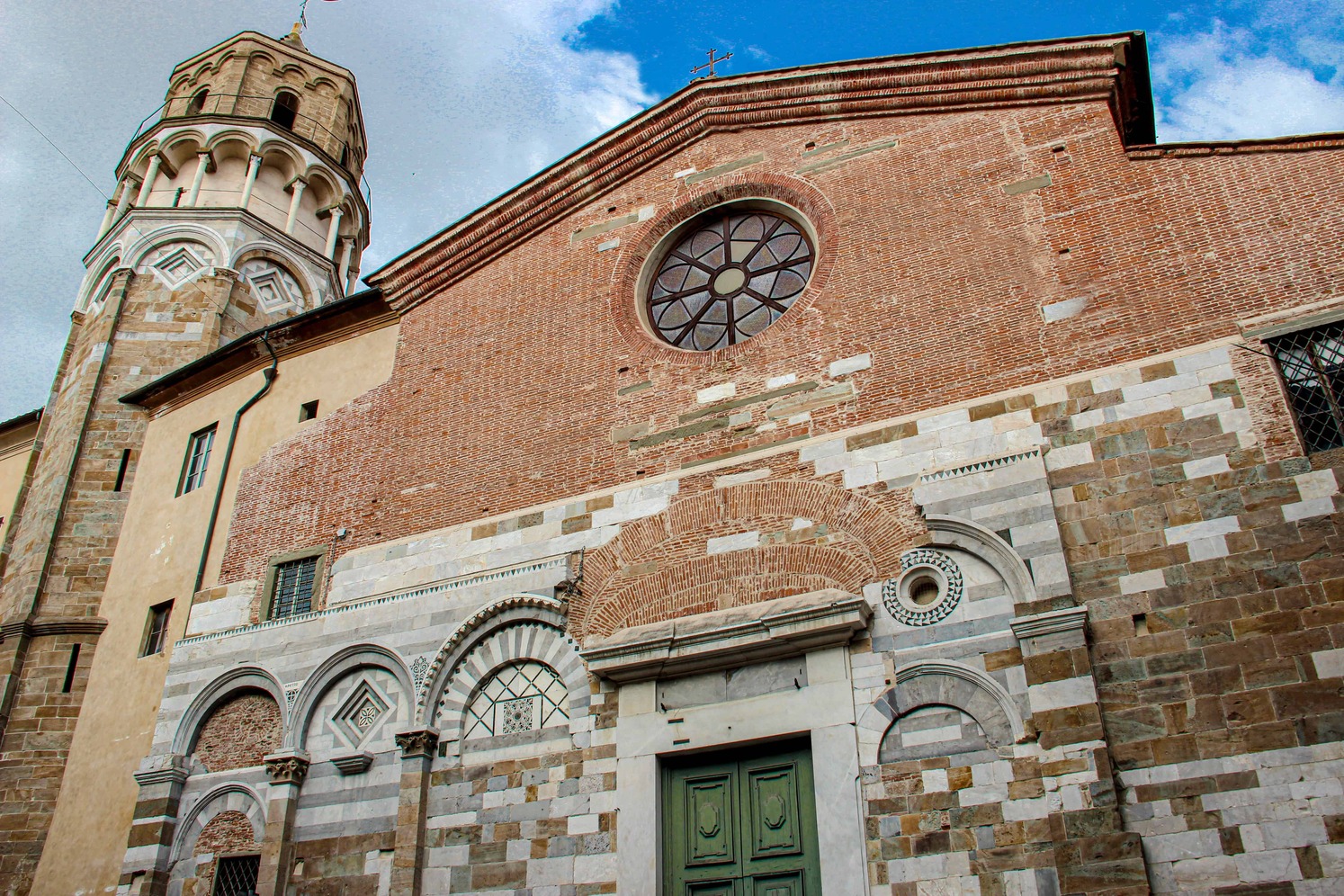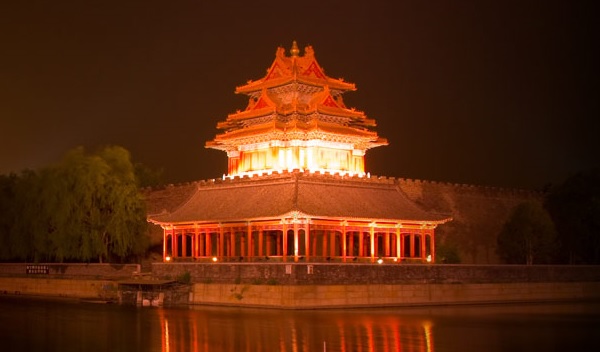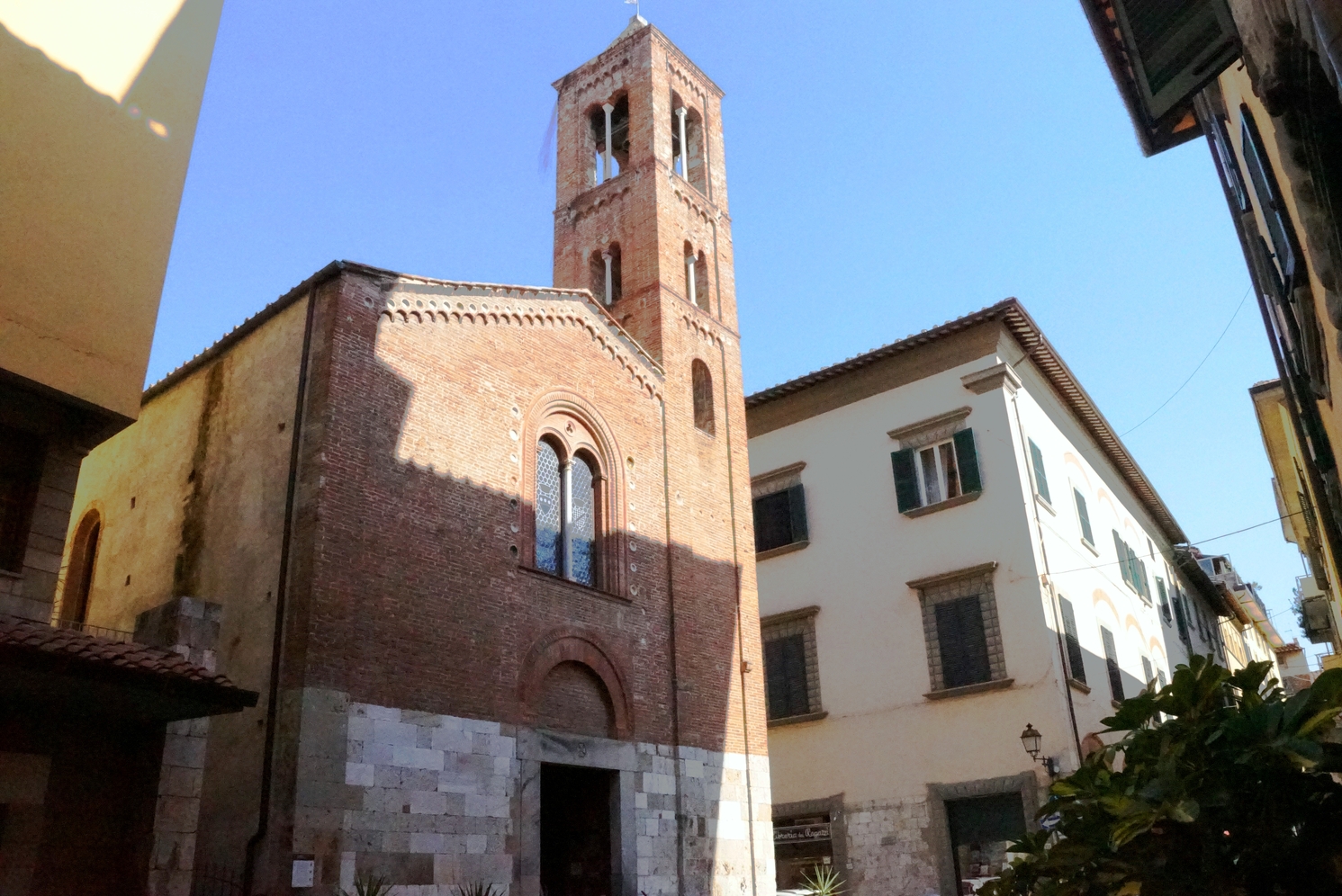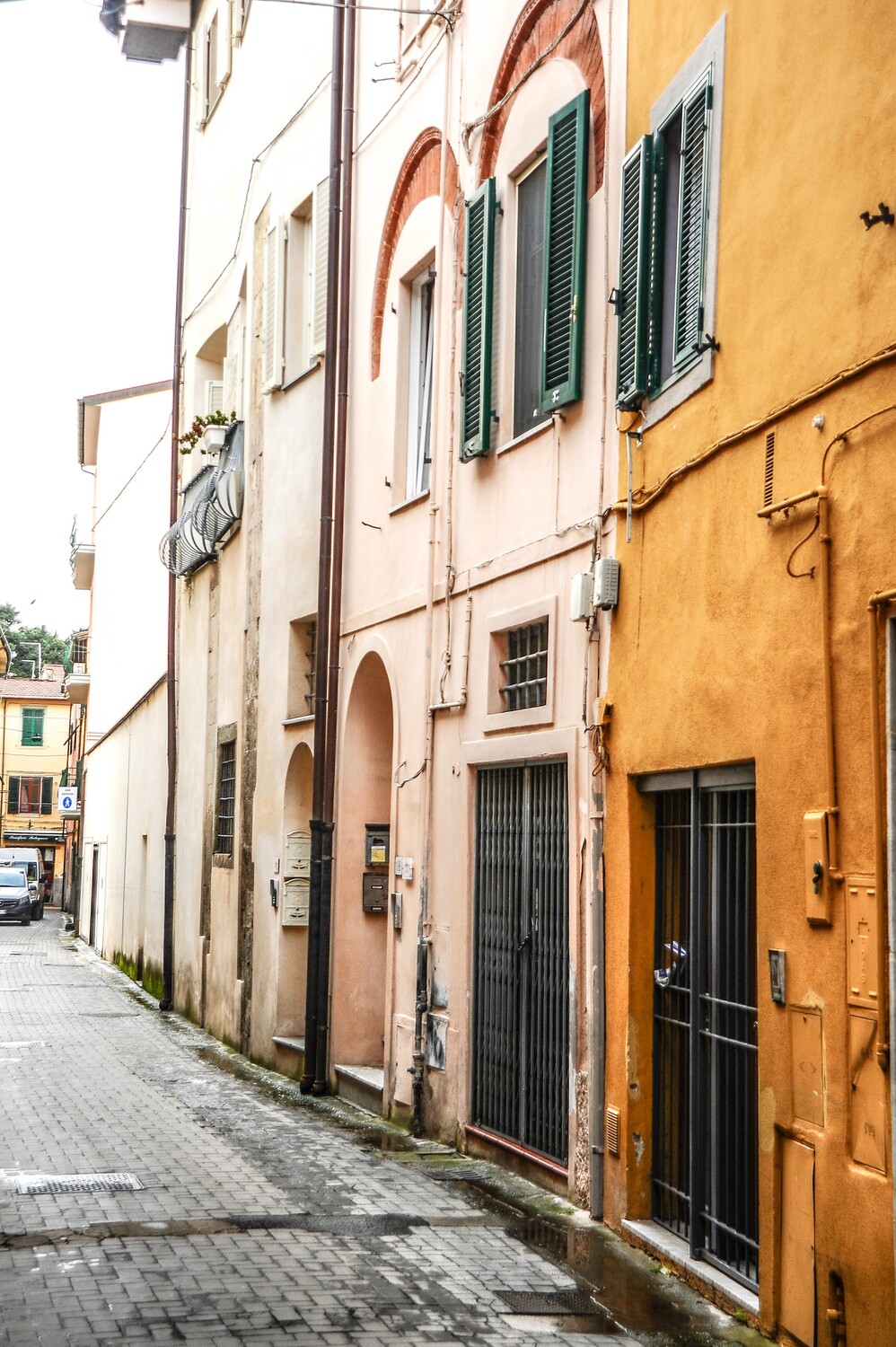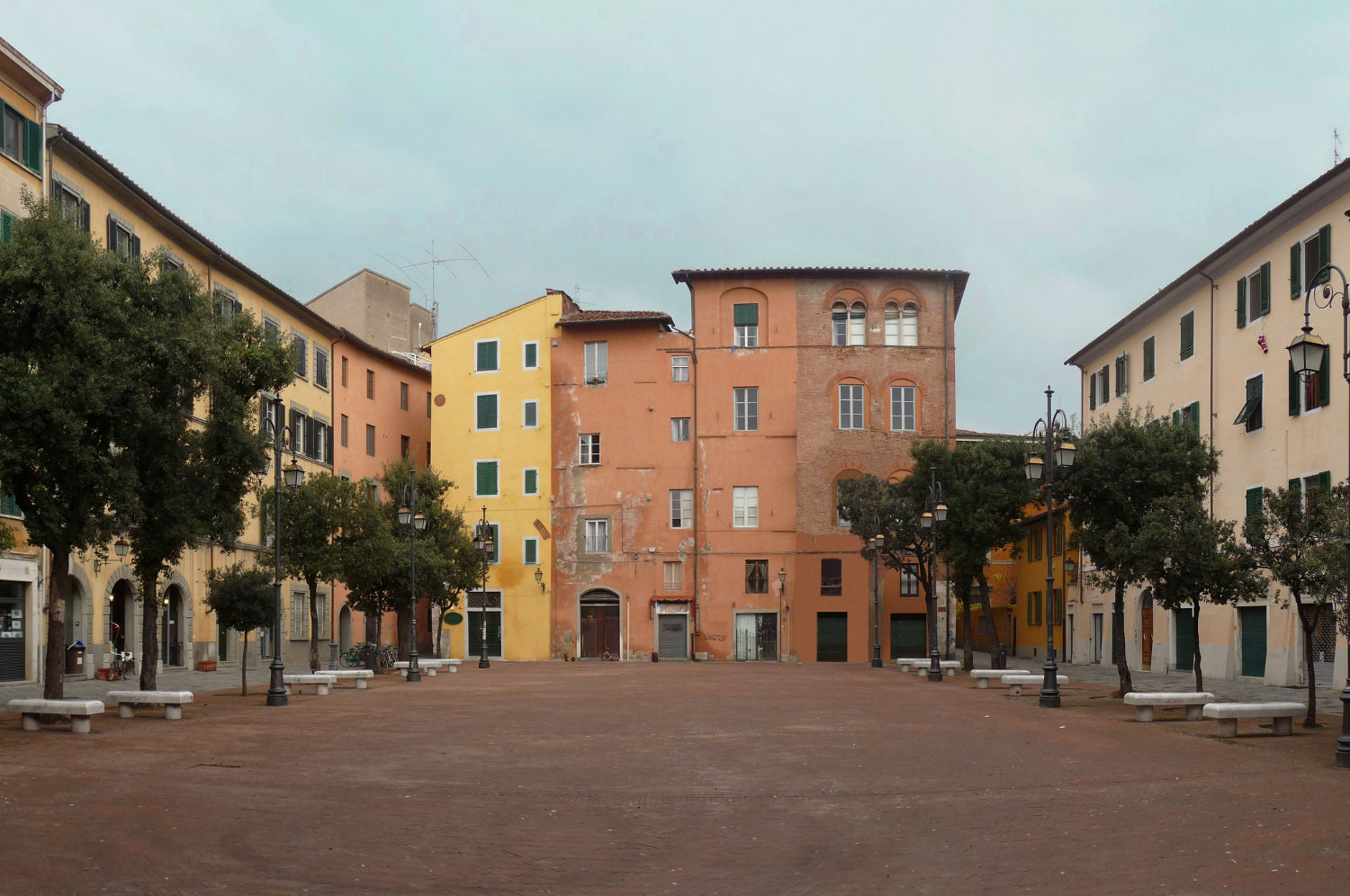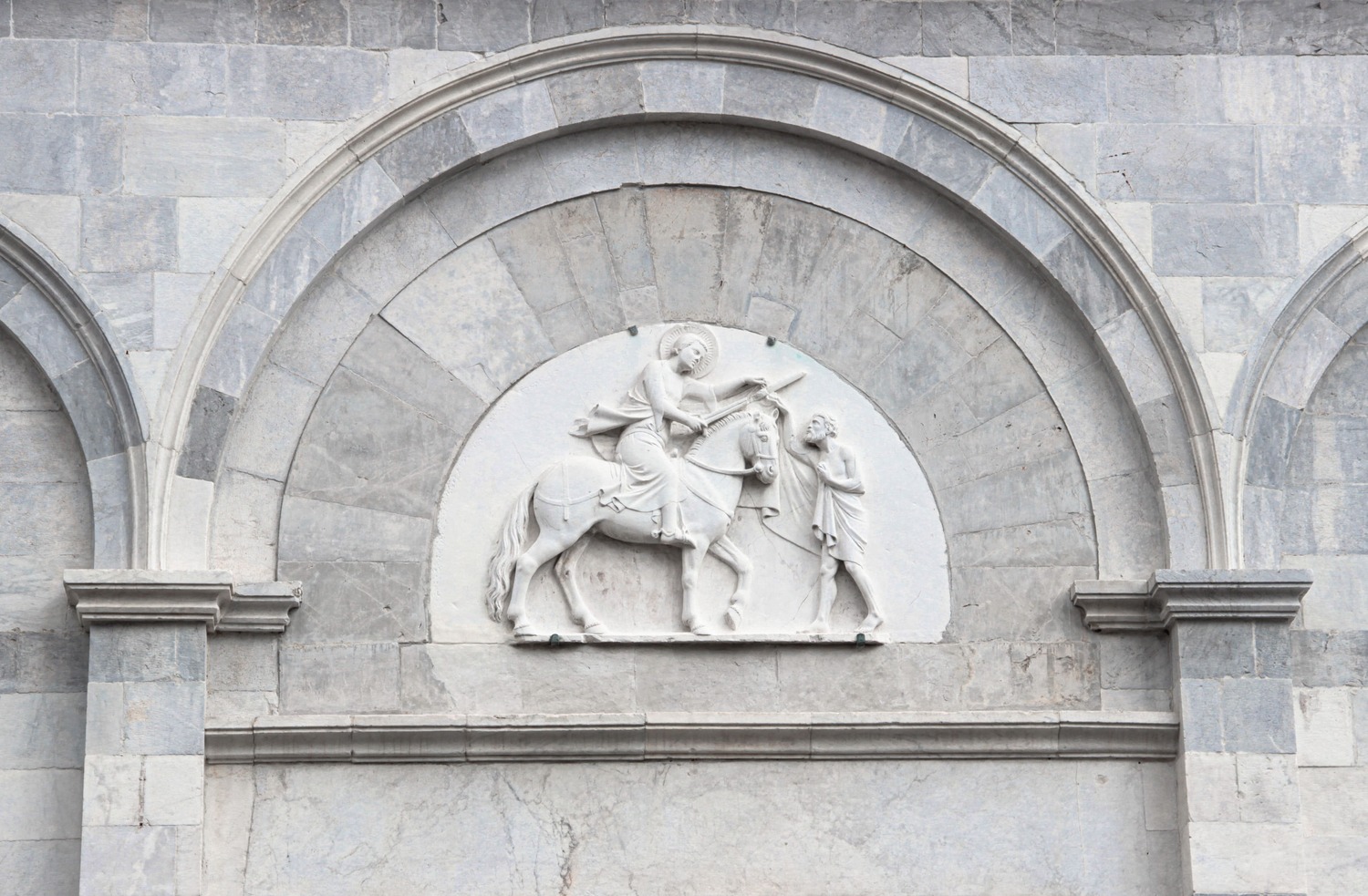- Baptistery of San Giovanni, the first day of life: work of art by the master Diotisalvi, built starting from 1153.
- Cathedral of Santa Maria Assunta, the richness of life: its construction, which bears the signature of the master Busketo, was started in 1063.
- Spedale Nuovo di Santo Spirito (New Hospital of the Holy Spirit), or Santa Chiara: suffering and hospitality: built in 1257 by Giovanni di Simone.
- Campo Santo Monumentale (Monumental Cemetery), death in the Holy Land: built starting from 1277 by Giovanni di Simone.
- Bell tower of the Assumption (Leaning Tower of Pisa), the resurrection of the soul: the leaning icon of the city, started in 1173 by workers still unknown.
The square in a nutshell:
- The Baptistery of San Giovanni, a great work of art by the master Diotisalvi, which since 1153 introduces the faithful to Christianity through the rite of Baptism. The circle, a symbol of divine perfection, reveals within itself a dense network of references to the hybrid and therefore imperfect condition of the human being who aspires to purification through the octagonal baptismal font, the work of Guido Bigarelli of Como in 1246. It houses one of the masterpieces of world art, the Pulpit by Nicola Pisano (1260). The exterior is a succession of Romanesque and Gothic lines that rise towards the large hemispherical dome, which hides a second conical dome. The latter, given its shape, contributes to creating a curious acoustic resonance effect: the echo of the Baptistery.
- The Cathedral of Santa Maria Assunta and the Pisa Cathedral, as well as the primatial church, designed and built starting from 1063 by Busketo, with its 100 meters in length is one of the masterpieces of Pisan-Romanesque architecture. The whole building was enlarged by Rainaldo, author of the façade, in the first half of the XII century and reveals interventions of great prestige by masters such as Guglielmo and Biduino. The statuary is of great interest and an example is the large Virgin and Child by Andrea Pisano (1343). The ovoid dome gives the building a Byzantine harmony and the bands of white limestone and black stone of Mount Pisano bring it closer to the great Arab mosques (such as the Mezquita de Cordoba). The bronze doors of the façade are a remake of the originals, which were destroyed following the fire of 1595 which instead left the San Ranieri door intact, a work of 1179 by Bonanno Pisano. The interior of the Cathedral is solemn, marked by 5 naves divided by monolithic granite columns from Elba. In the centre, the great Pulpit by Giovanni Pisano and the chandelier by Vincenzo Possanti, known as the lamp of Galileo Galilei, dominate the scene. The apsidal basin is embellished by the dashing mosaic of the Pantocrator, which Cimabue worked on, while large paintings and frescoes (works by Andrea del Sarto, Sogliani, Benvenuti, Lomi, and Ghirlandaio) decorate the walls. Of great value is the urn of San Ranieri, patron of Pisa, by Foggini, located in the southern transept together with the sarcophagus of Emperor Arrigo VII, by Tino di Camaino.
- The Hospital of Santa Chiara, or Spedale Nuovo di Santo Spirito, was born at the behest of Pope Alexander IV who in 1258, through a papal edict, imposed some conditions for the withdrawal of the excommunication that had been looming over the city since 1241. For Pisa it was the starting point of the renowned local healthcare system, and today the complex in its oldest part houses the Museum of the Sinopie del Campo Santo. The sinopias are the preparatory drawings of frescoes, made with red powder from Sinope, a Turkish city on the Black Sea.
- The monumental Campo Santo (Cemetery) was the real reason why Pisa became one of the protagonists of the Italian 'grand tour' from the end of the eighteenth century. The monumental Cemetery was built by Giovanni di Simone in 1276 to contain the elegant Roman sarcophagi surrounding the Cathedral. During the second crusade of 1146, the Pisans brought to the city large quantities of soil from the Calvary mount, the Golgotha, with the aim of exploiting its properties which, according to an ancient tradition, accelerated the process of decomposition of the bodies and thus the resurrection of the soul. That same soil was the starting point of the future Campo Santo. Until the fifteenth century, the term camposanto did not exist in the Italian language, except to indicate the Pisan building. A place of burial and art, with more than 300 tombs and monuments of great value, like the tomb of Giovanni Boncompagni by Bartolomeo Ammannati, the Inconsolable by Lorenzo Bartolini or the tomb of Andrea Vaccà Berlinghieri by Bertel Thorvaldsen. Of great value are the Roman finds, among which is the sarcophagus of Phaedra (II century), used for the burial of Beatrice of Canossa, mother of Countess Matilde and the sarcophagus of the Muses (III century). The large cloister, marked by arcades in elegant and flowery Gothic style, frames a surface of 2000 square meters of frescoes, painted between the 14th and 17th centuries, including the renowned cycle of the Triumph of Death by Bonamico di Buffalmacco (1336) and other masterpieces by Taddeo Gaddi and Spinello Aretino. The northern wall is dominated by the Old Testament cycle by Benozzo Gozzoli. Unfortunately, on 27 July 1944, a disastrous fire caused by the explosion of a bullet near the Aulla chapel, where we now find the original lamp by Galileo Galilei, partially destroyed the decorations of the Campo Santo and almost 60% of the wealth once kept here has been lost.
- The Campanile (bell tower) or Leaning tower of Pisa. It is curious that a bell tower that does not even mention the name of its creator has become, thanks to its slant, the most famous monument in the world. Sometimes 'mistakes are necessary, useful like the bread and often also beautiful: for example the tower of Pisa'; (Gianni Rodari). In 1173, construction work began for a column of columns (Rudolf Borchardt), circular like the Baptistery and visible from every place in the Pisan plain. Five years after laying the first stone and reaching the third ring, there was the first subsidence of the ground, which caused a slight inclination of the tower. The work was interrupted and resumed about a century later by architect Giovanni di Simone, who partially corrected the inclination and raised the tower by three more floors. Tommaso Pisano completed the construction of the bell tower in the eighties of the fourteenth century with the addition of the belfry. Despite numerous restoration works, the slant became increasingly threatening and from 1990 to 2001 the tower was subjected to one of the most important consolidation works that included an underground excavation process, reducing the inclination by about 45 centimetres.

